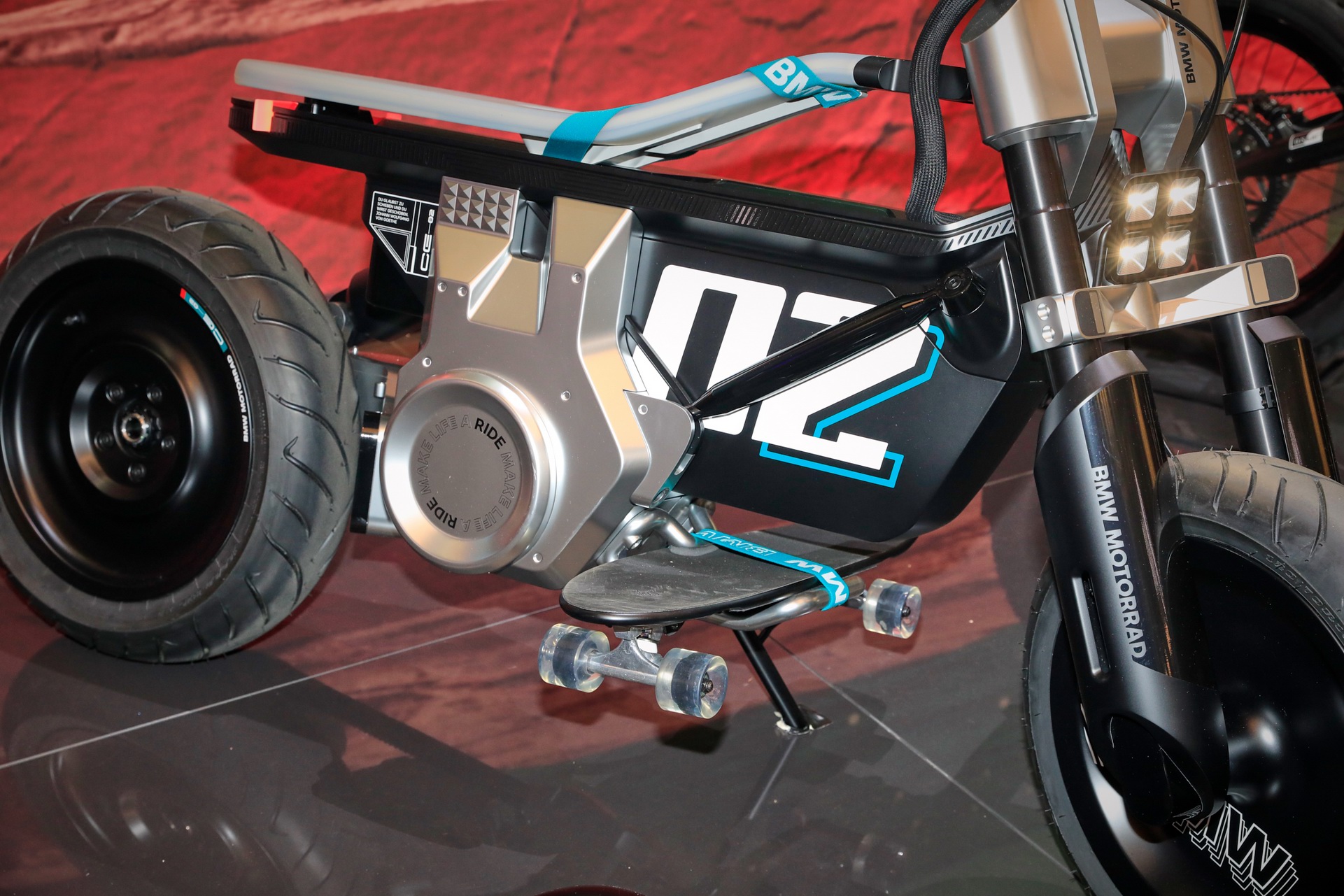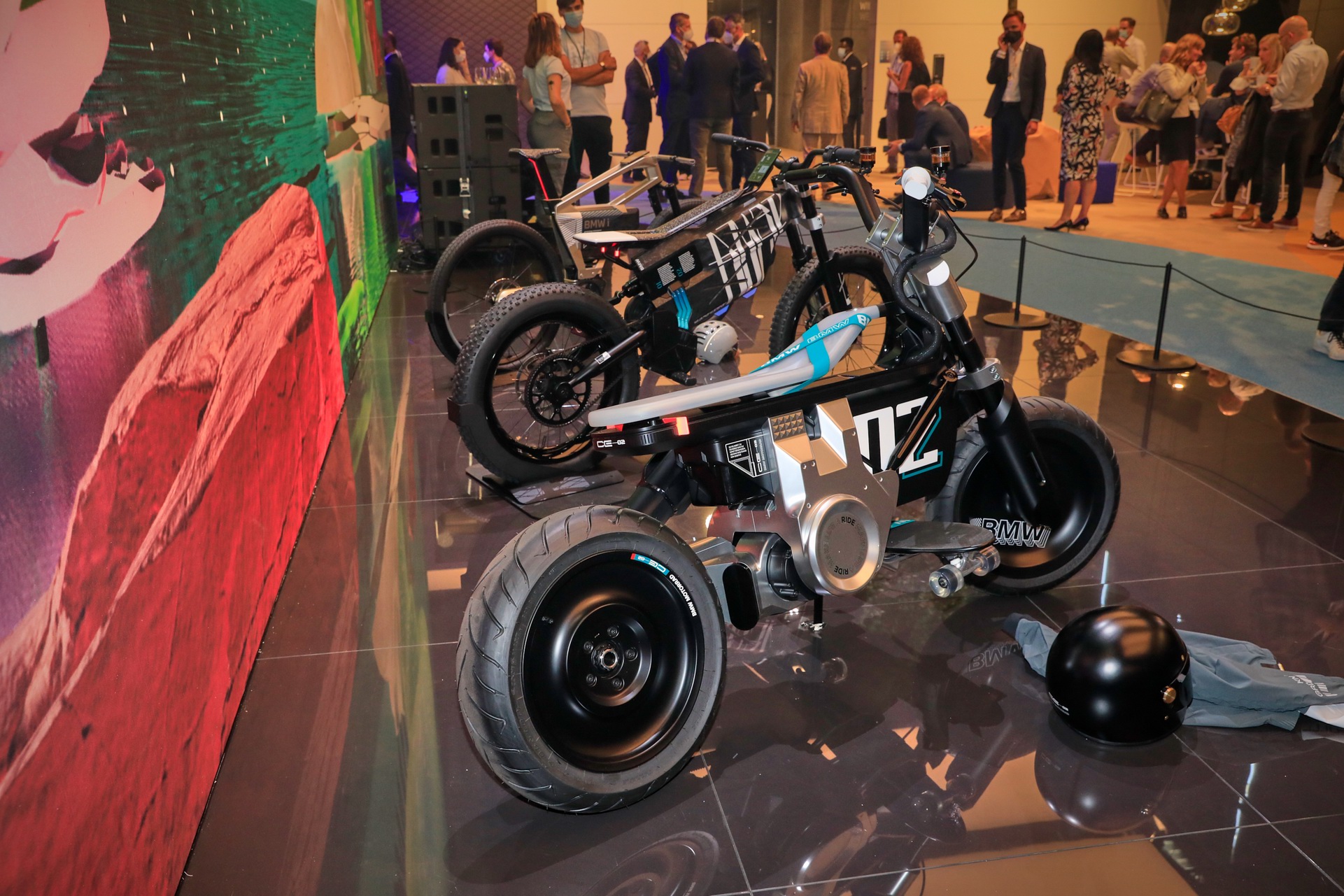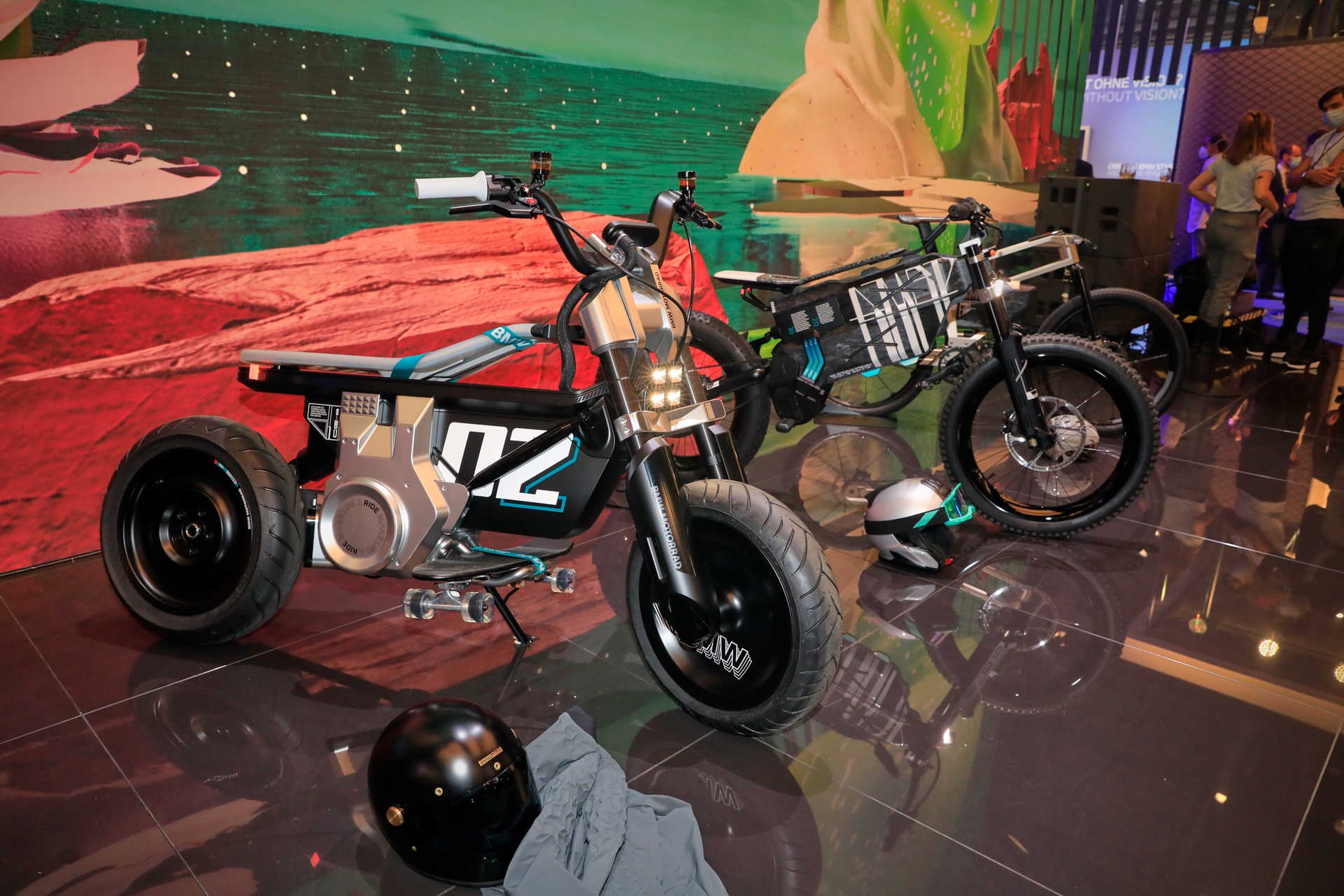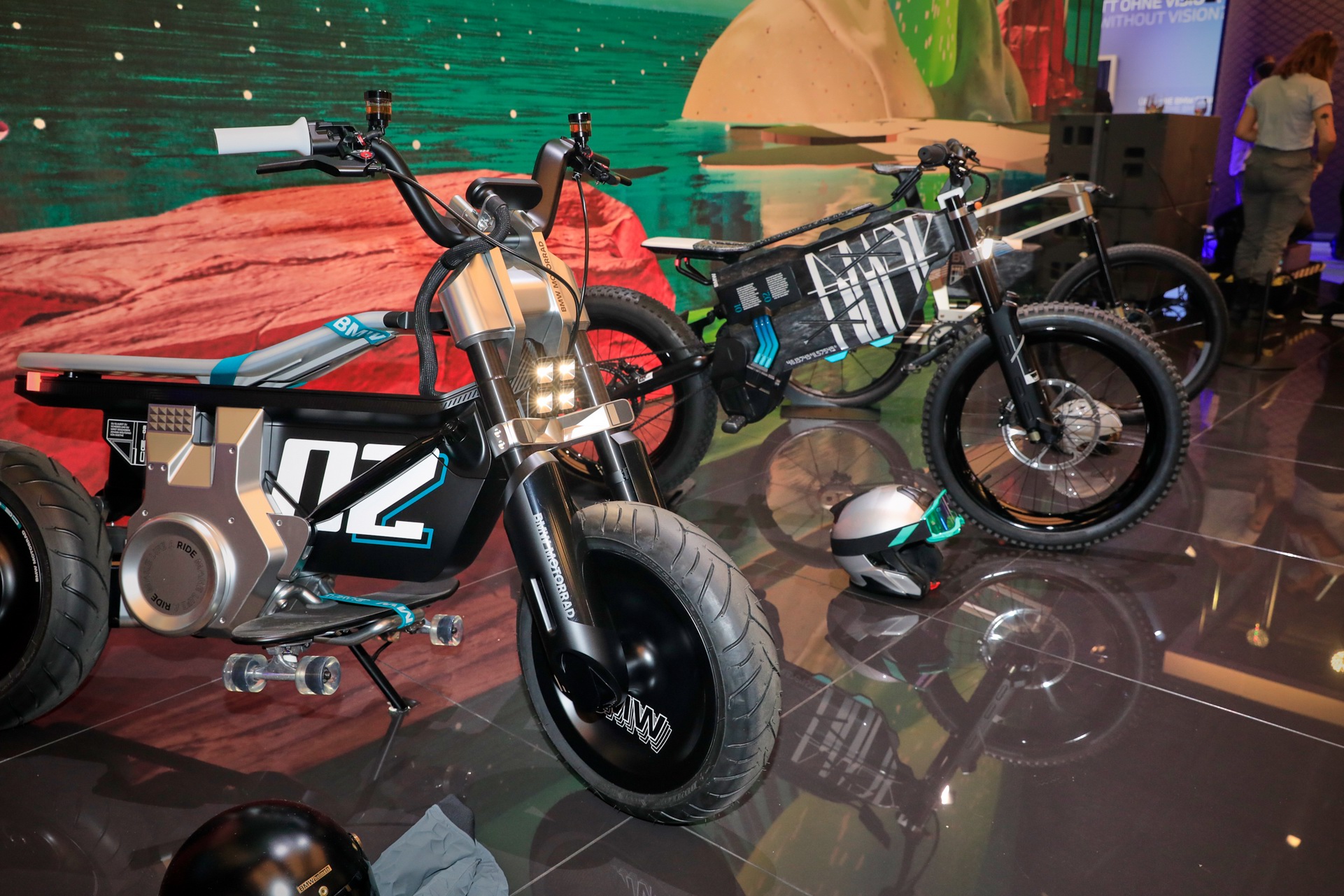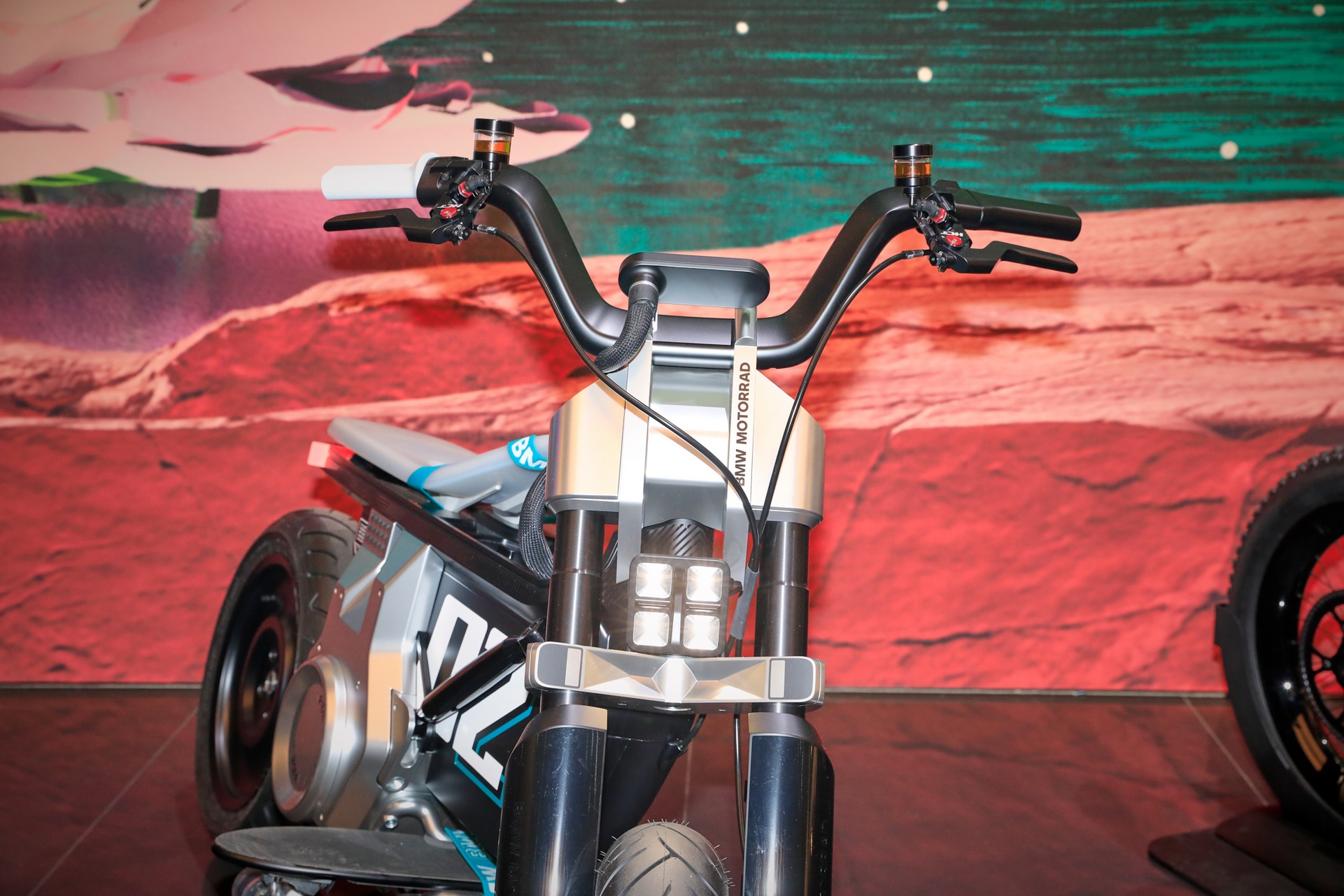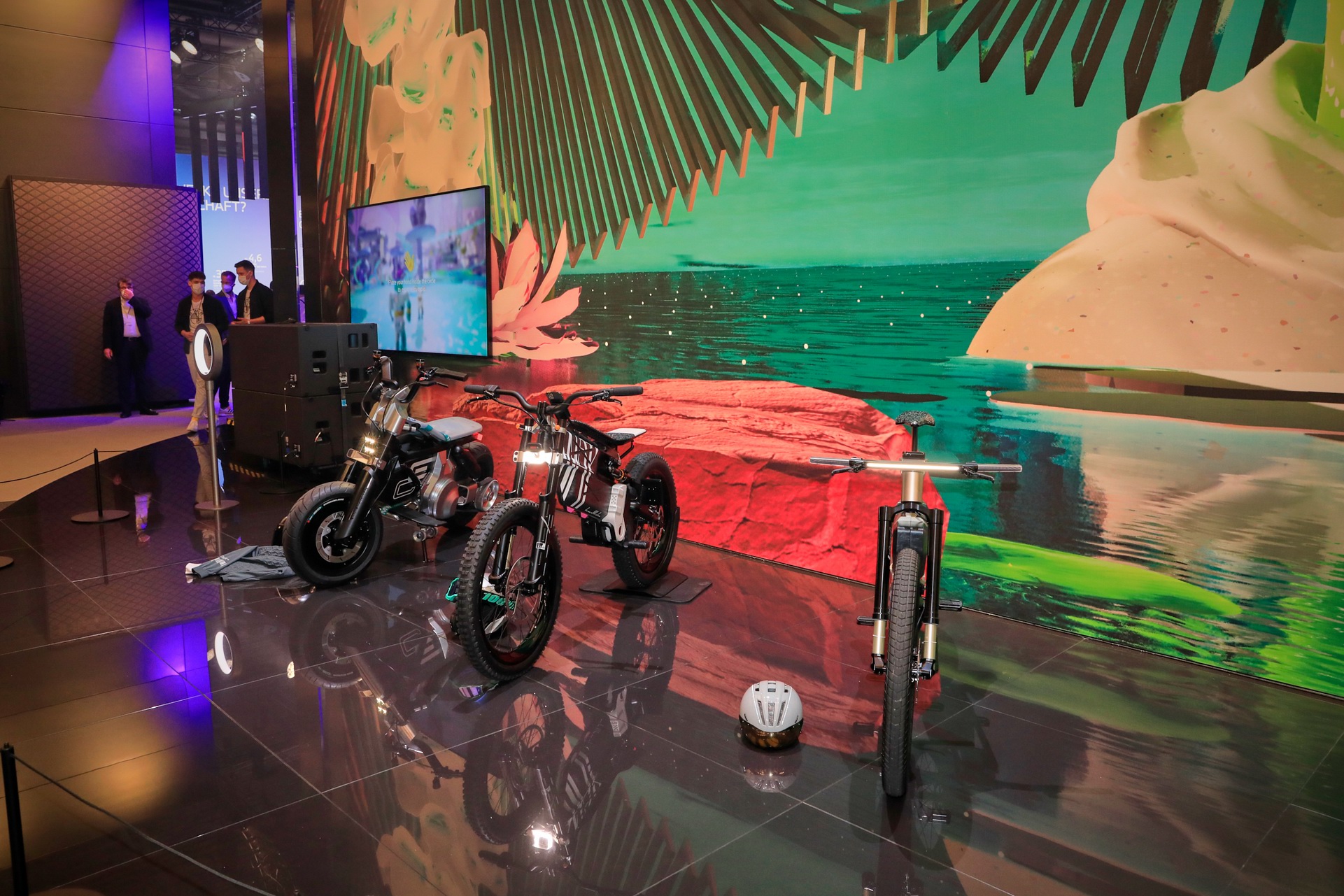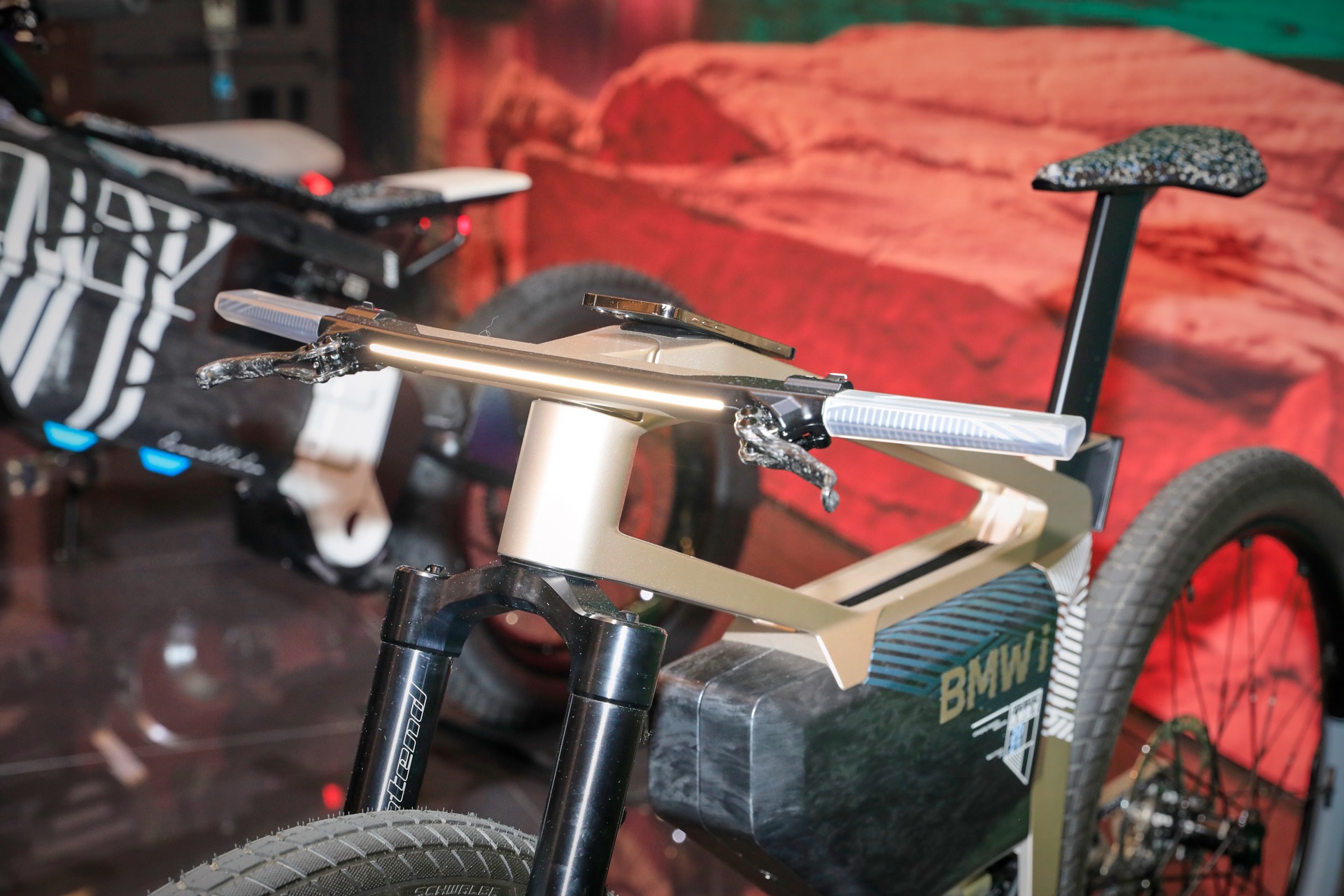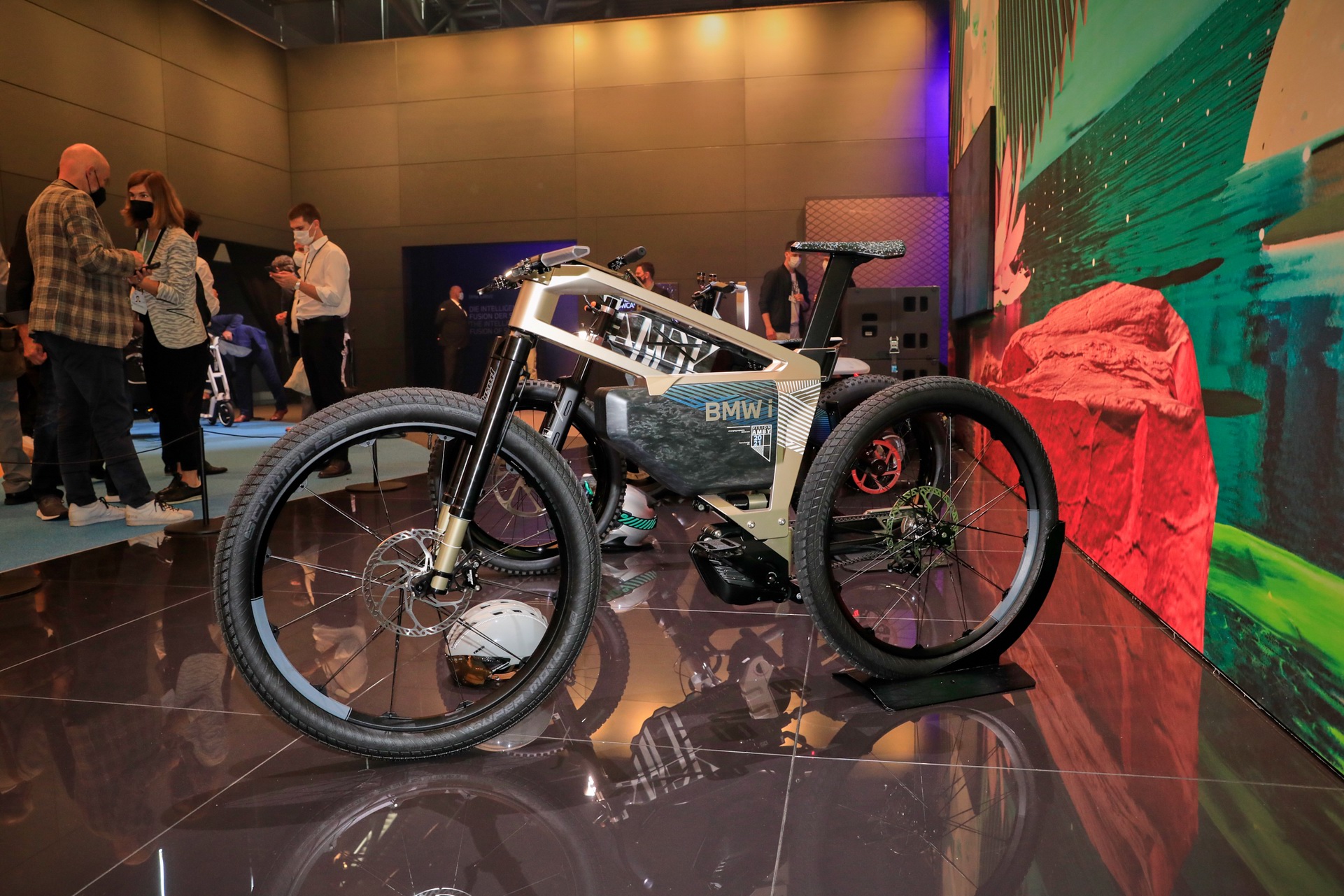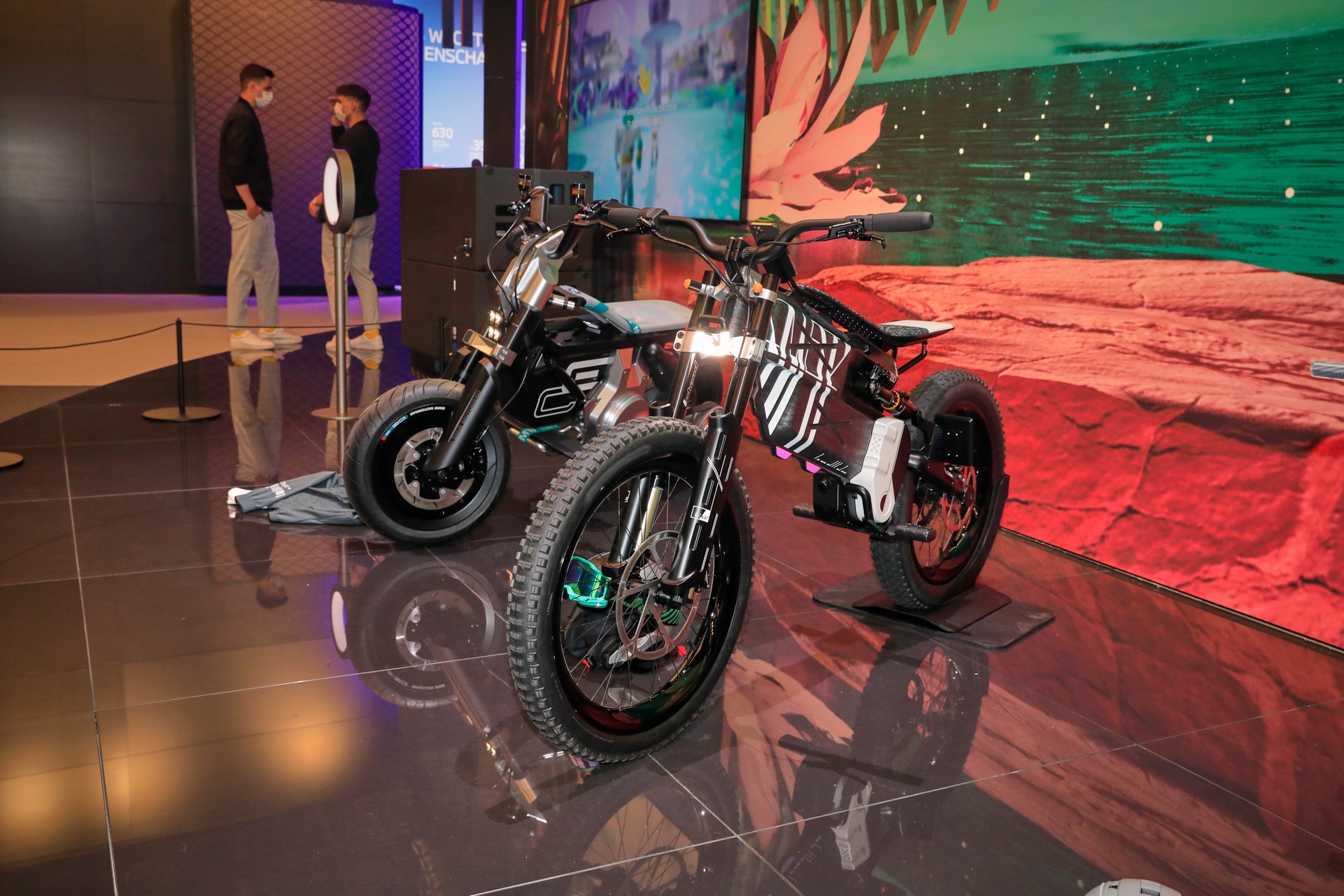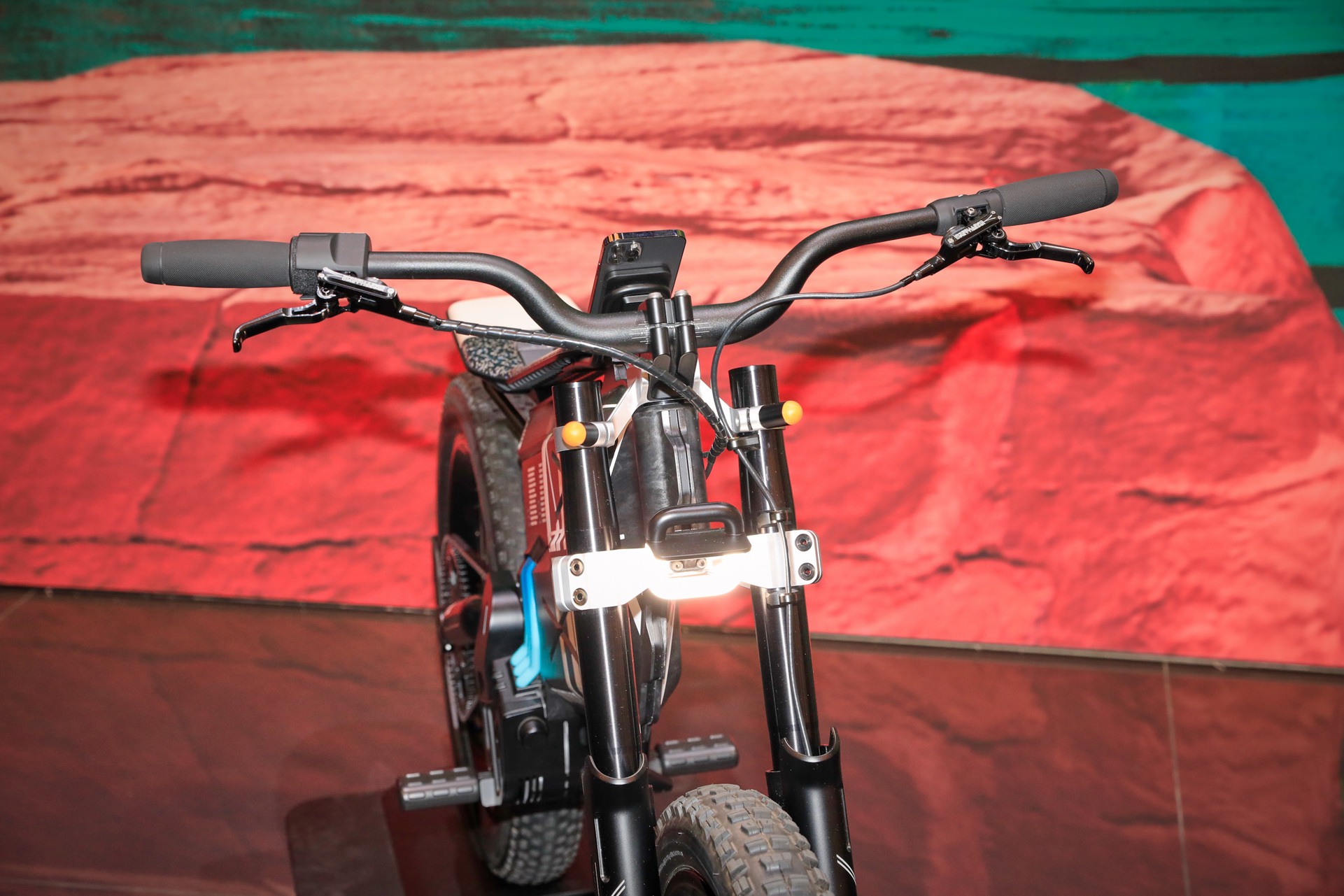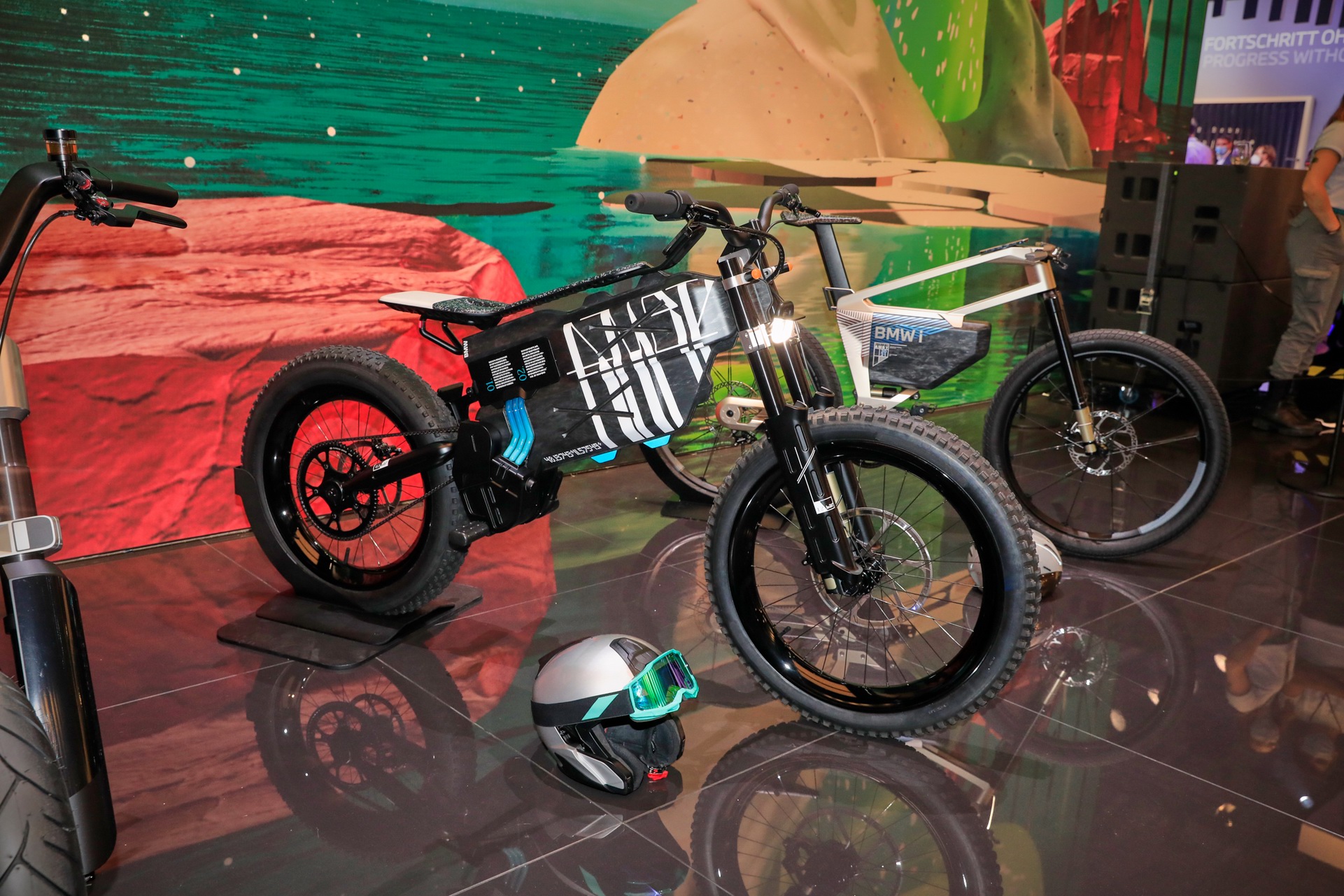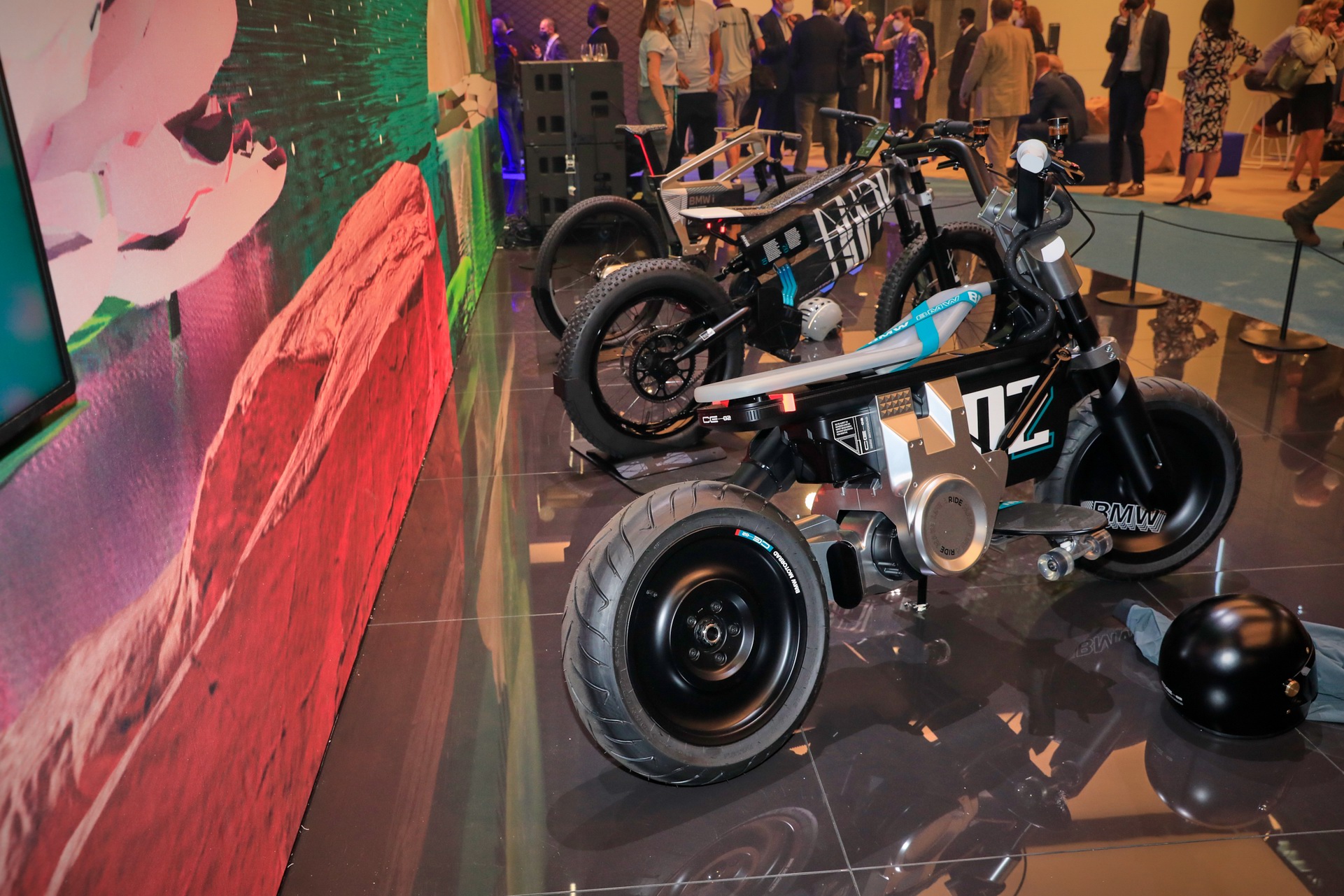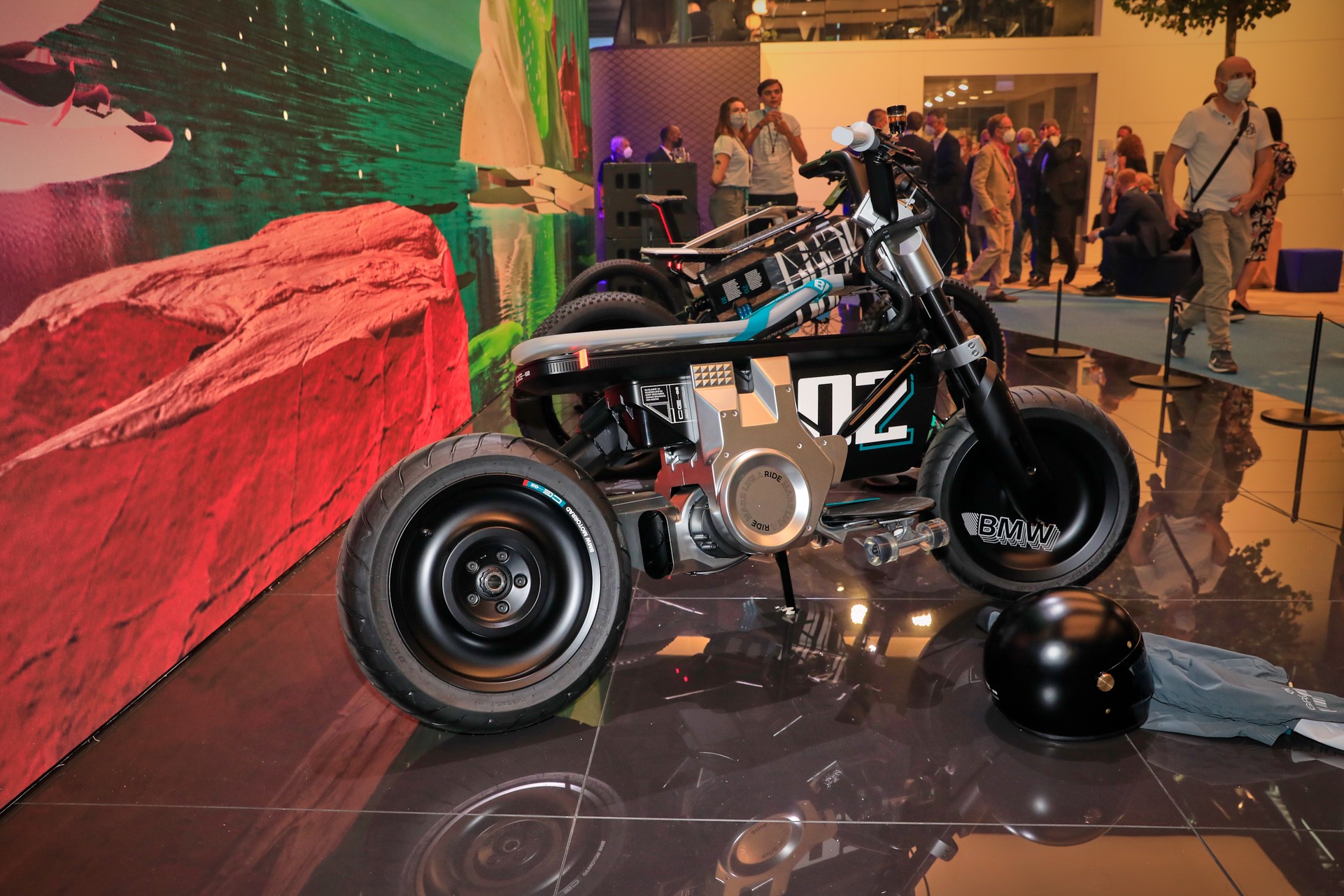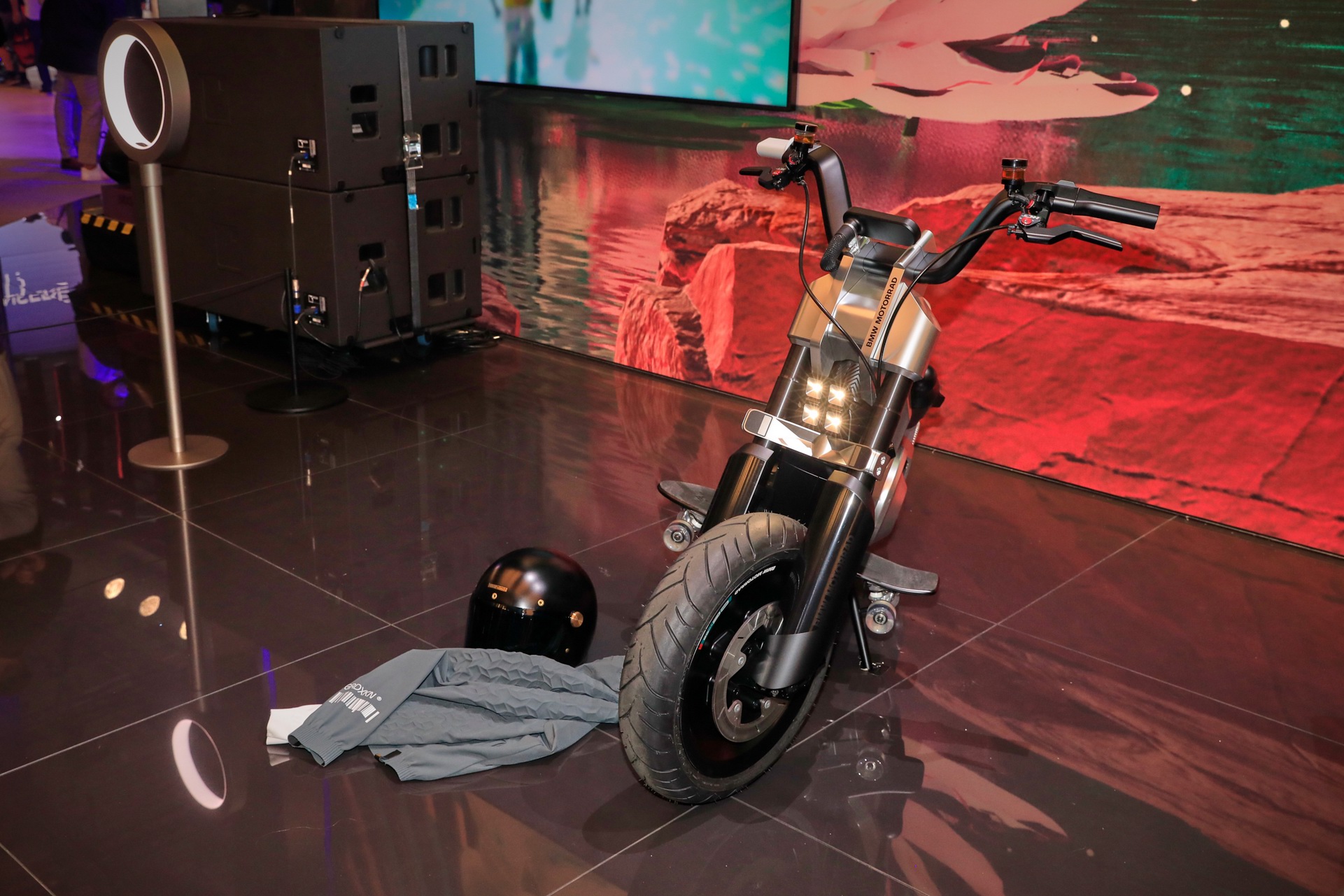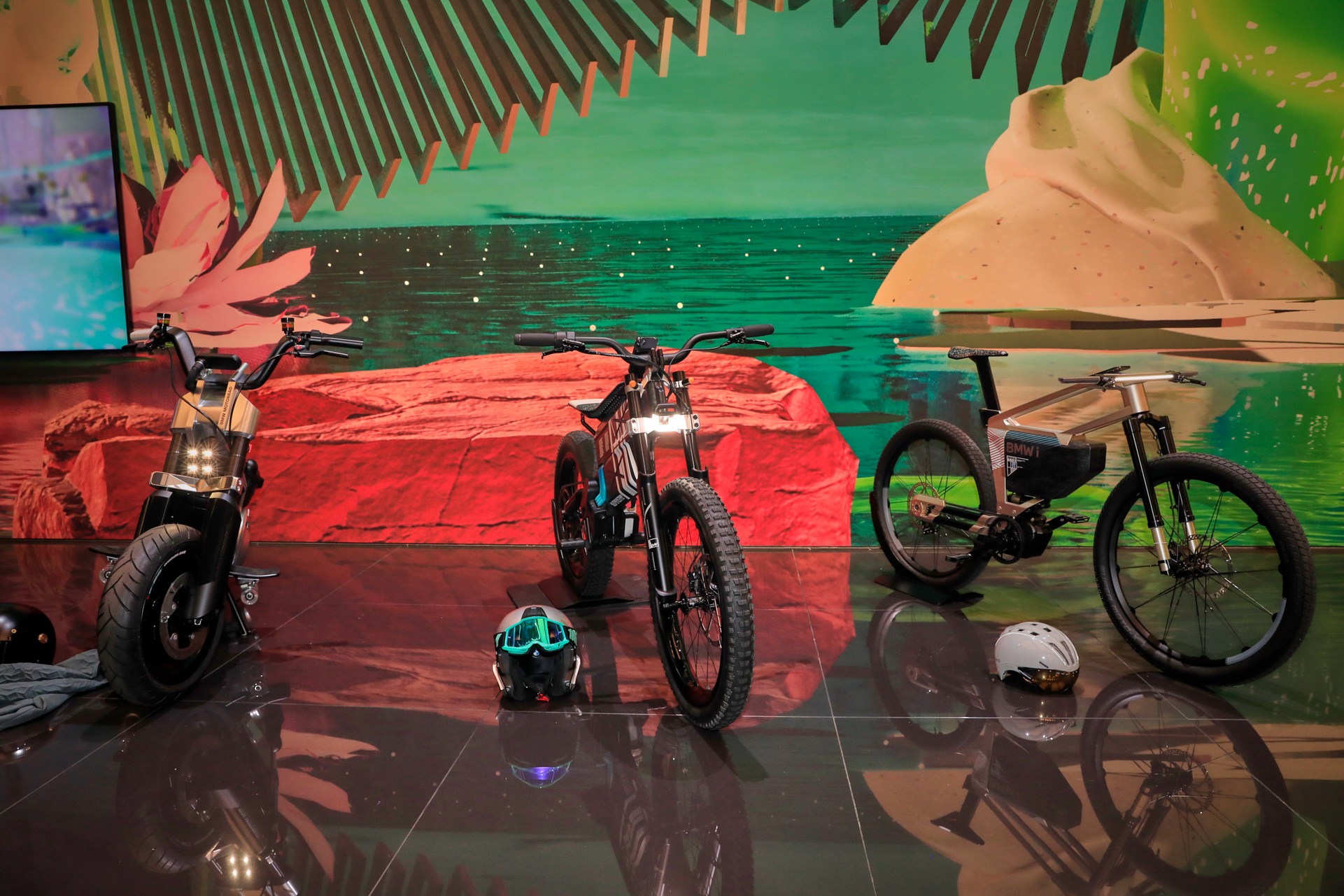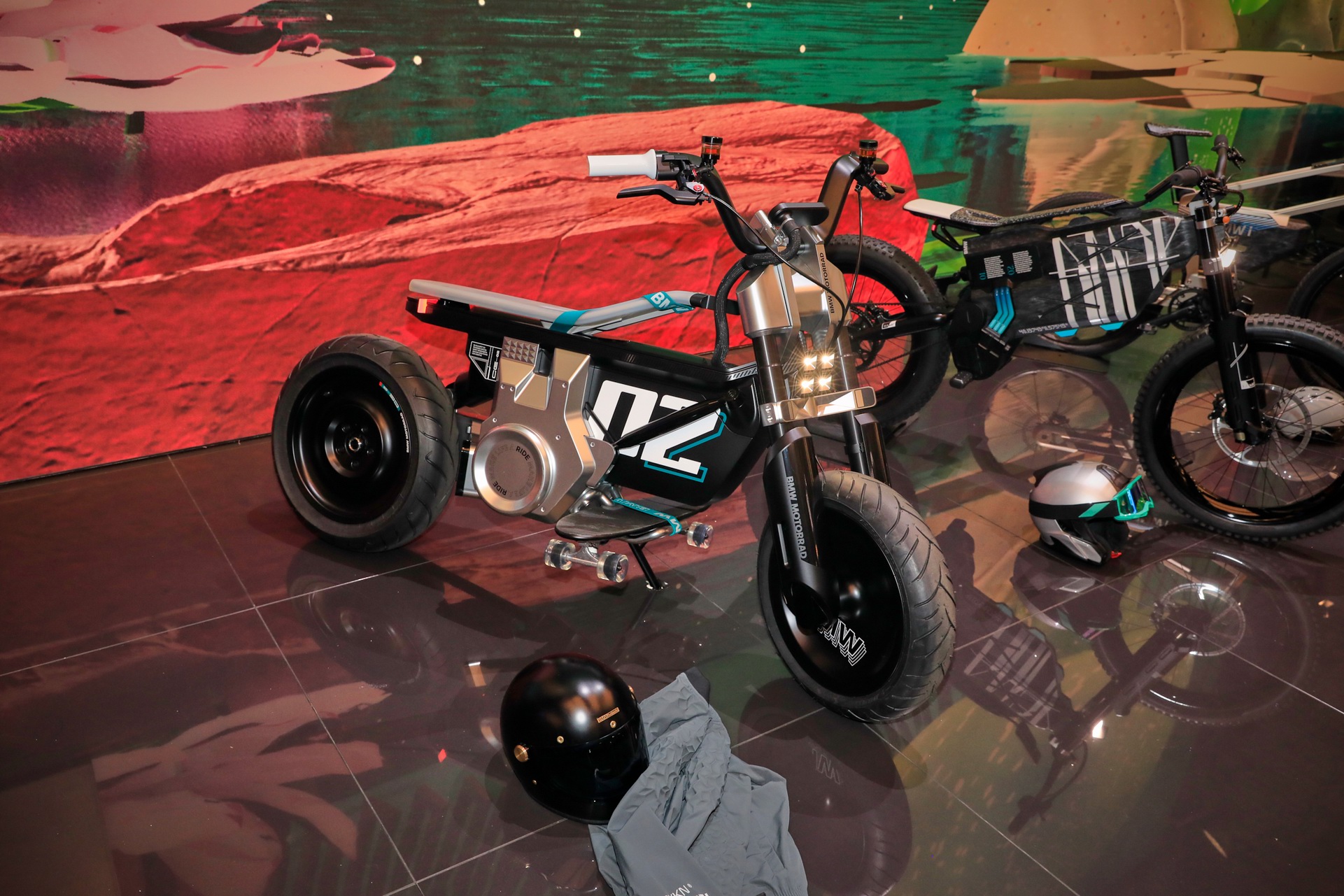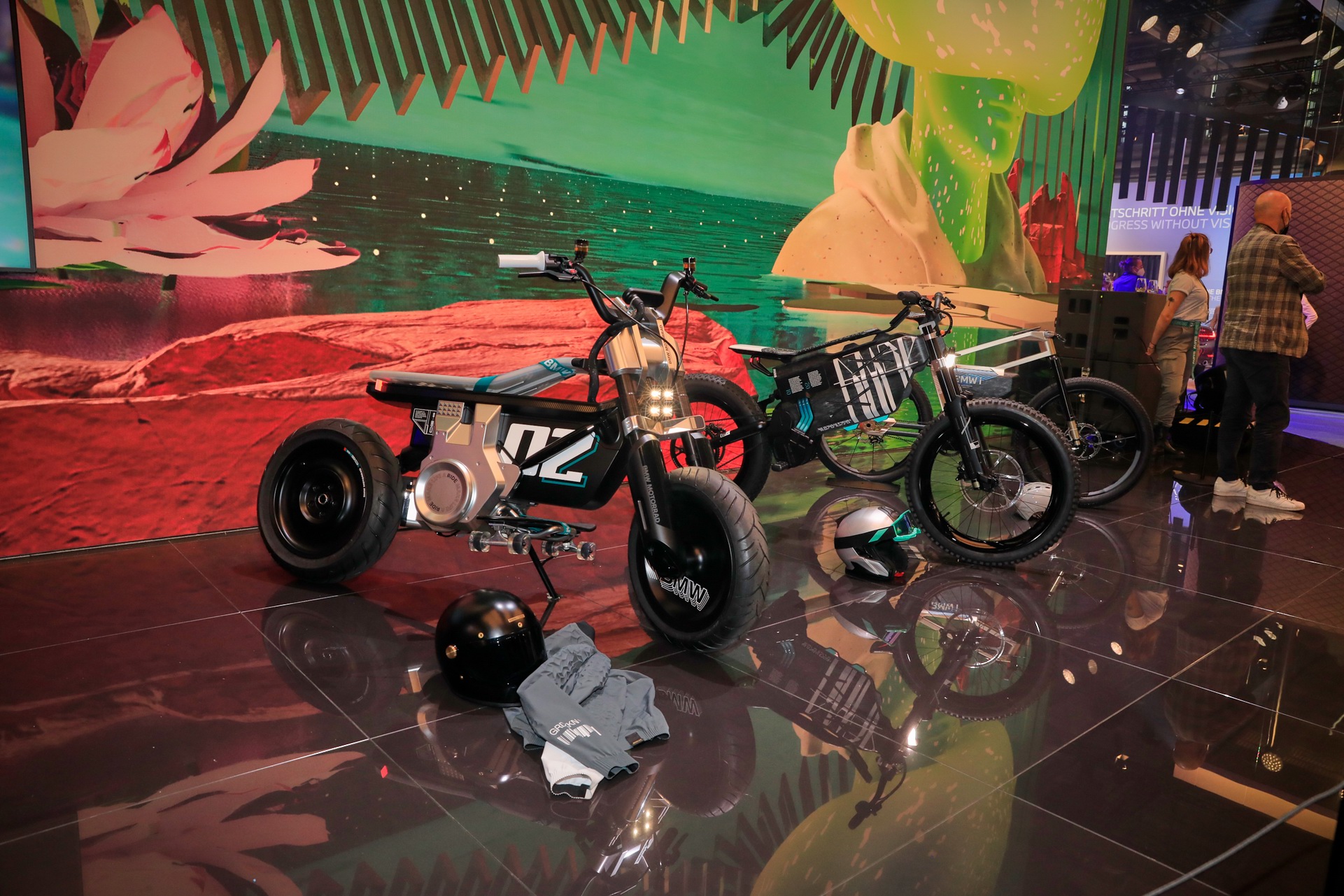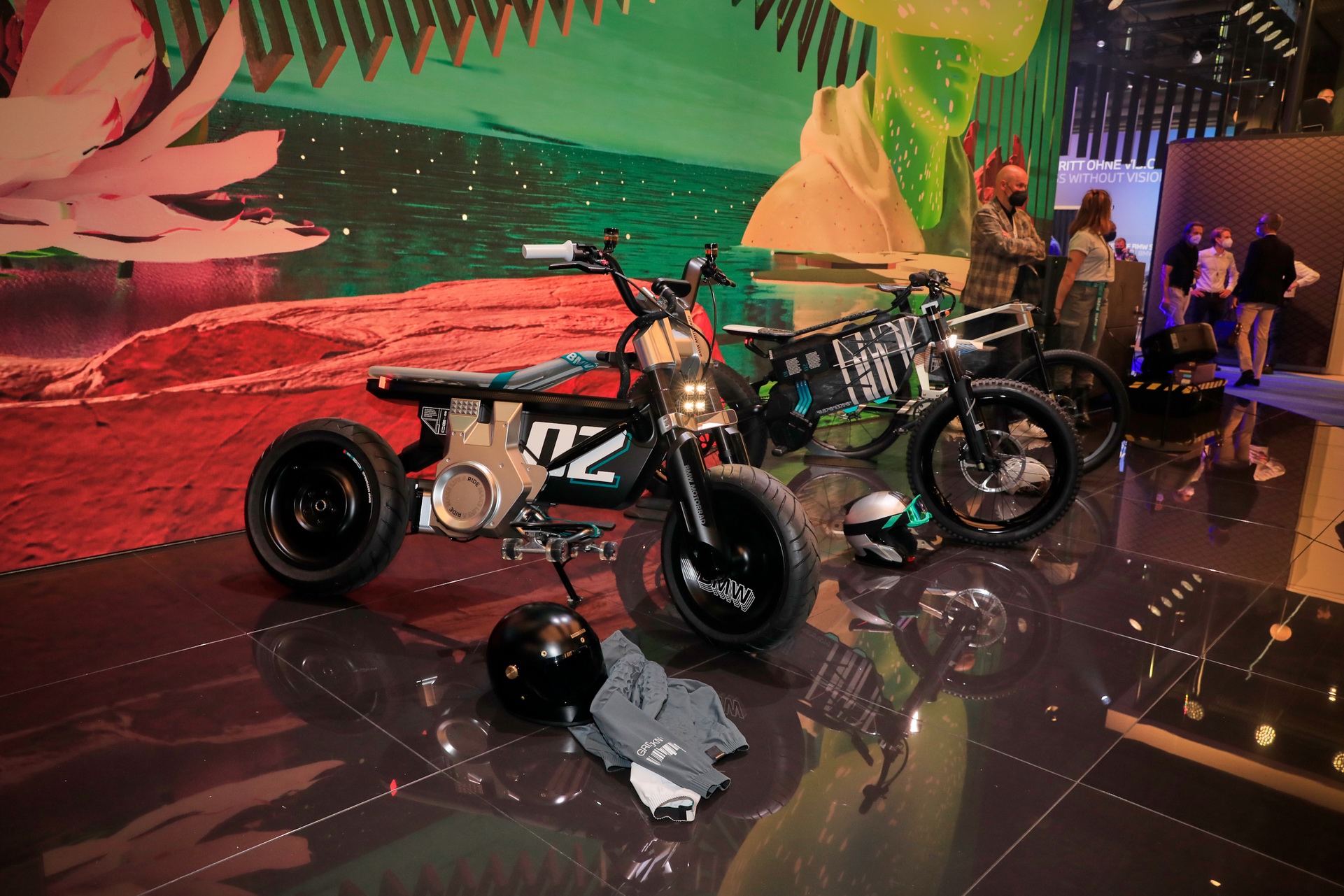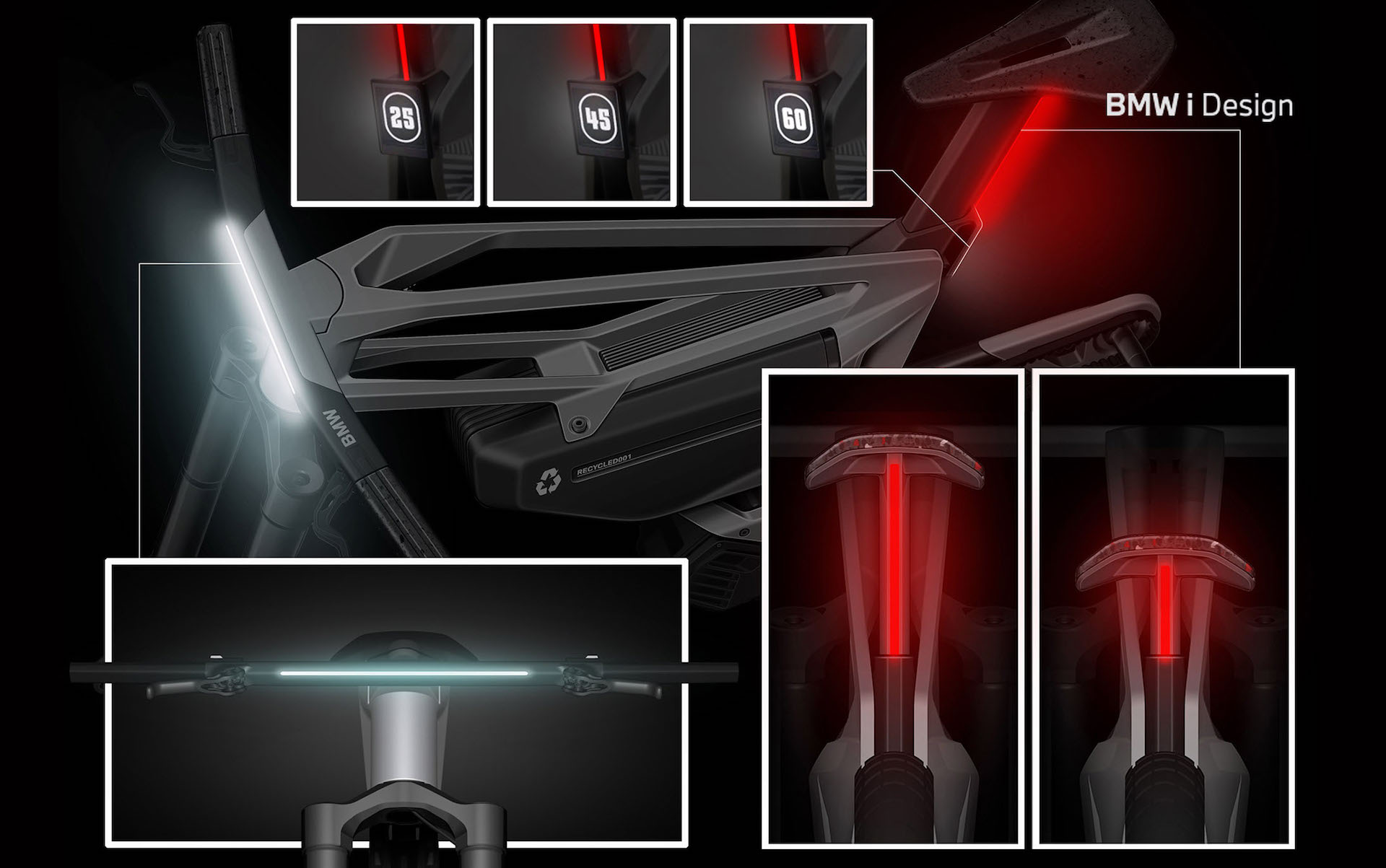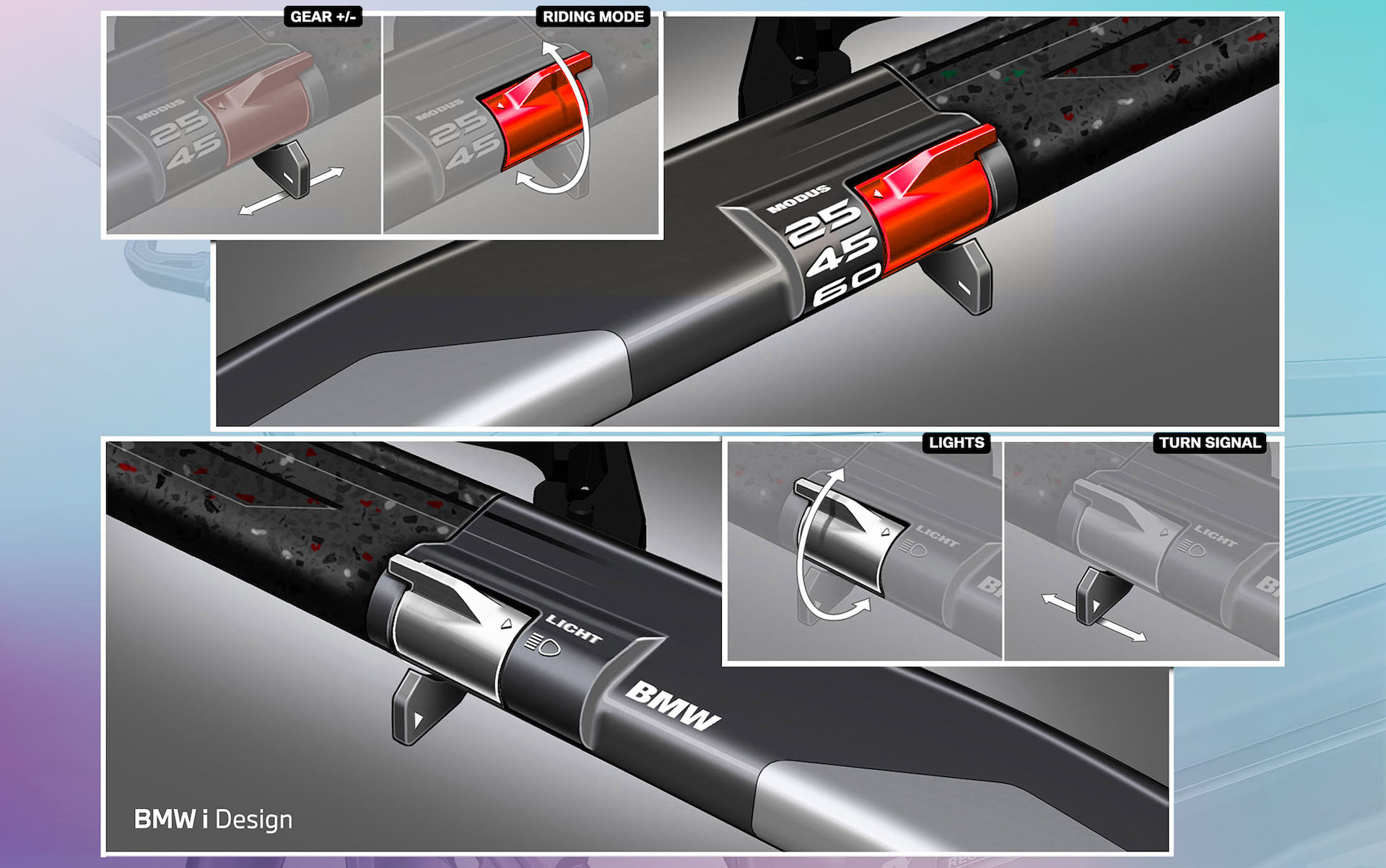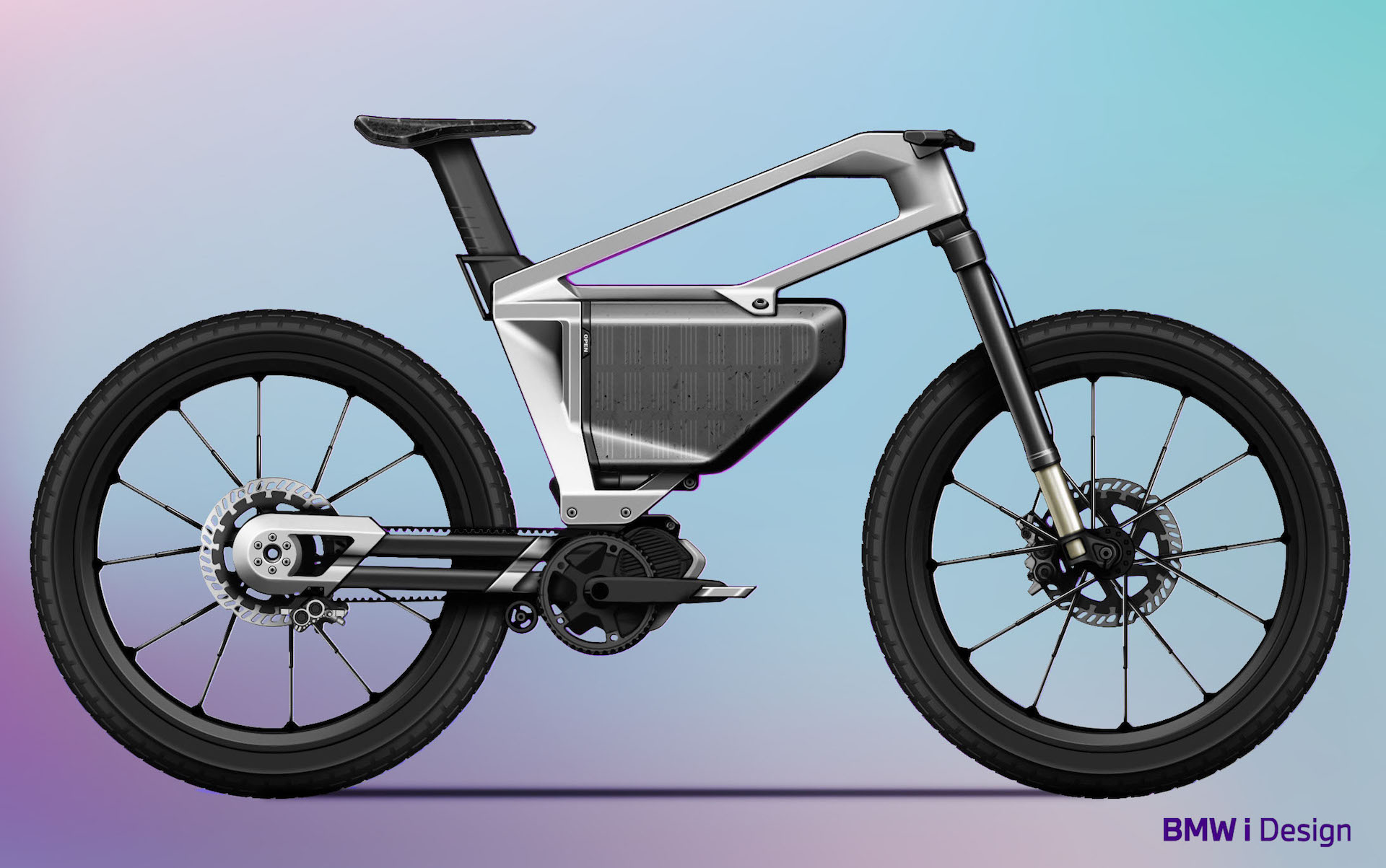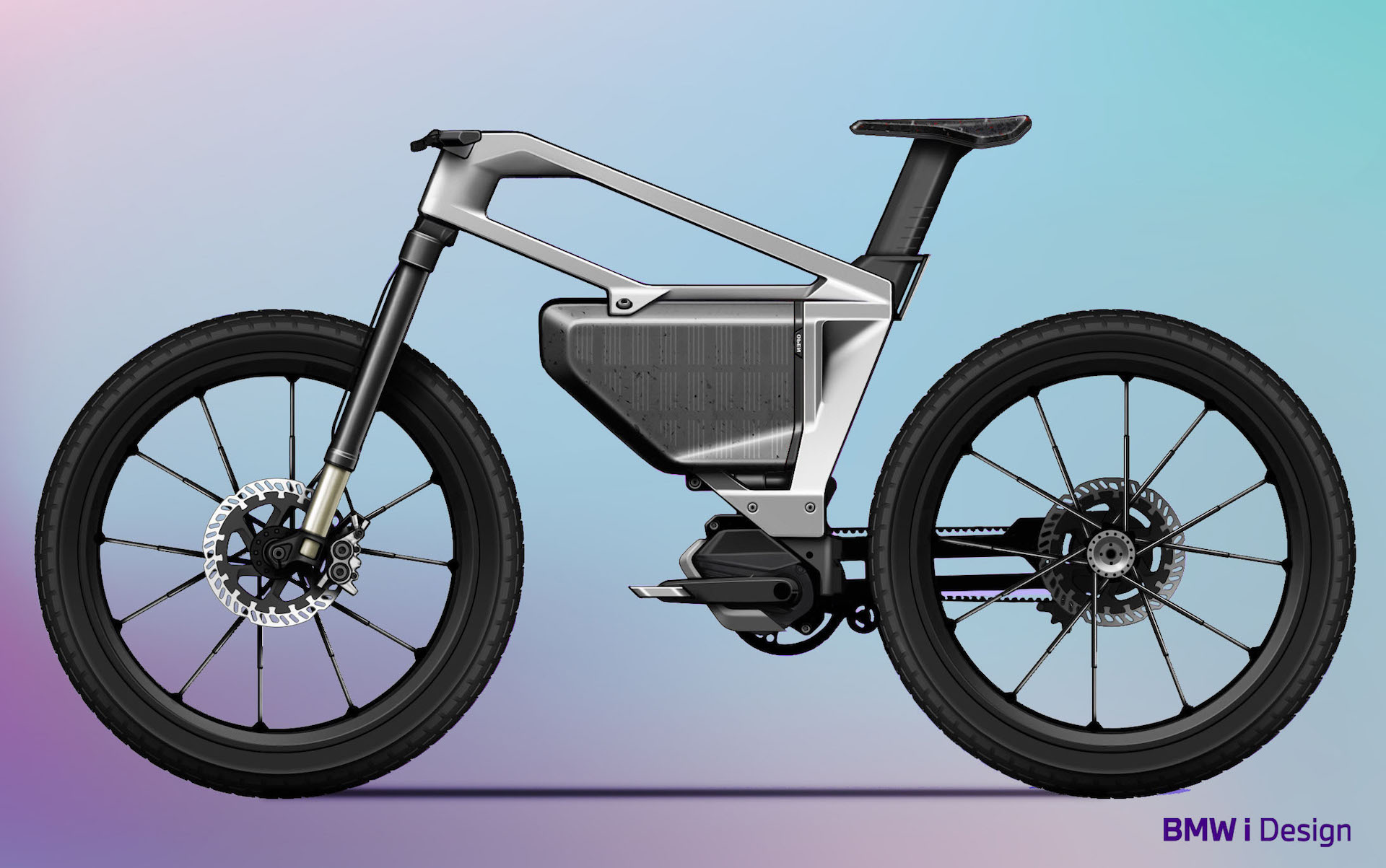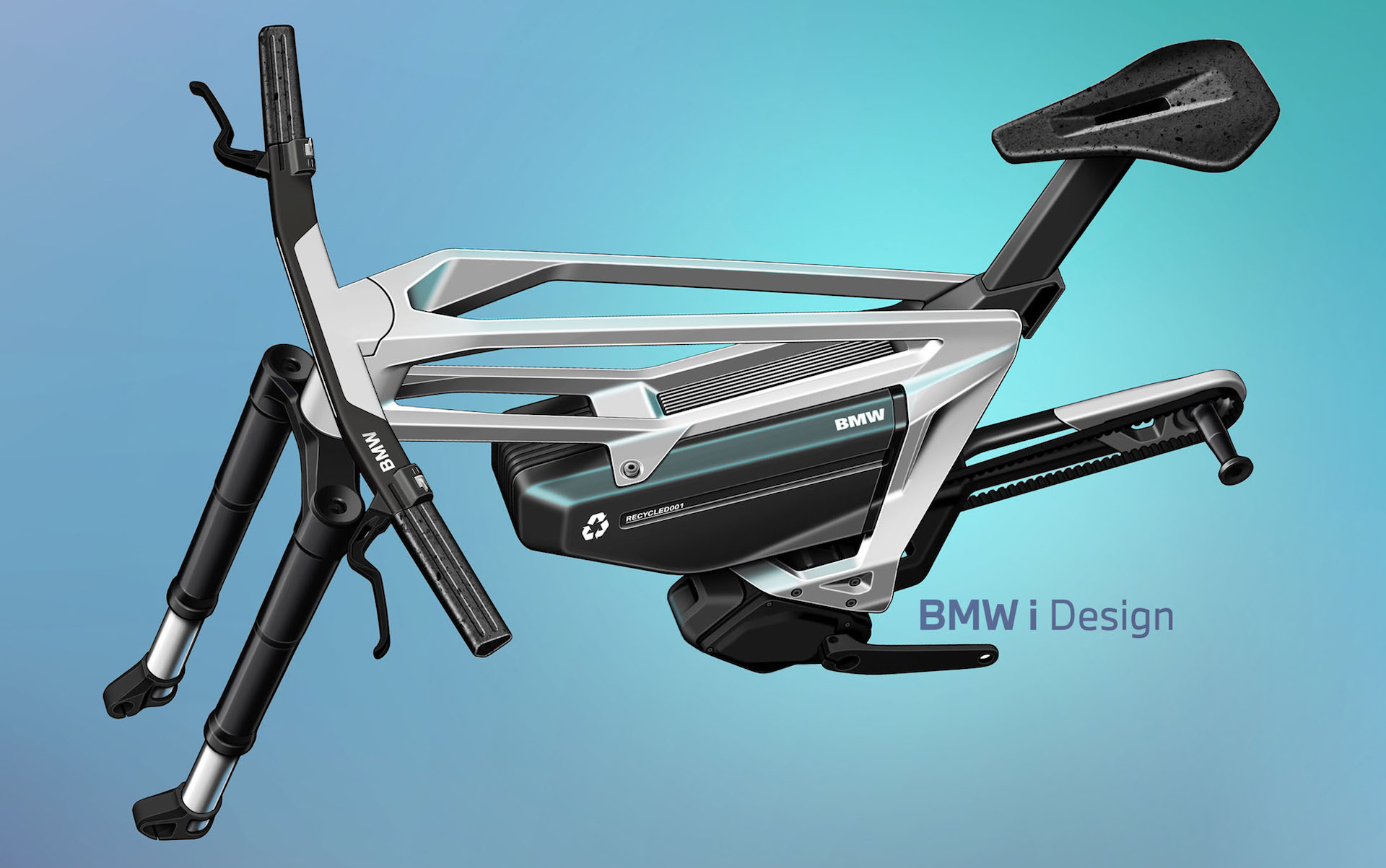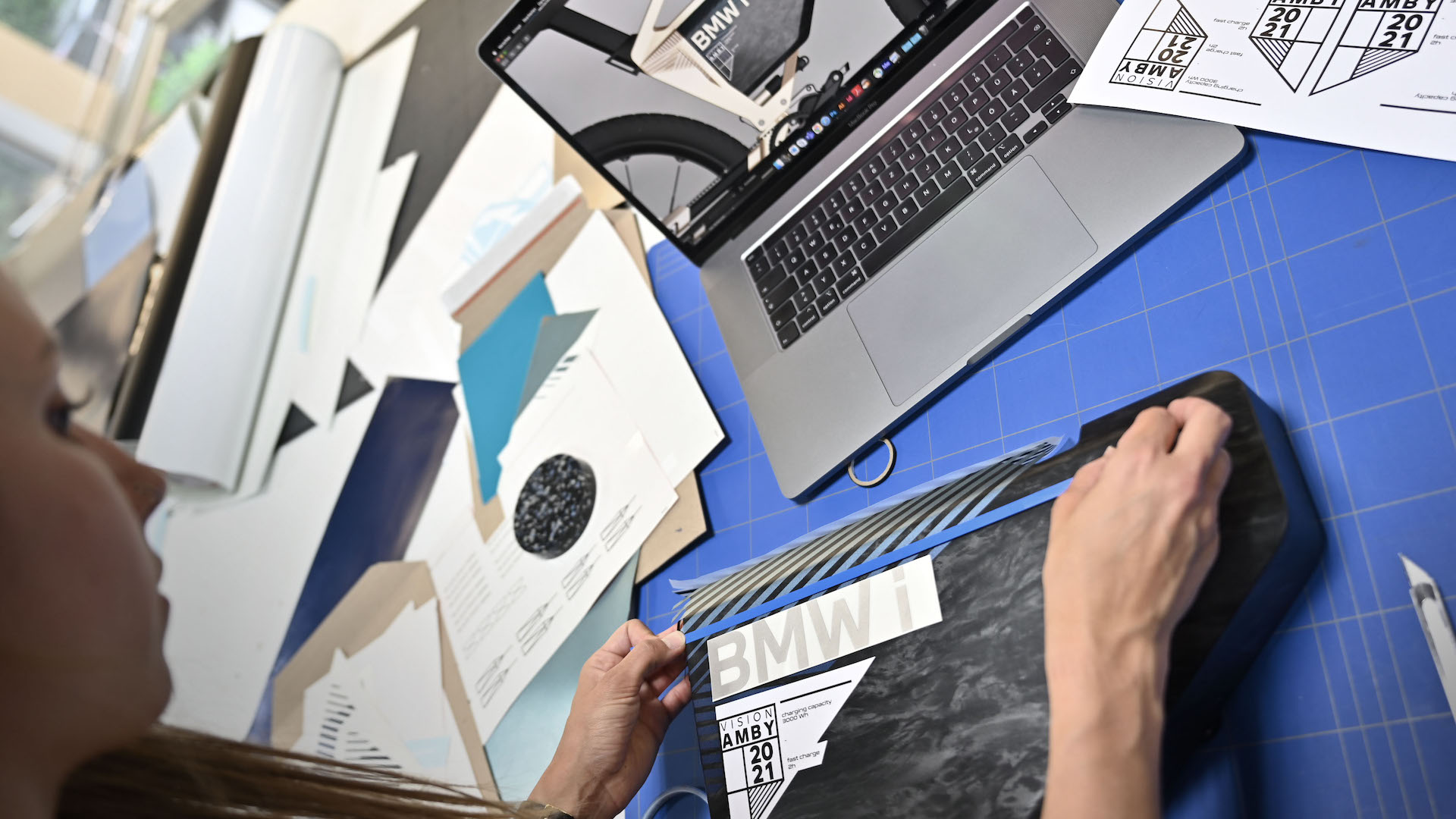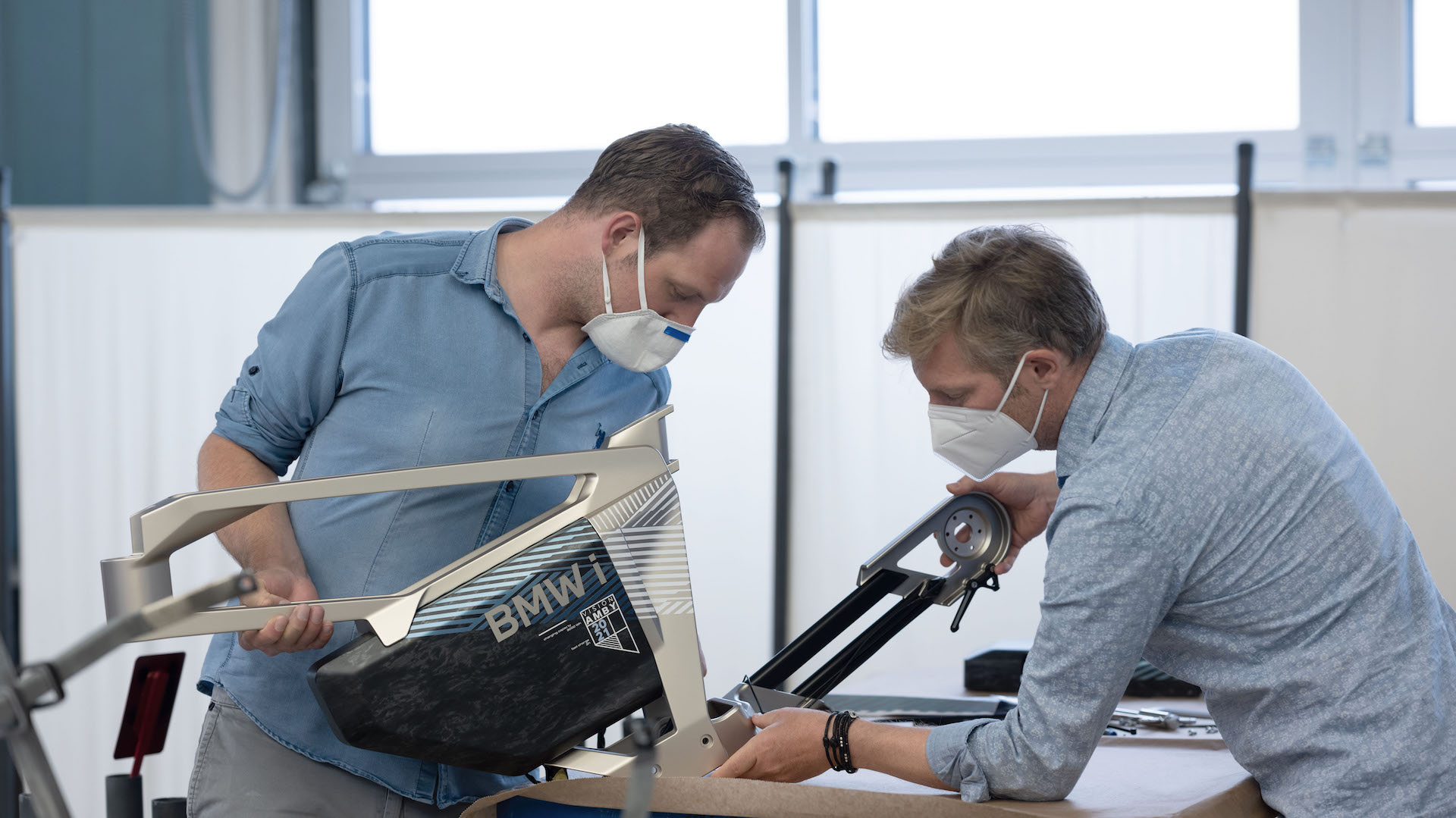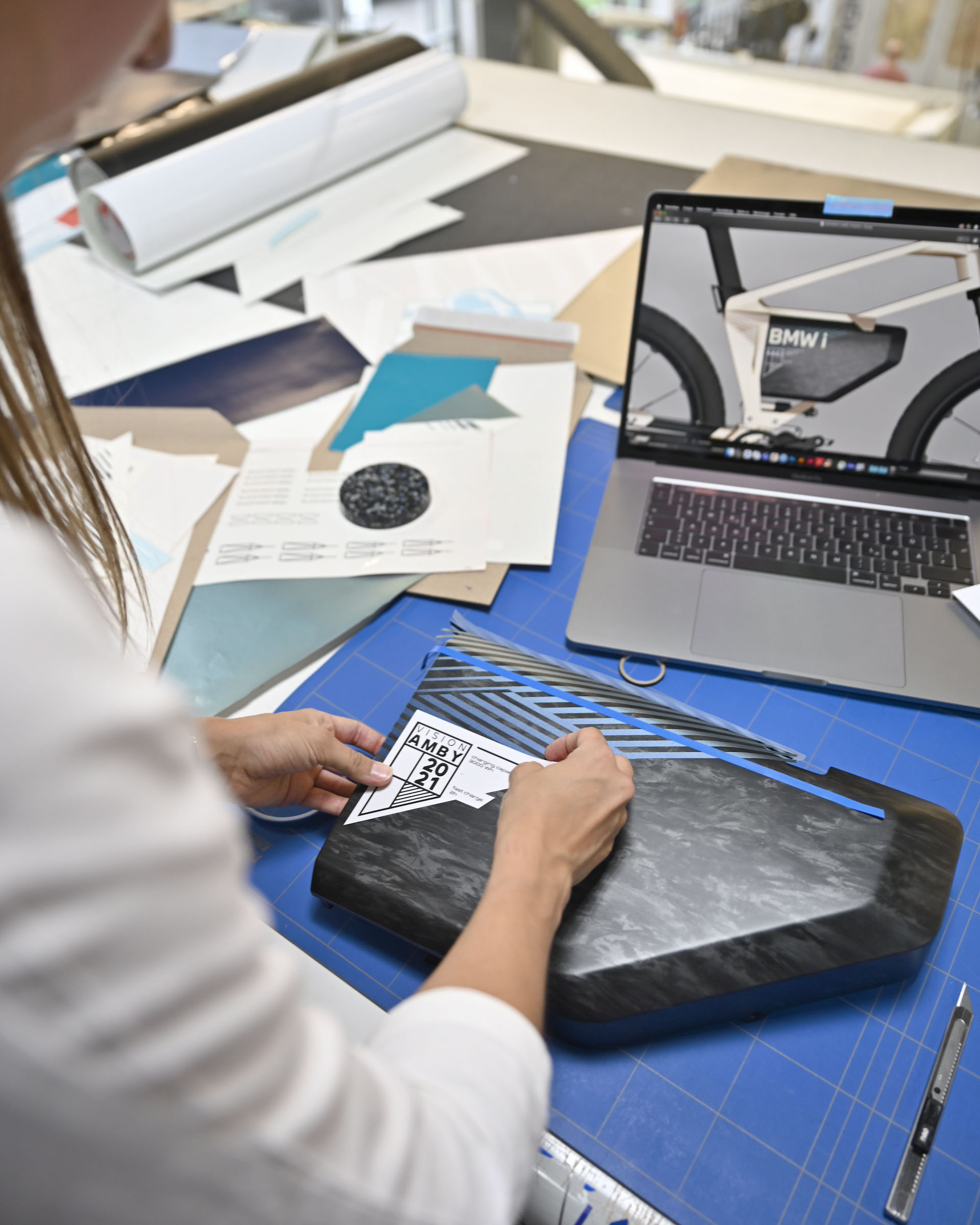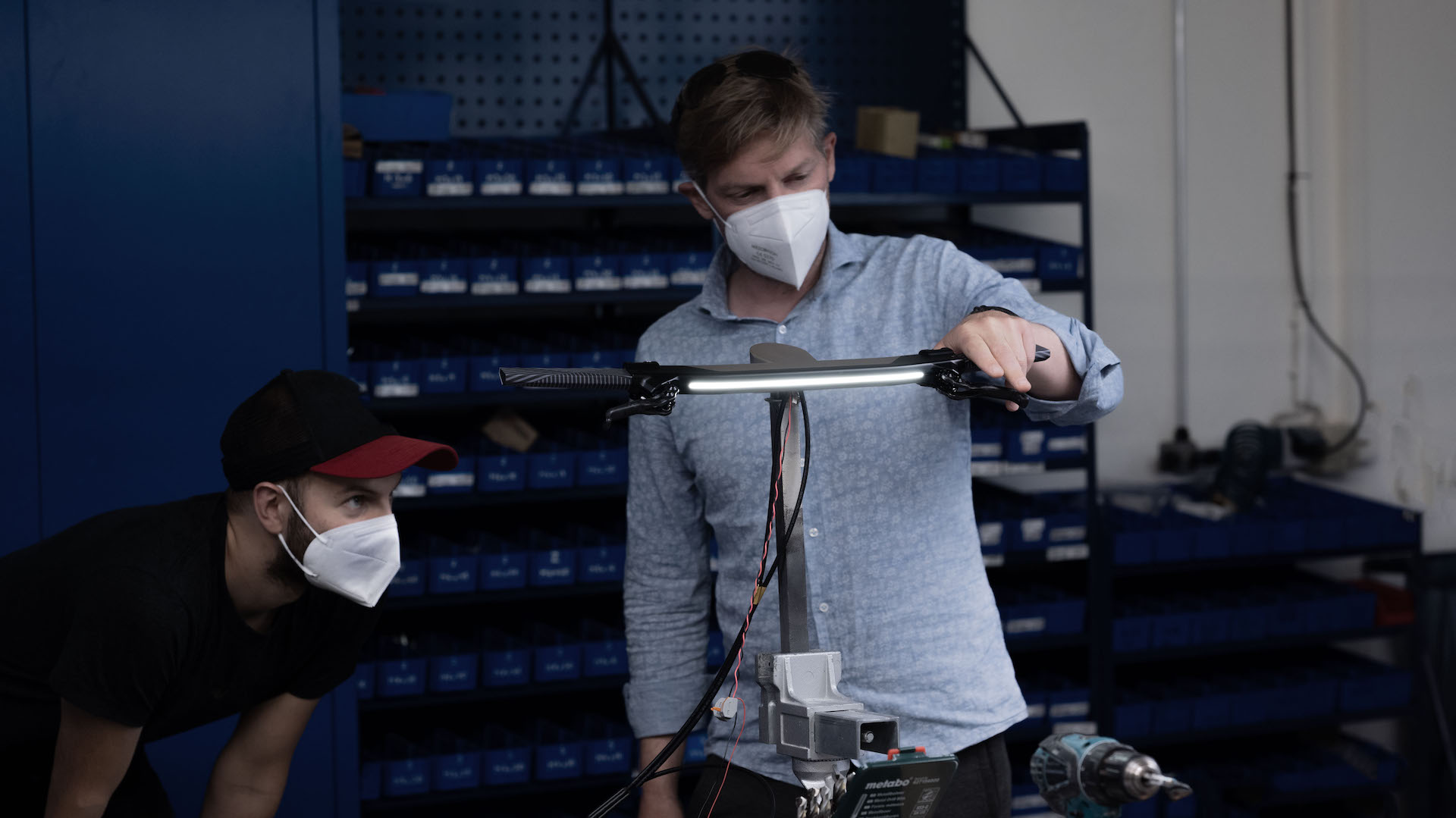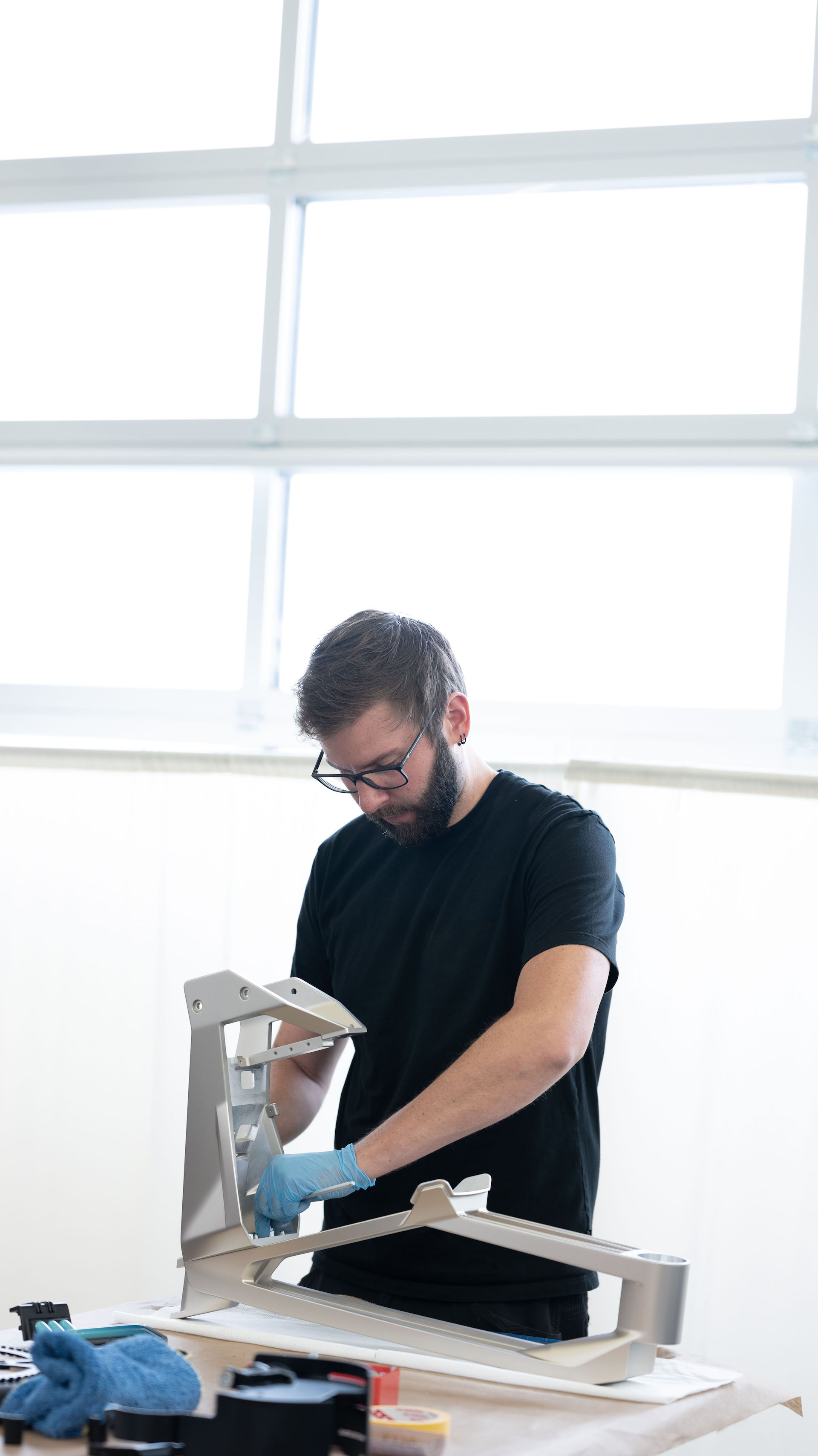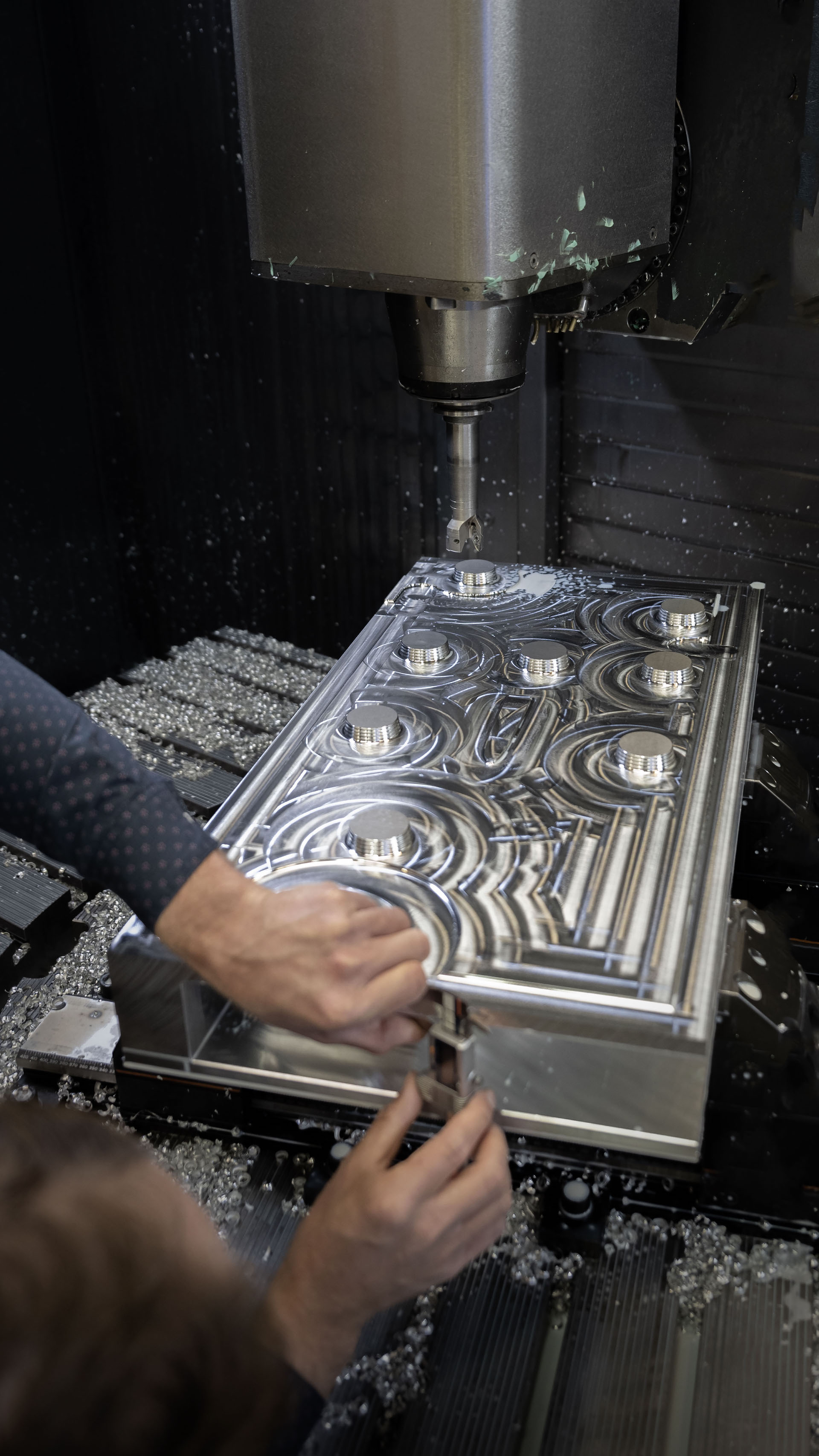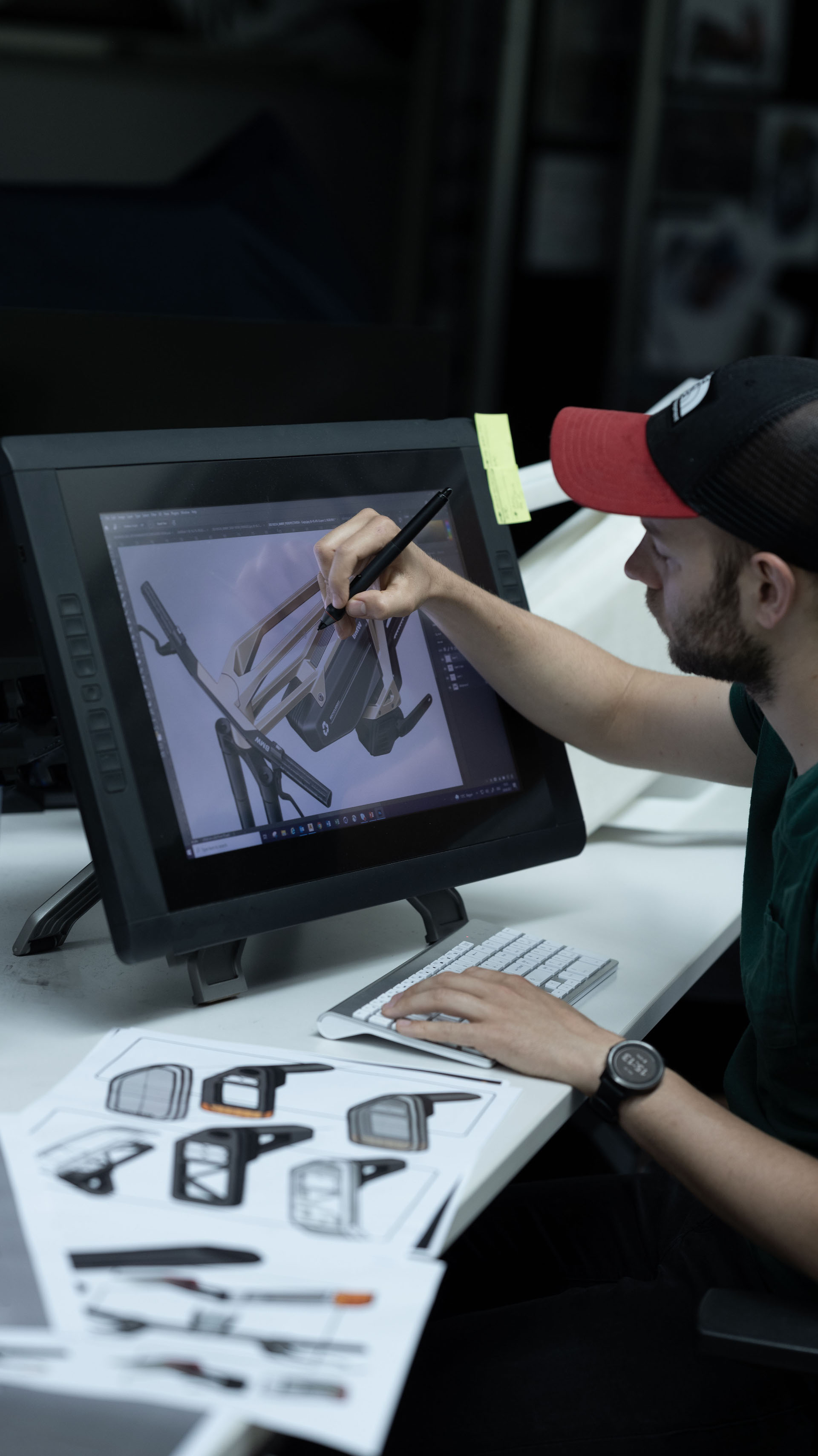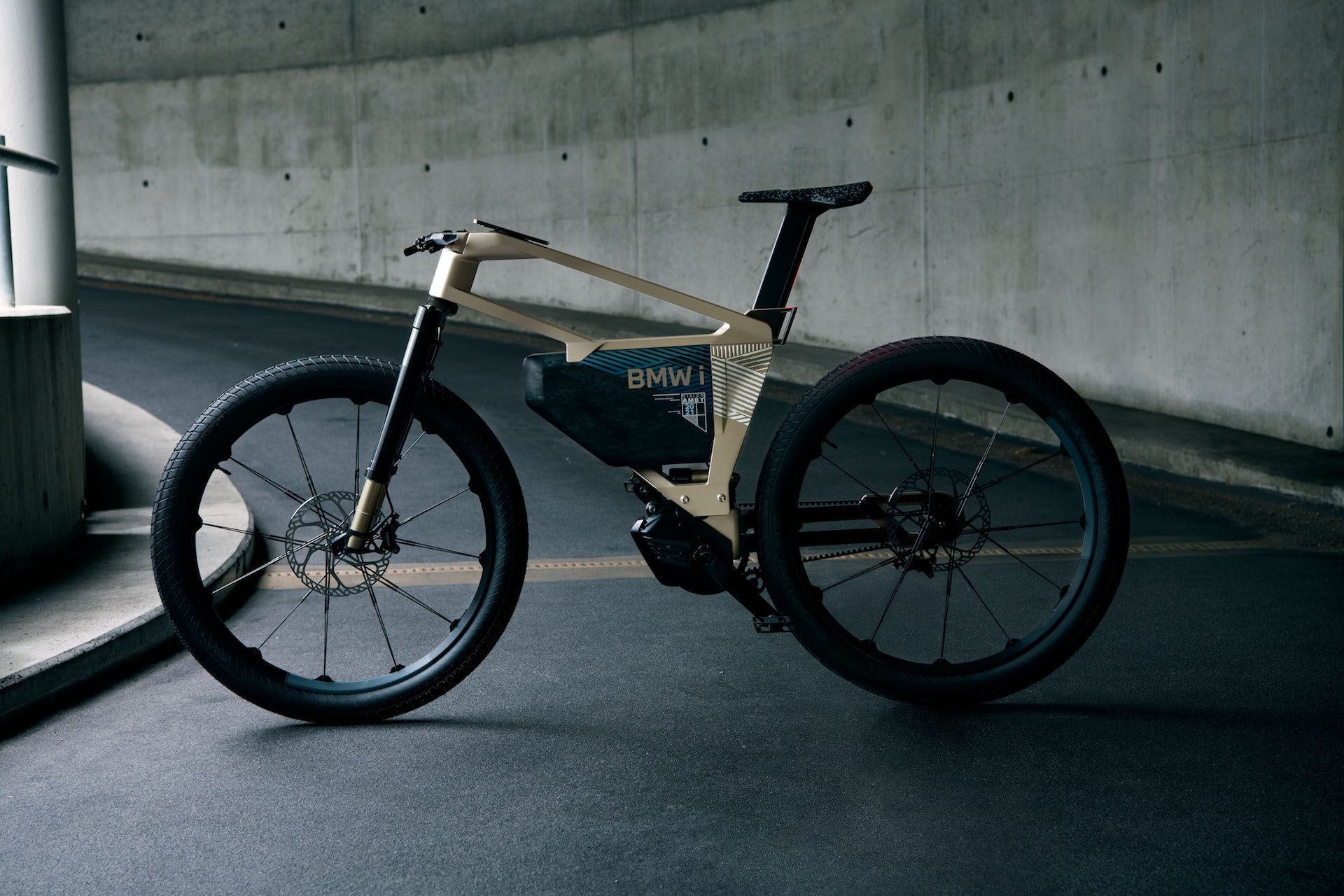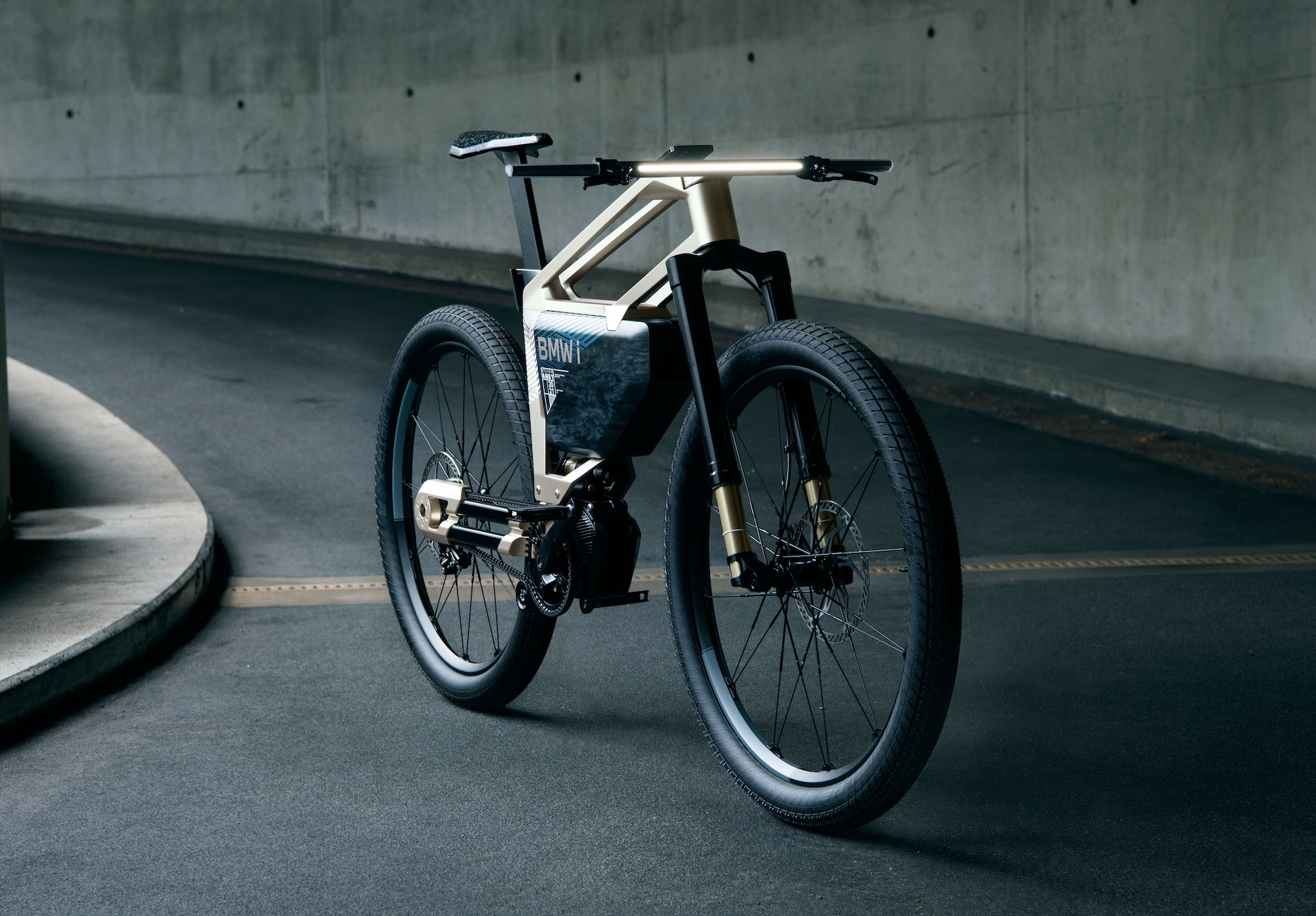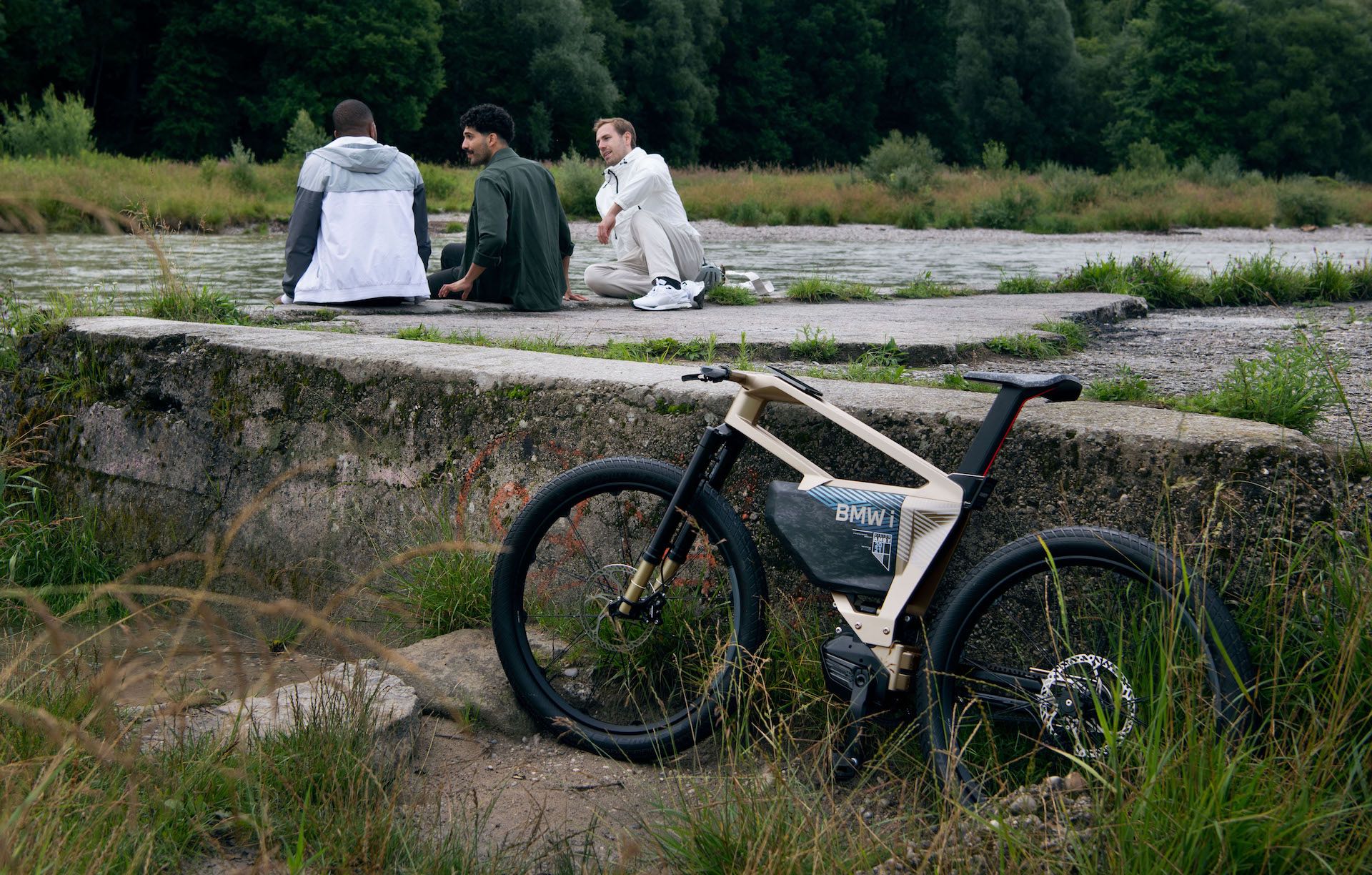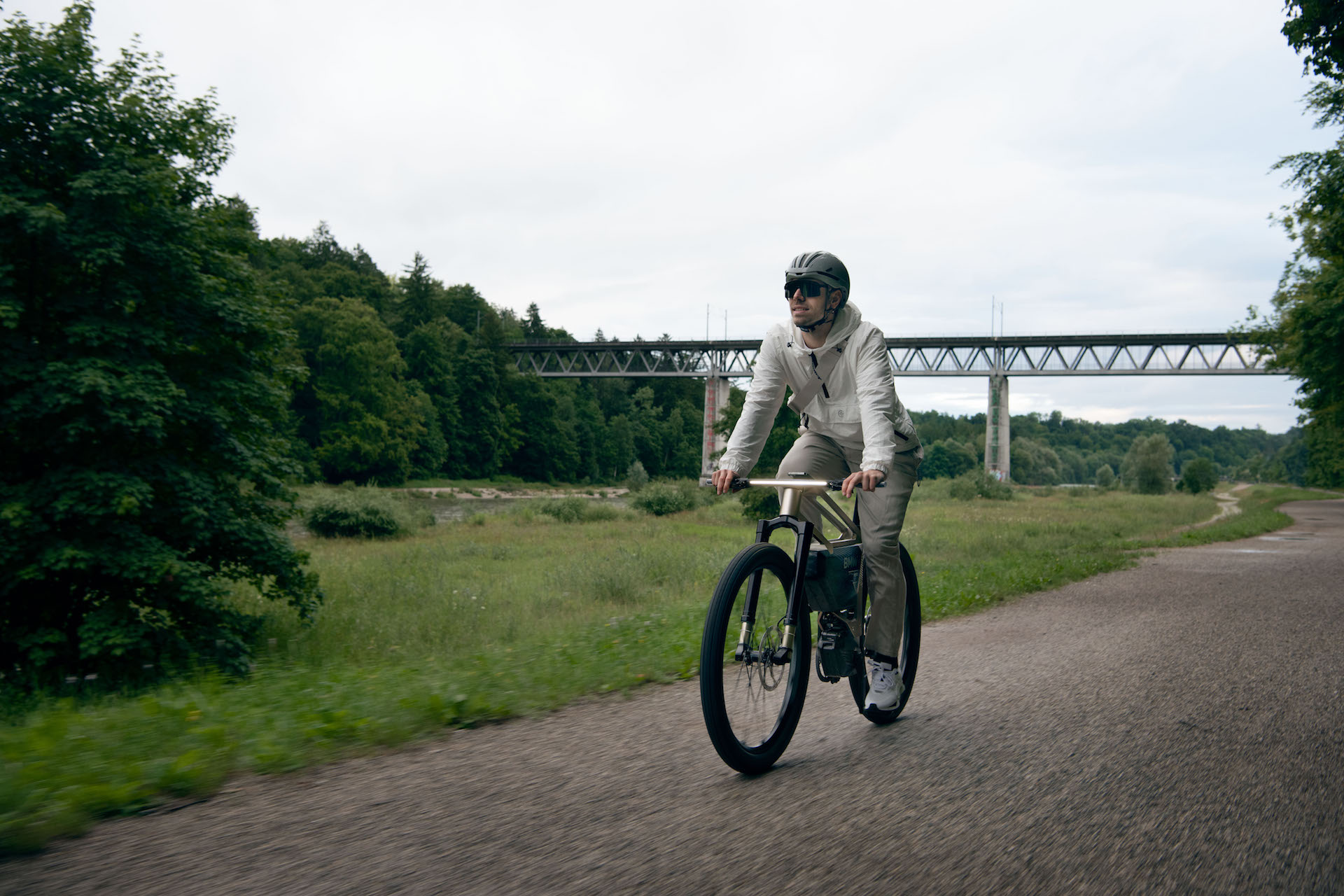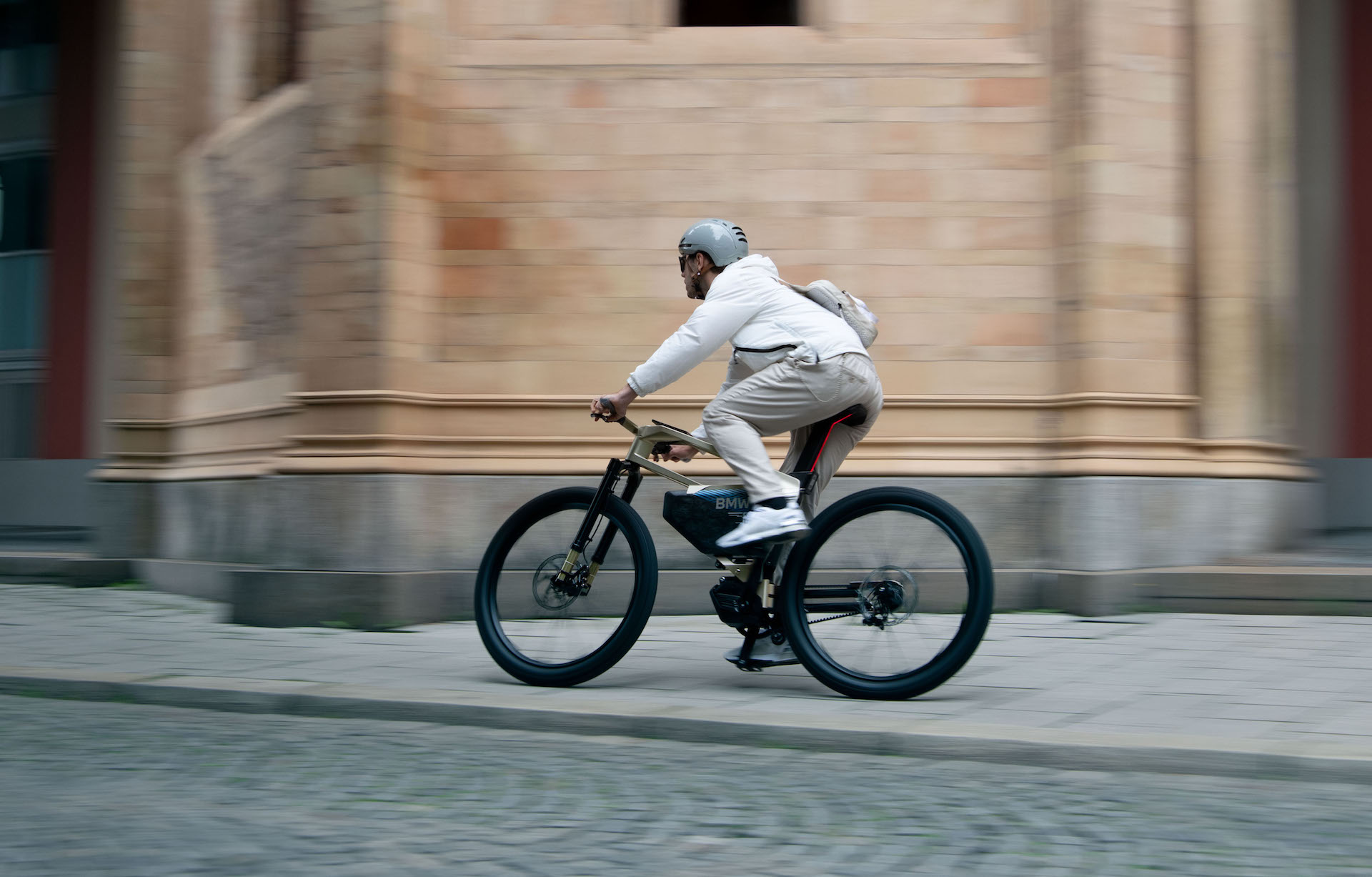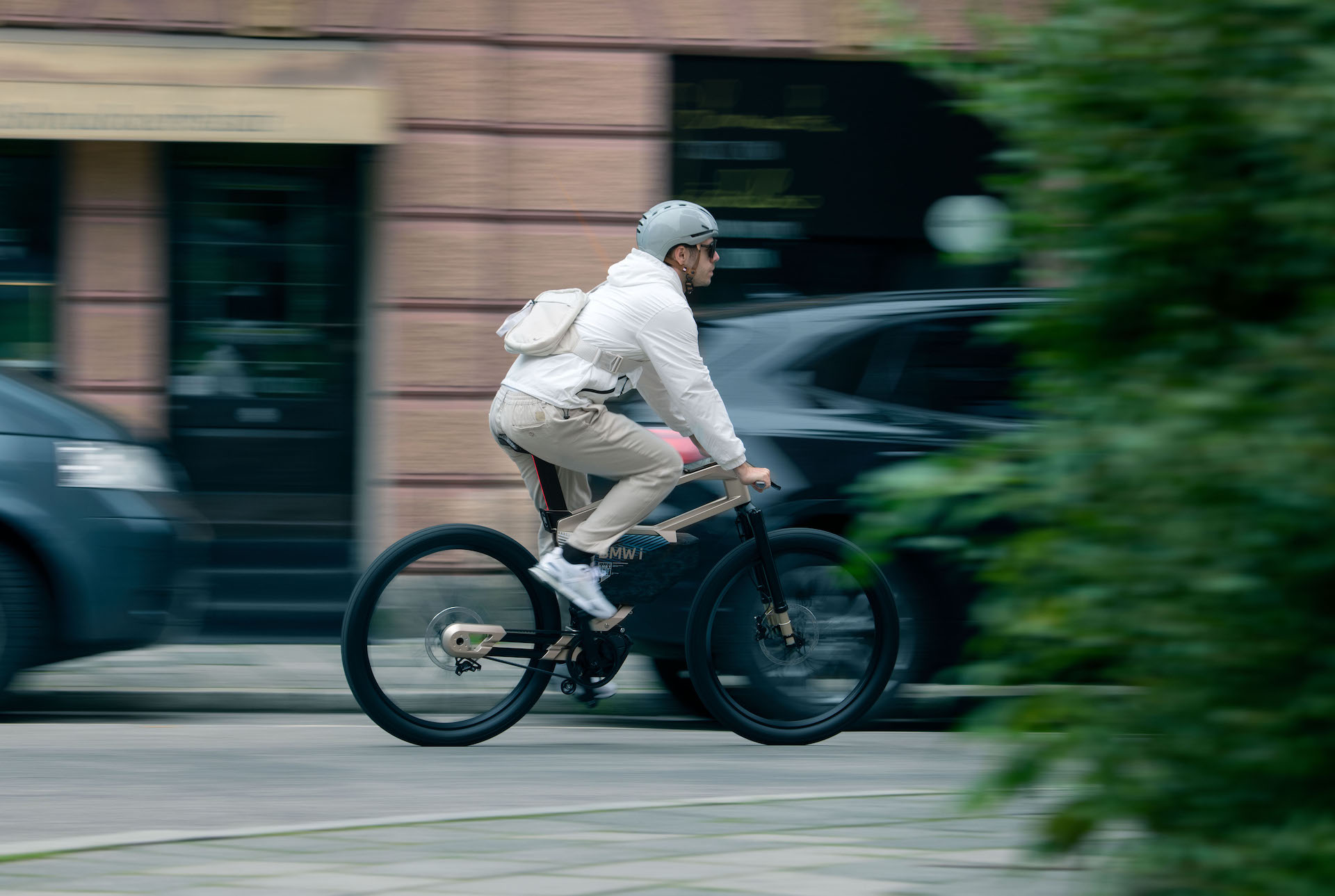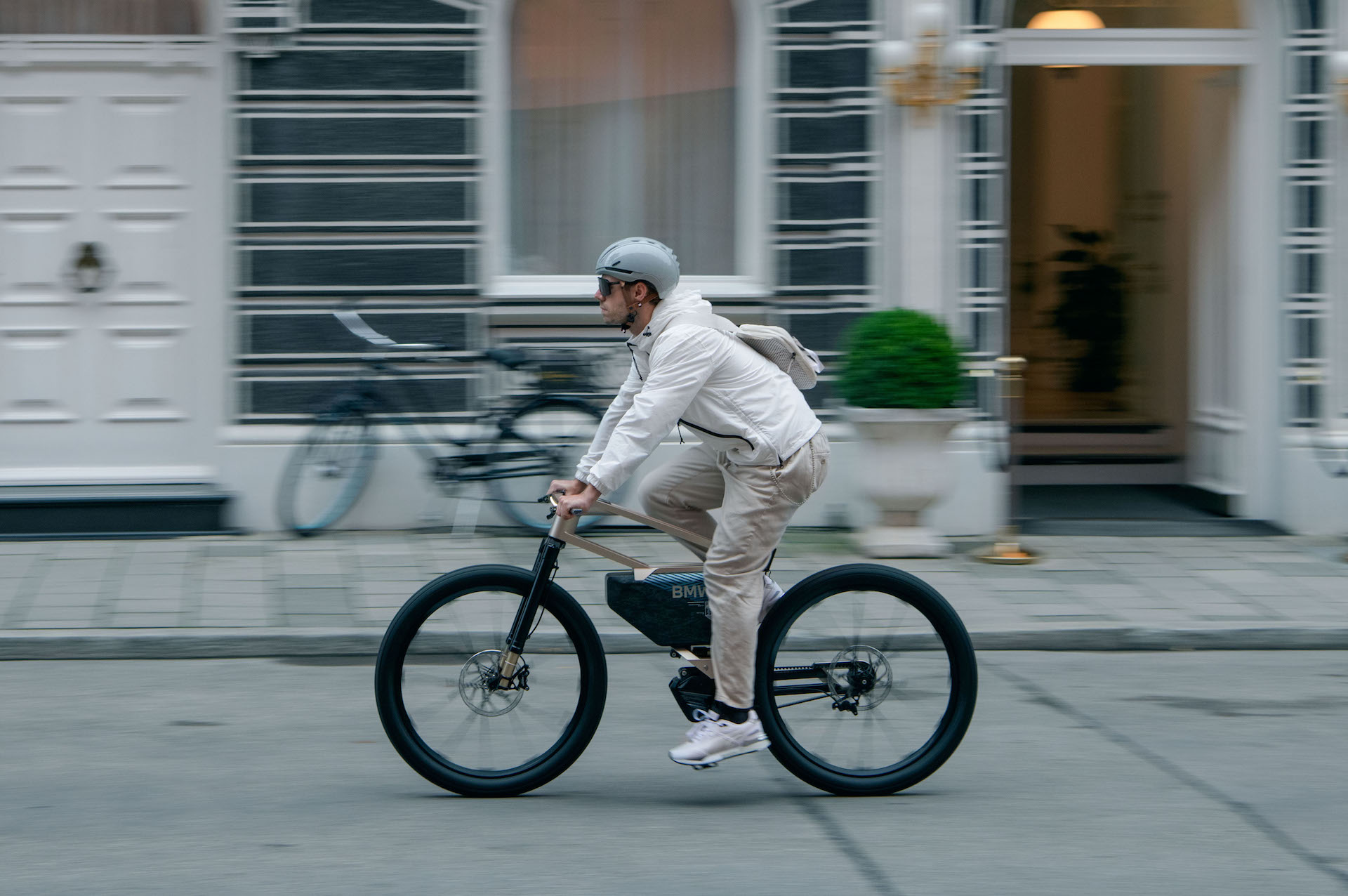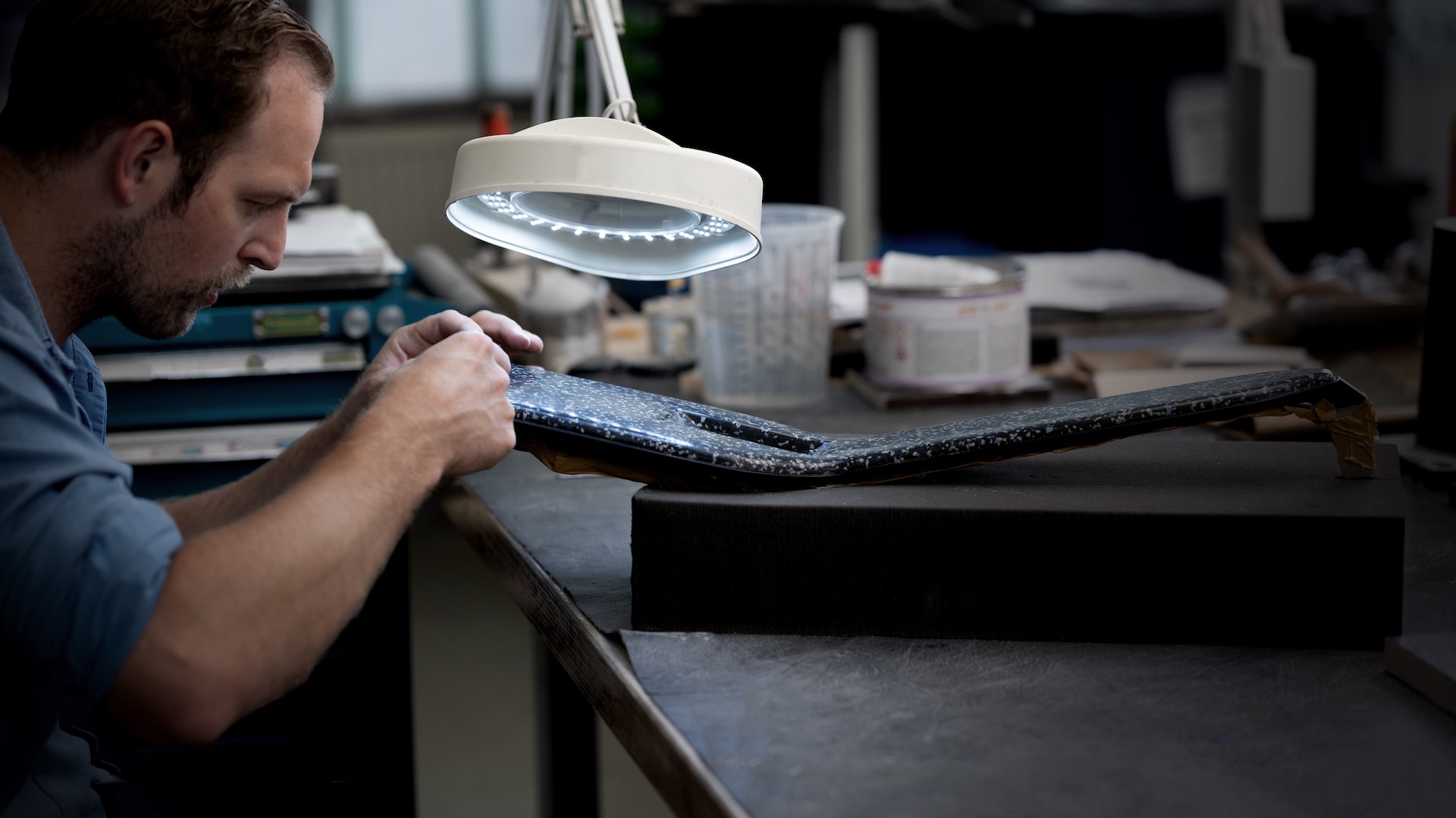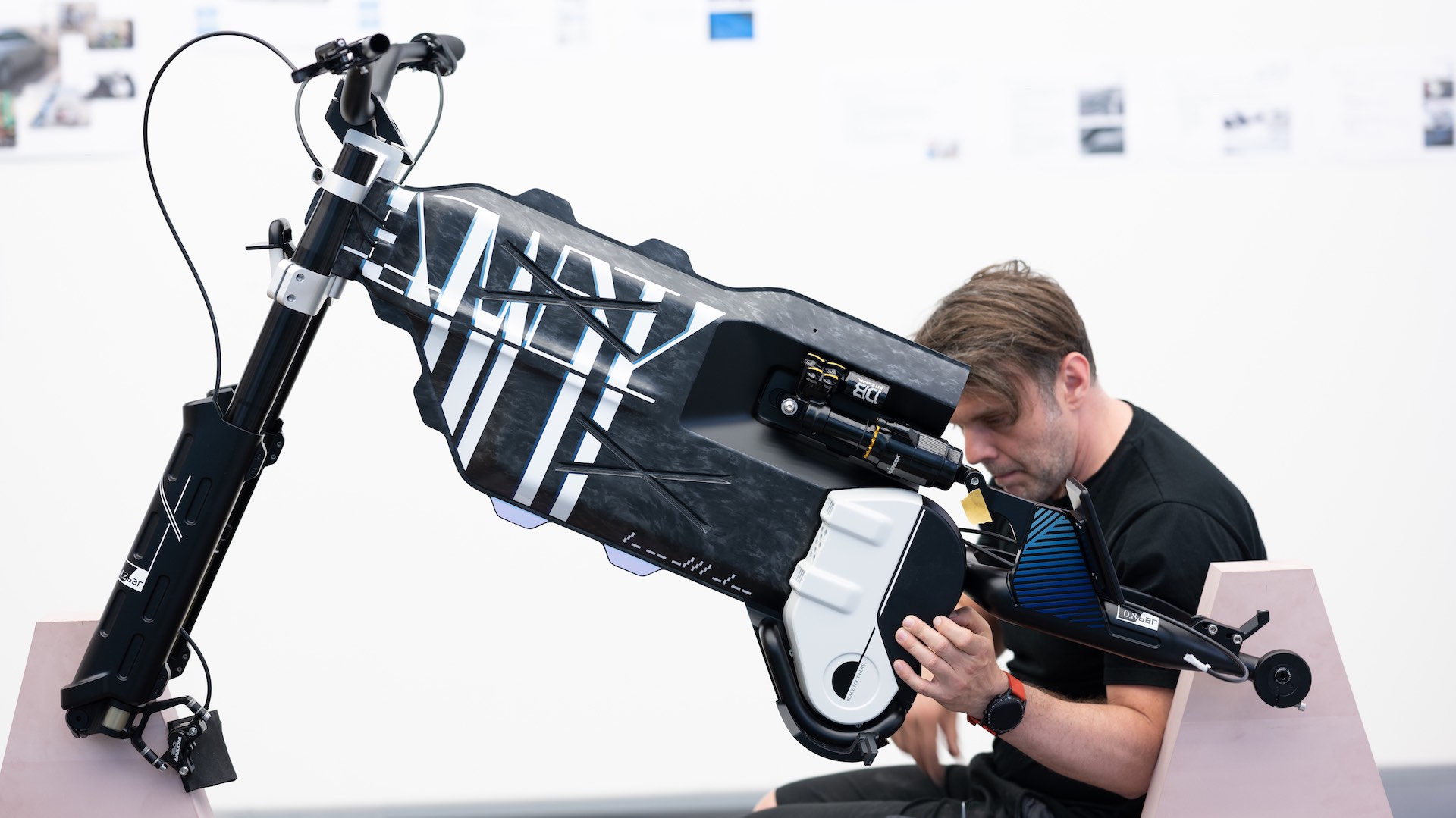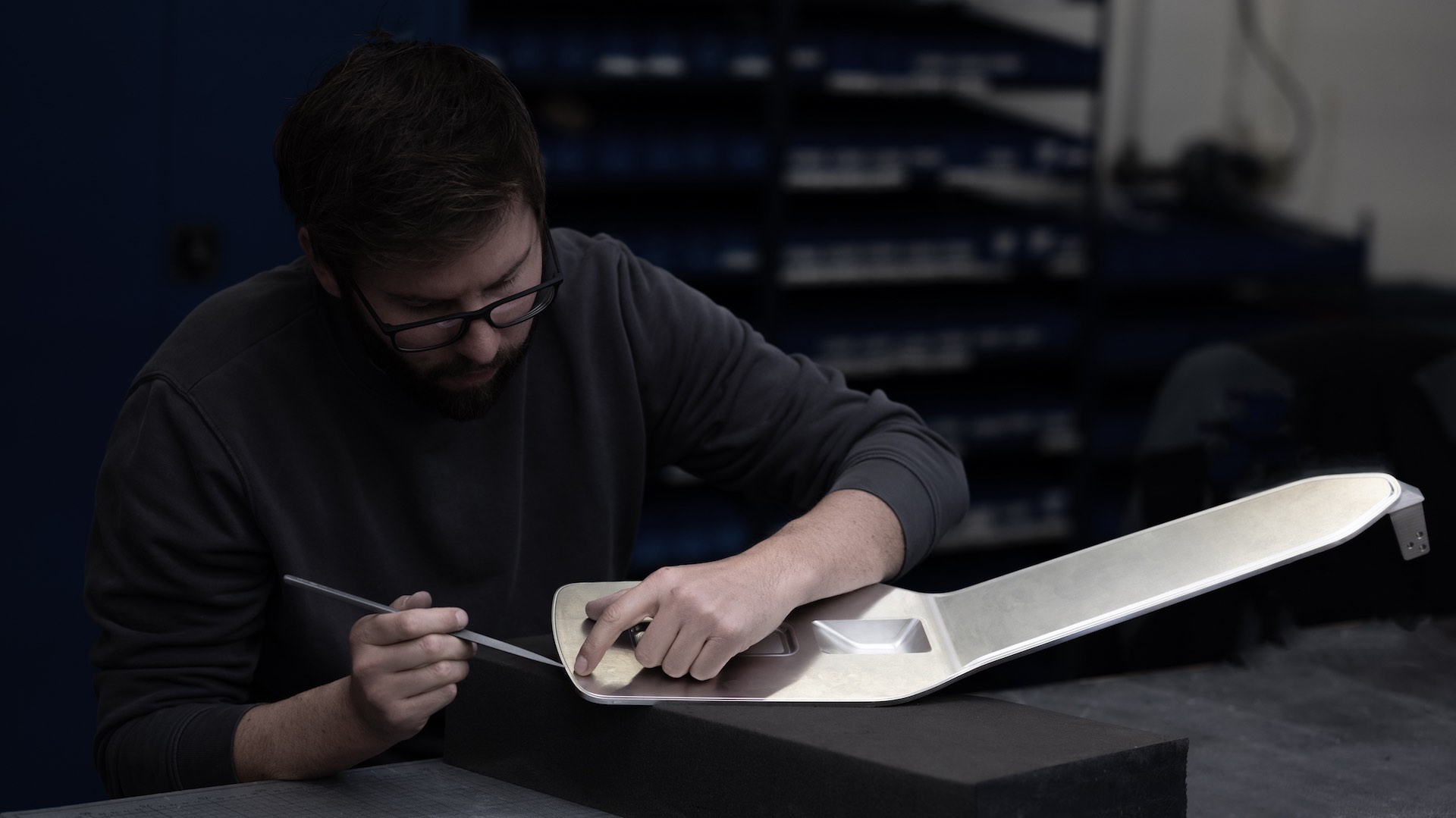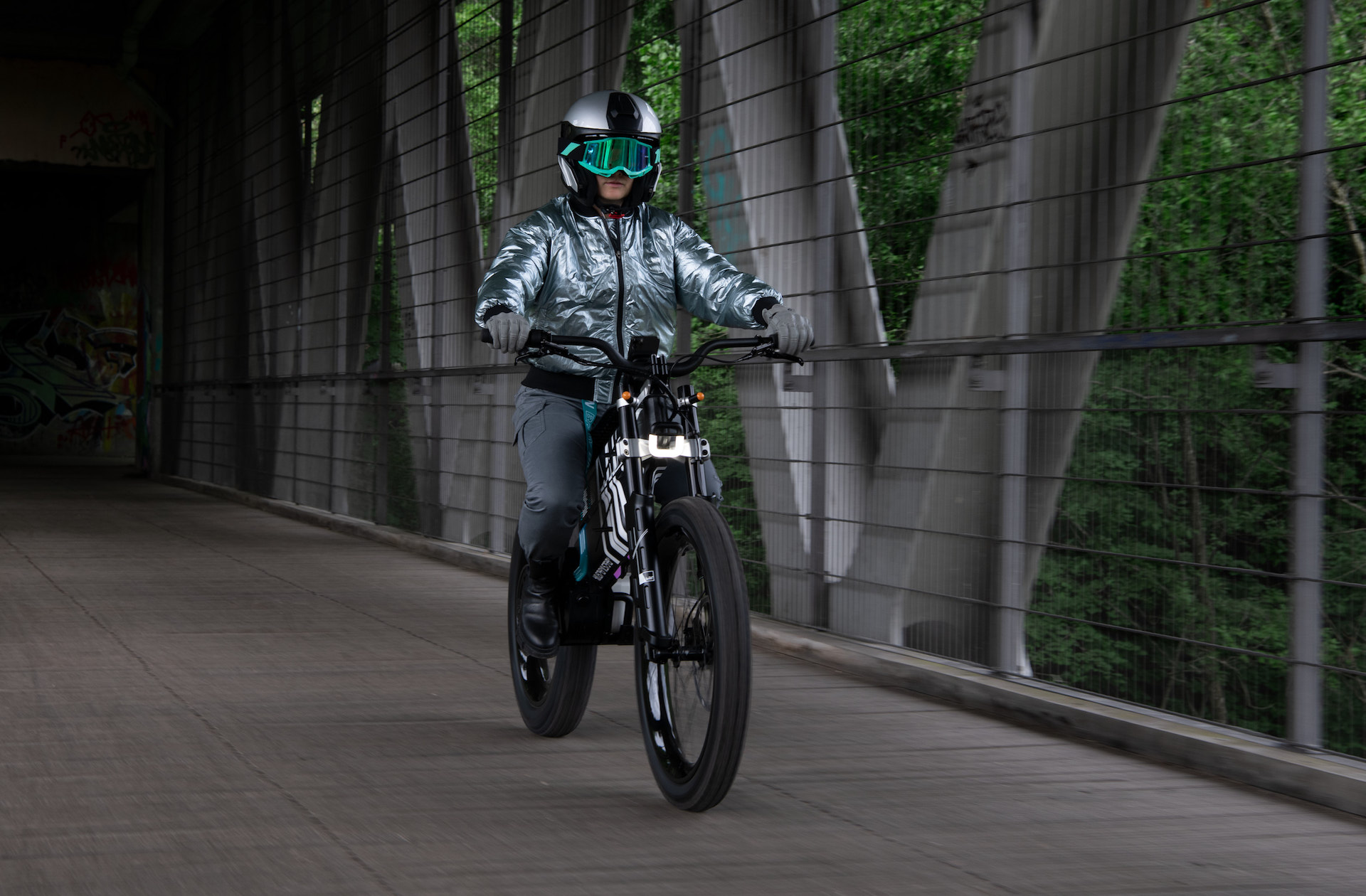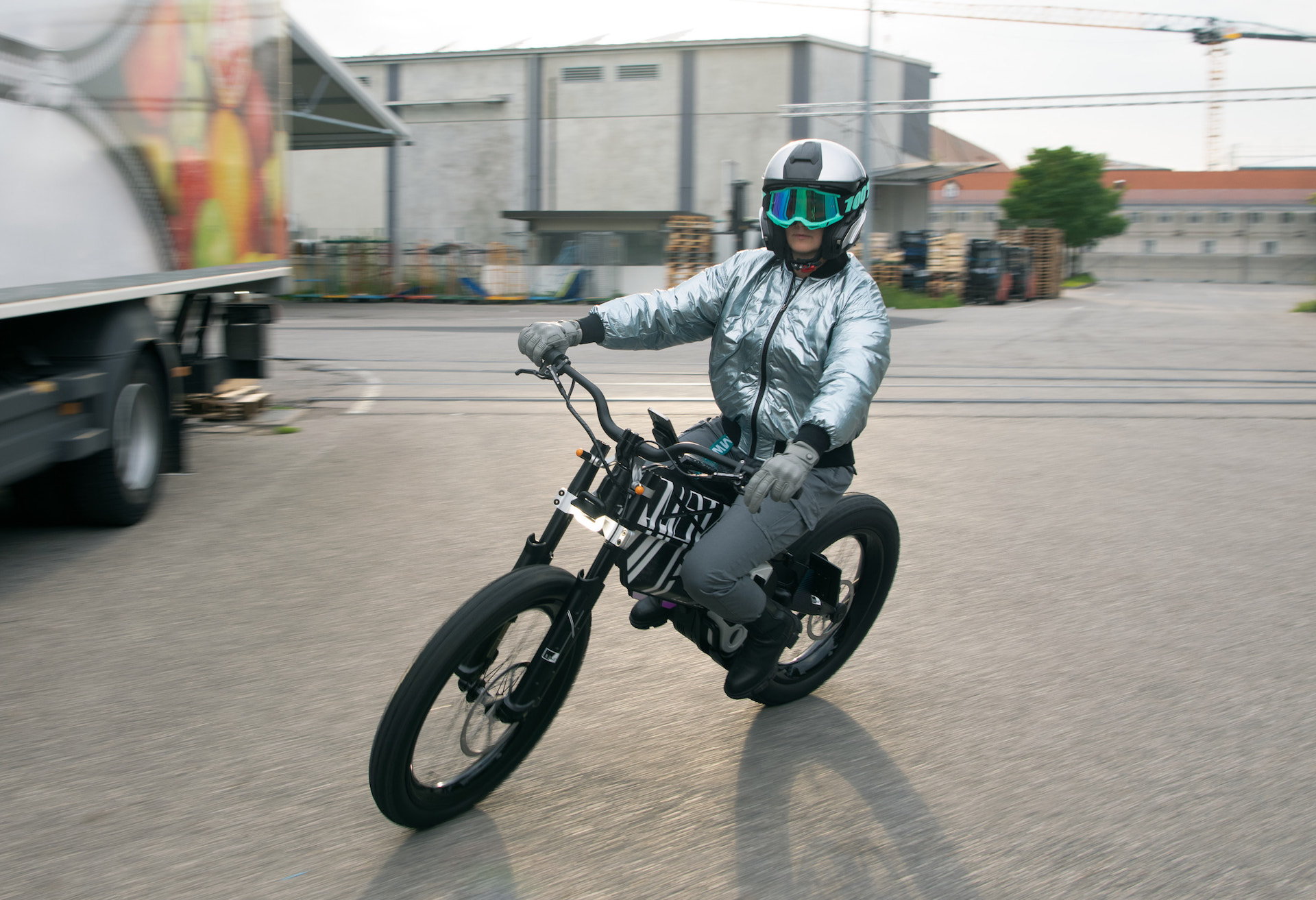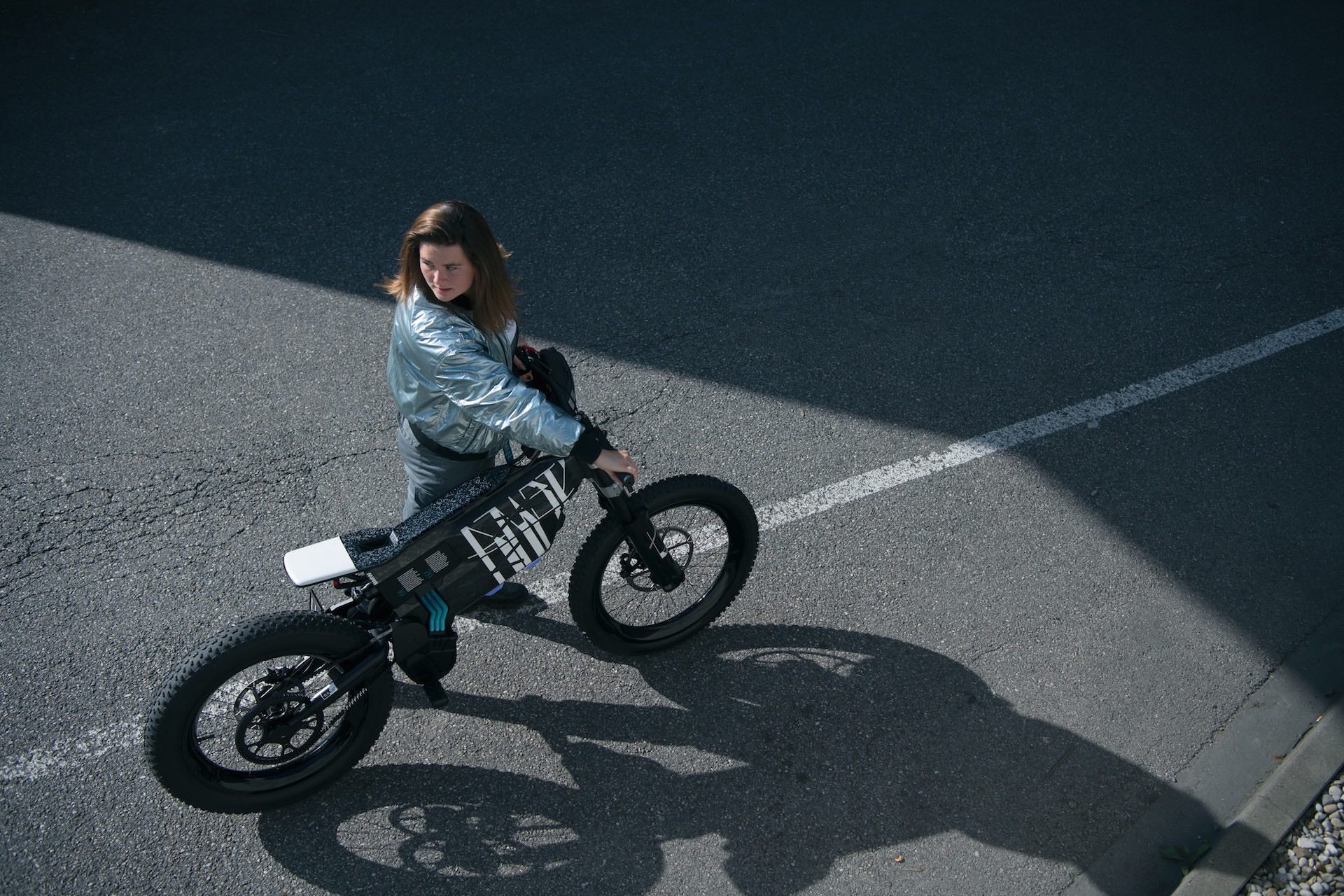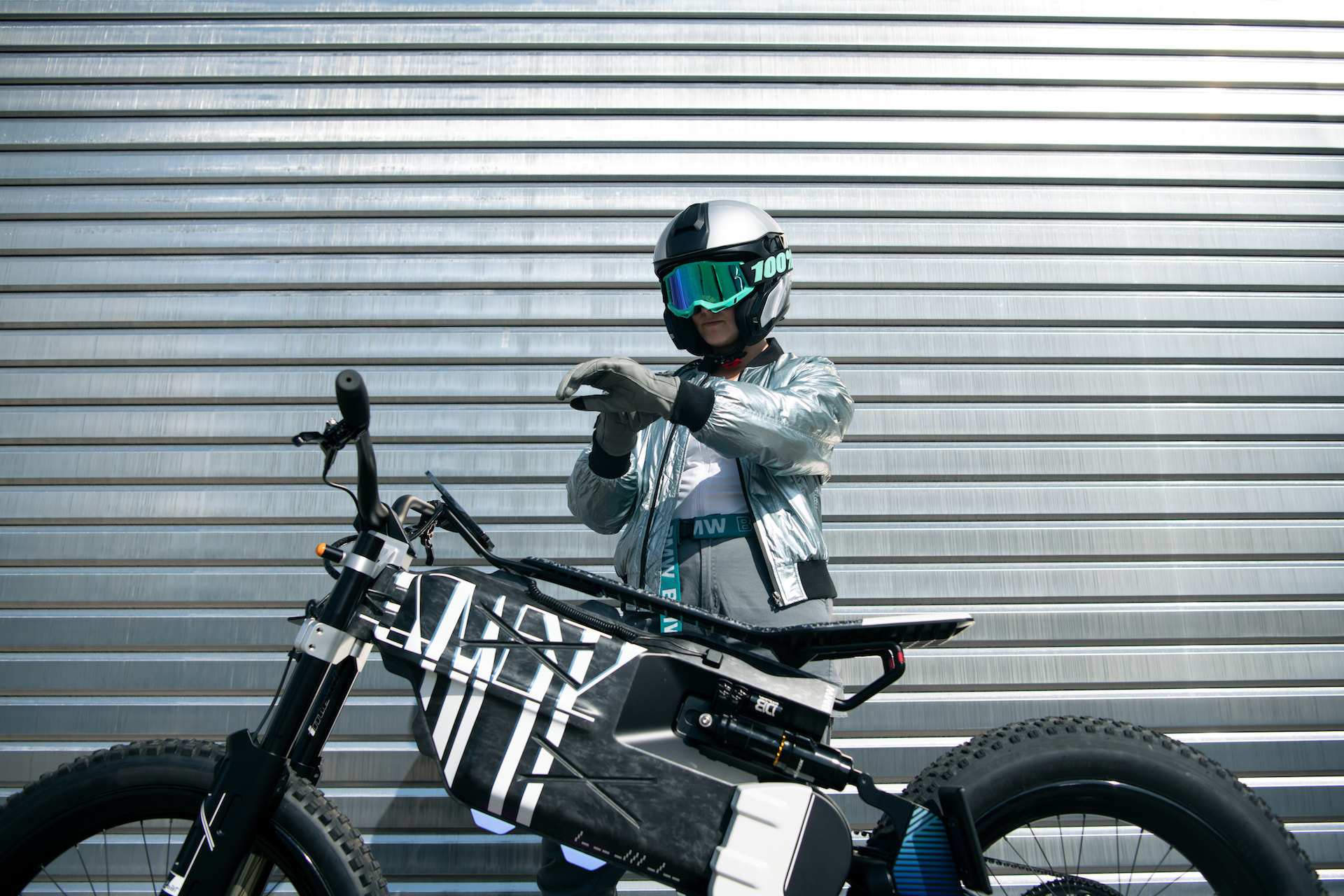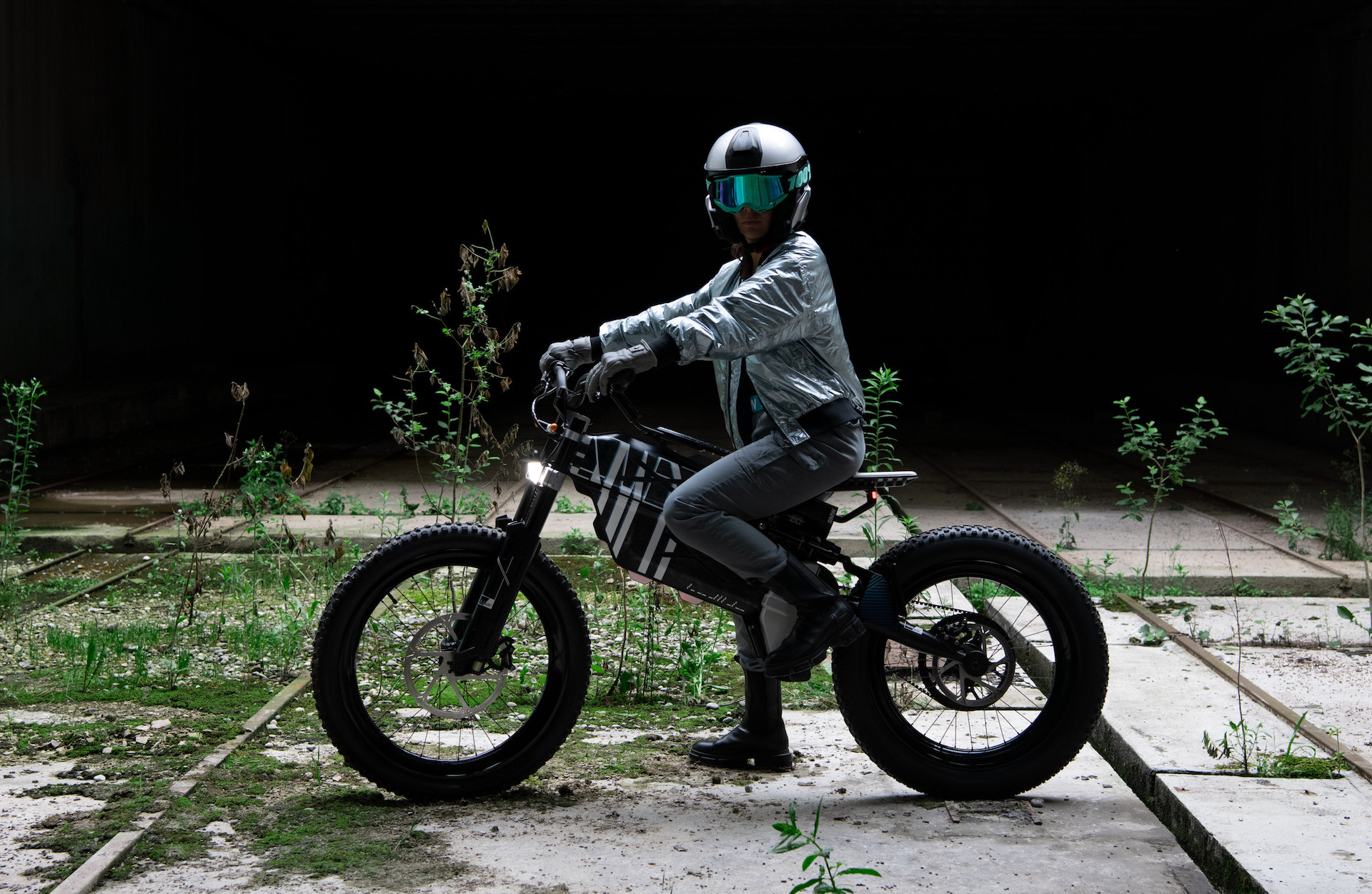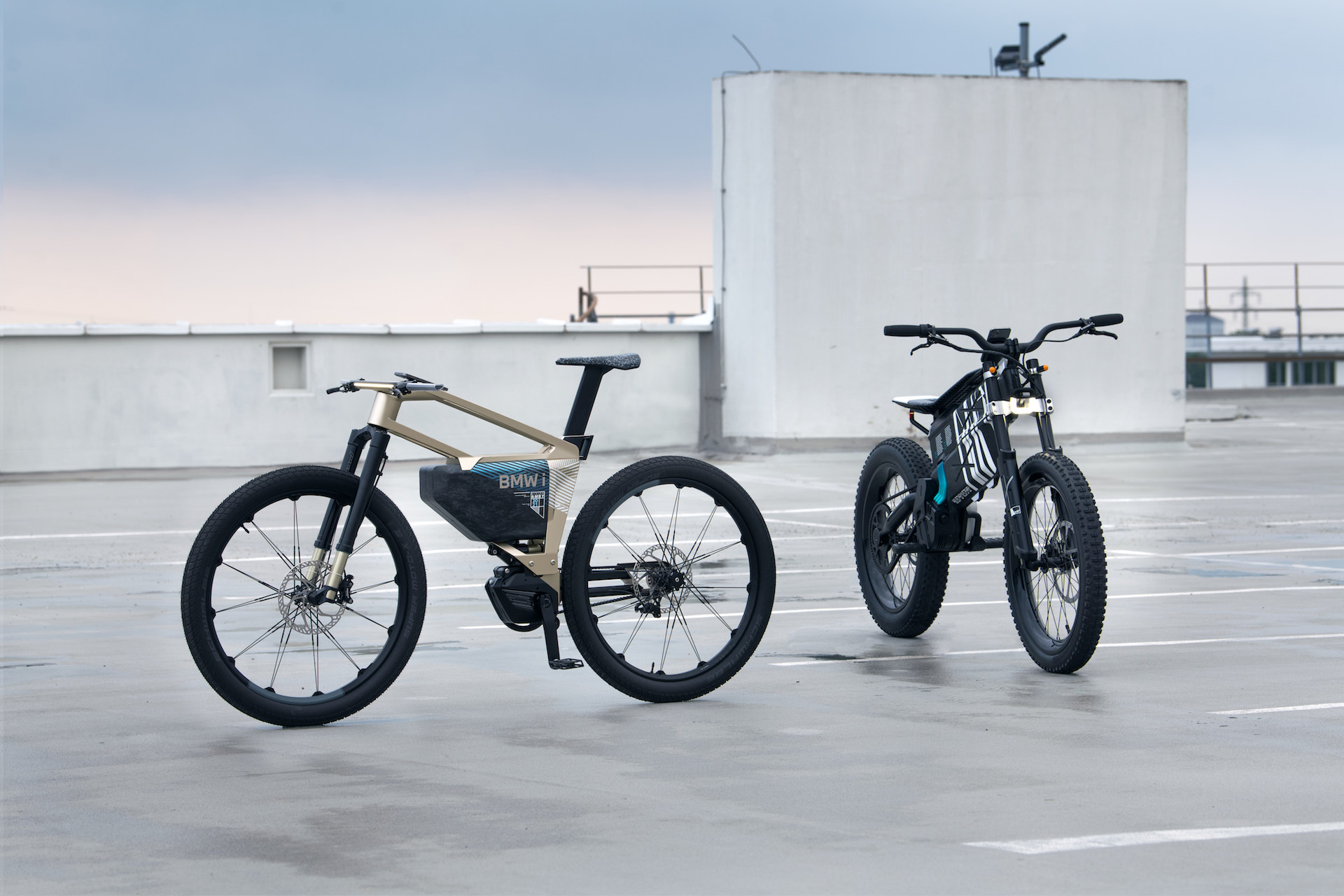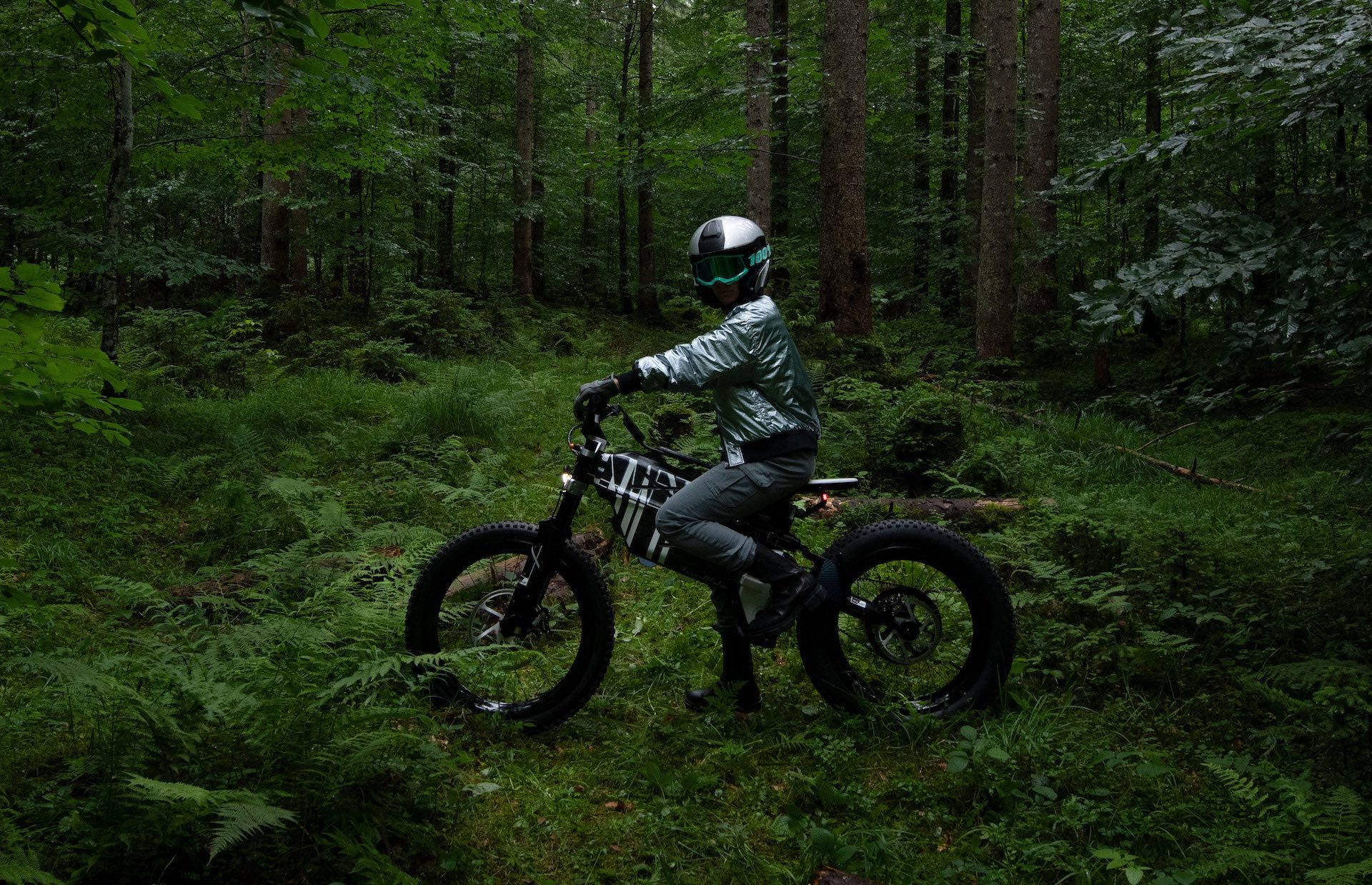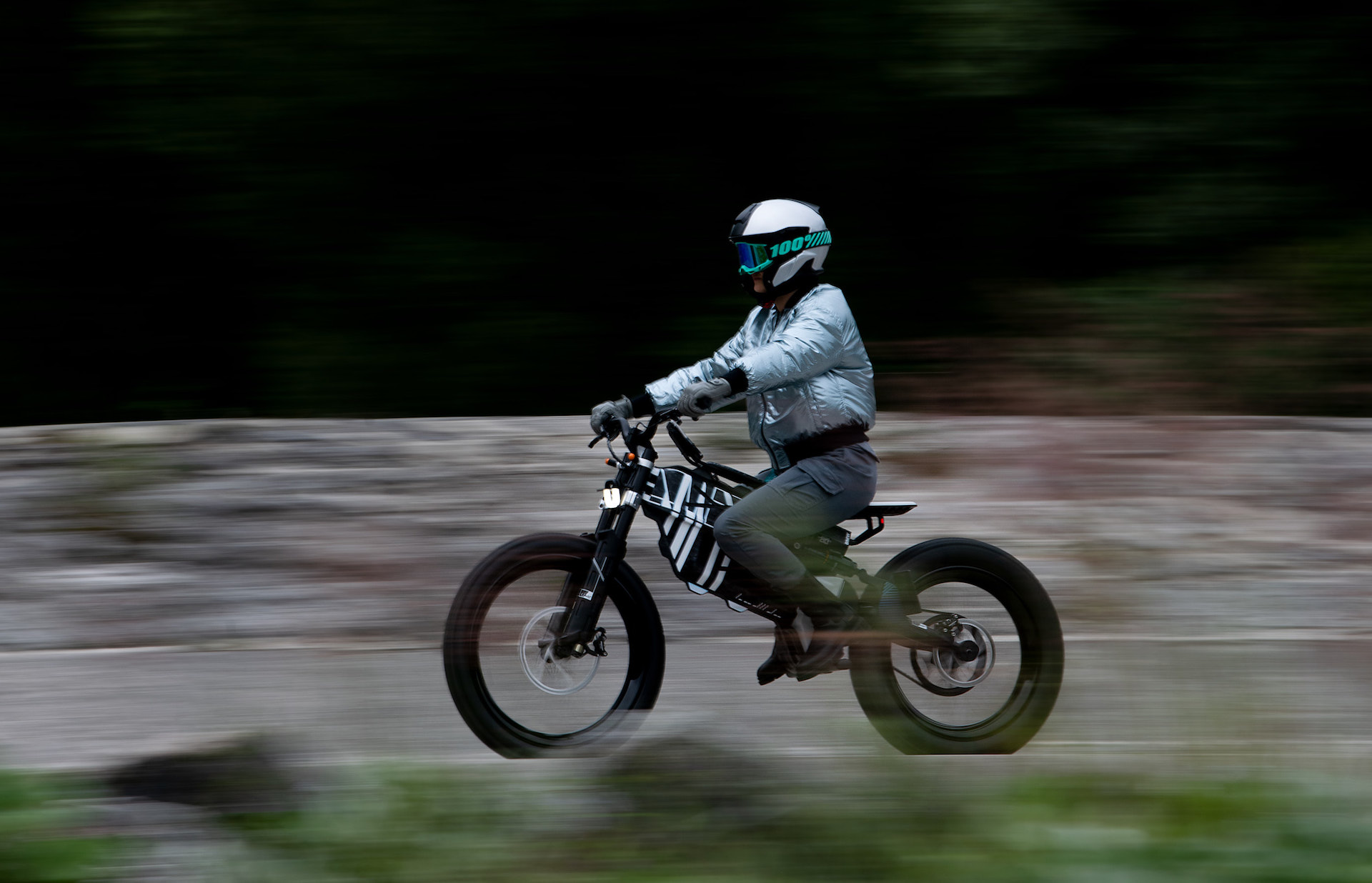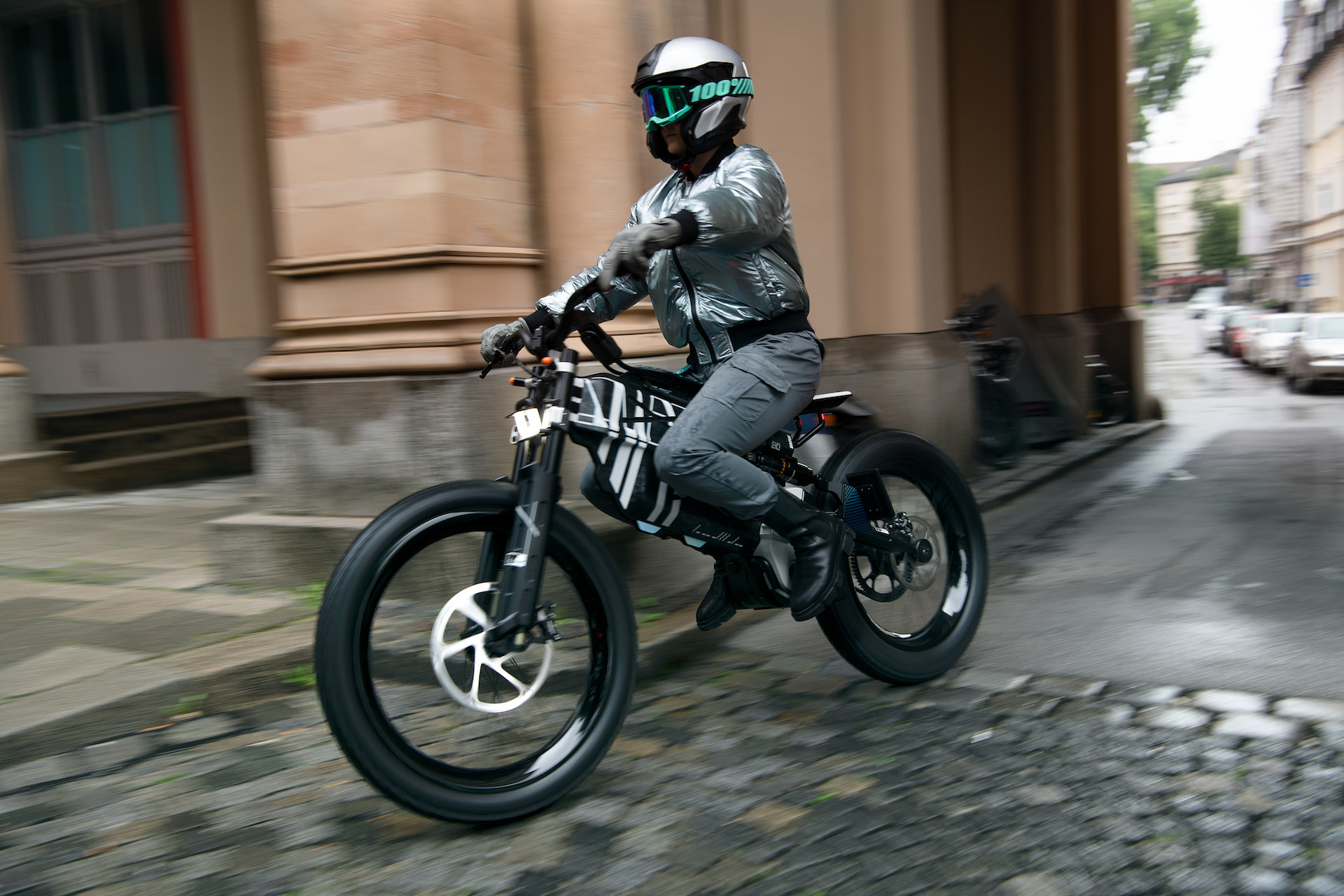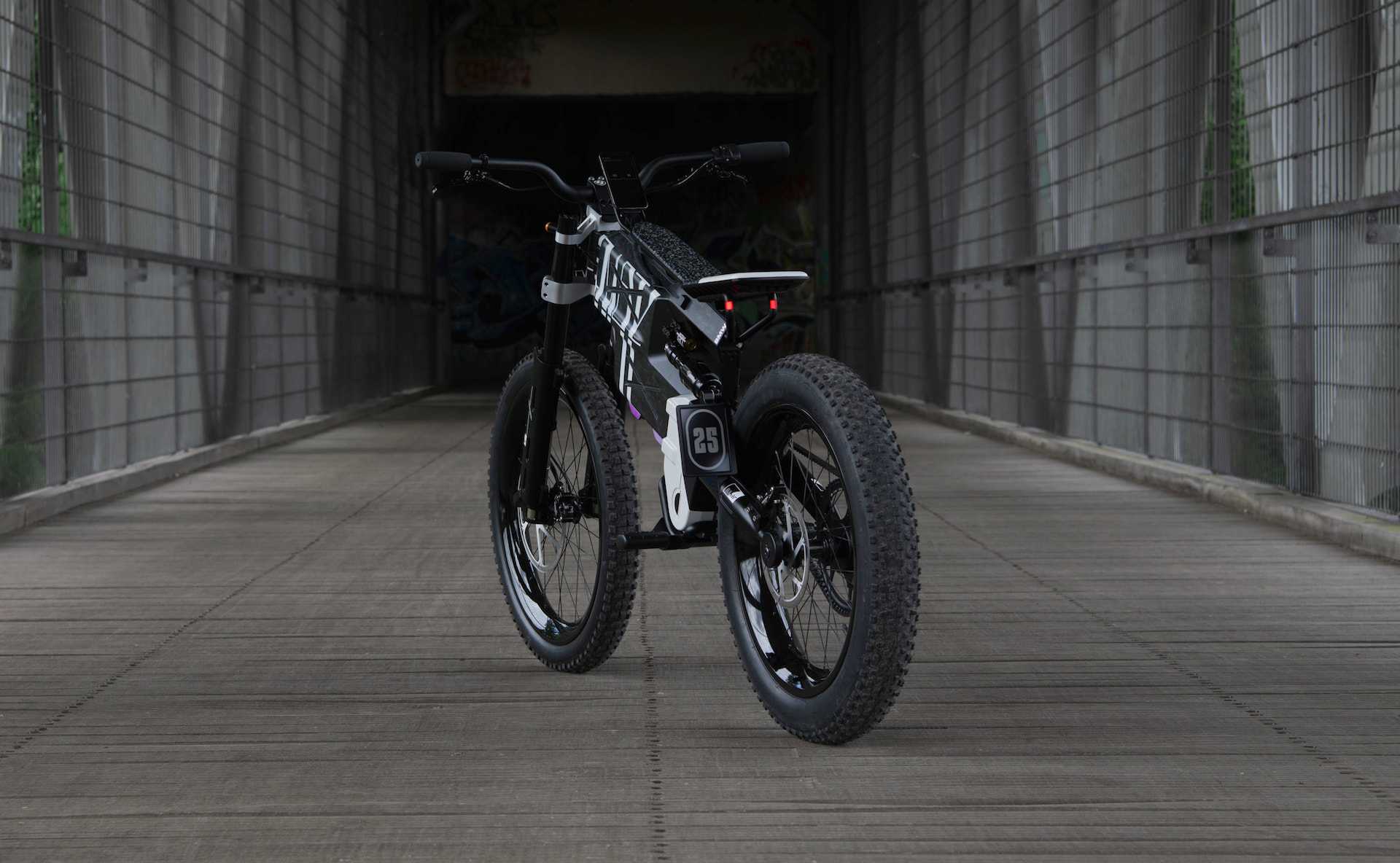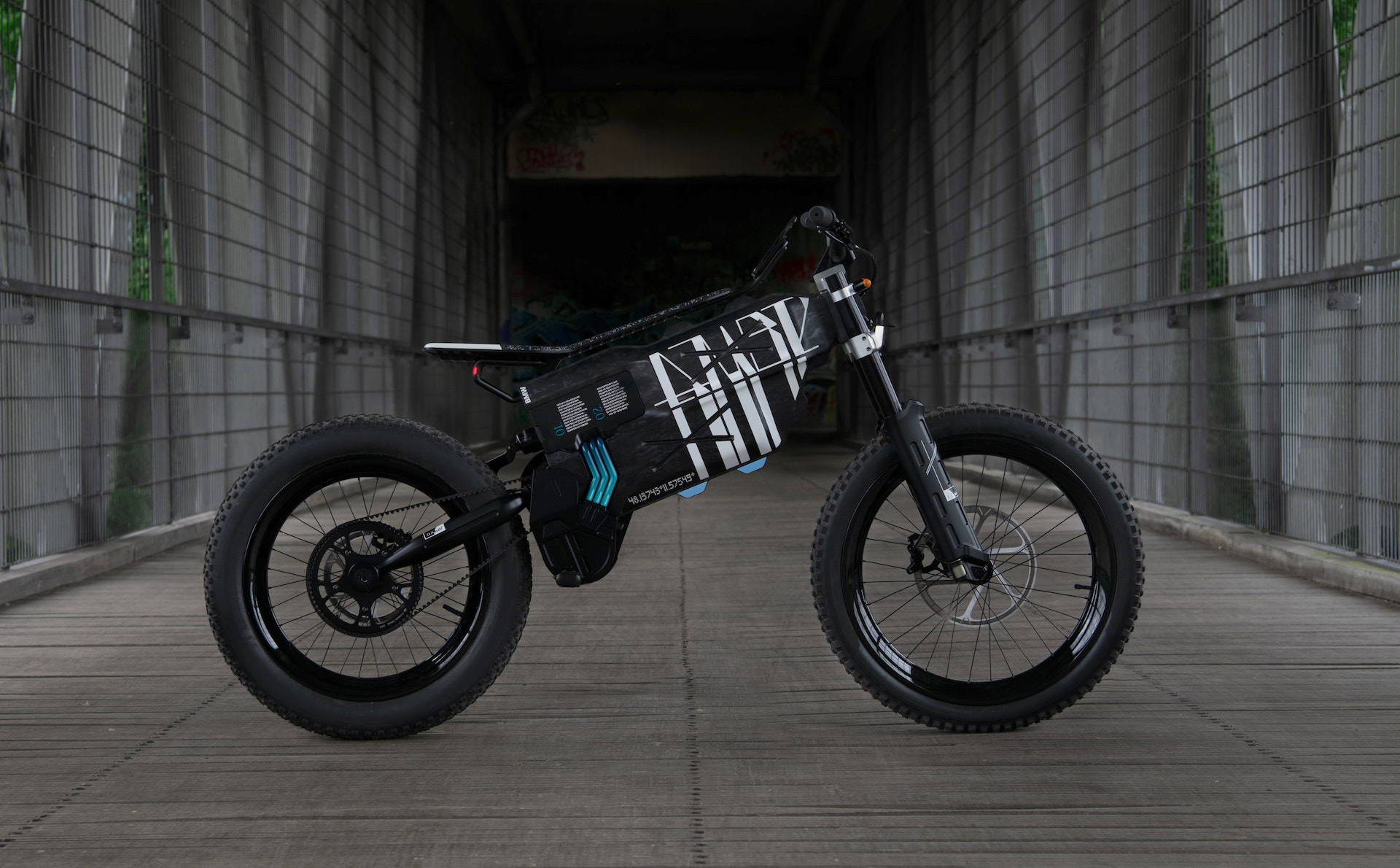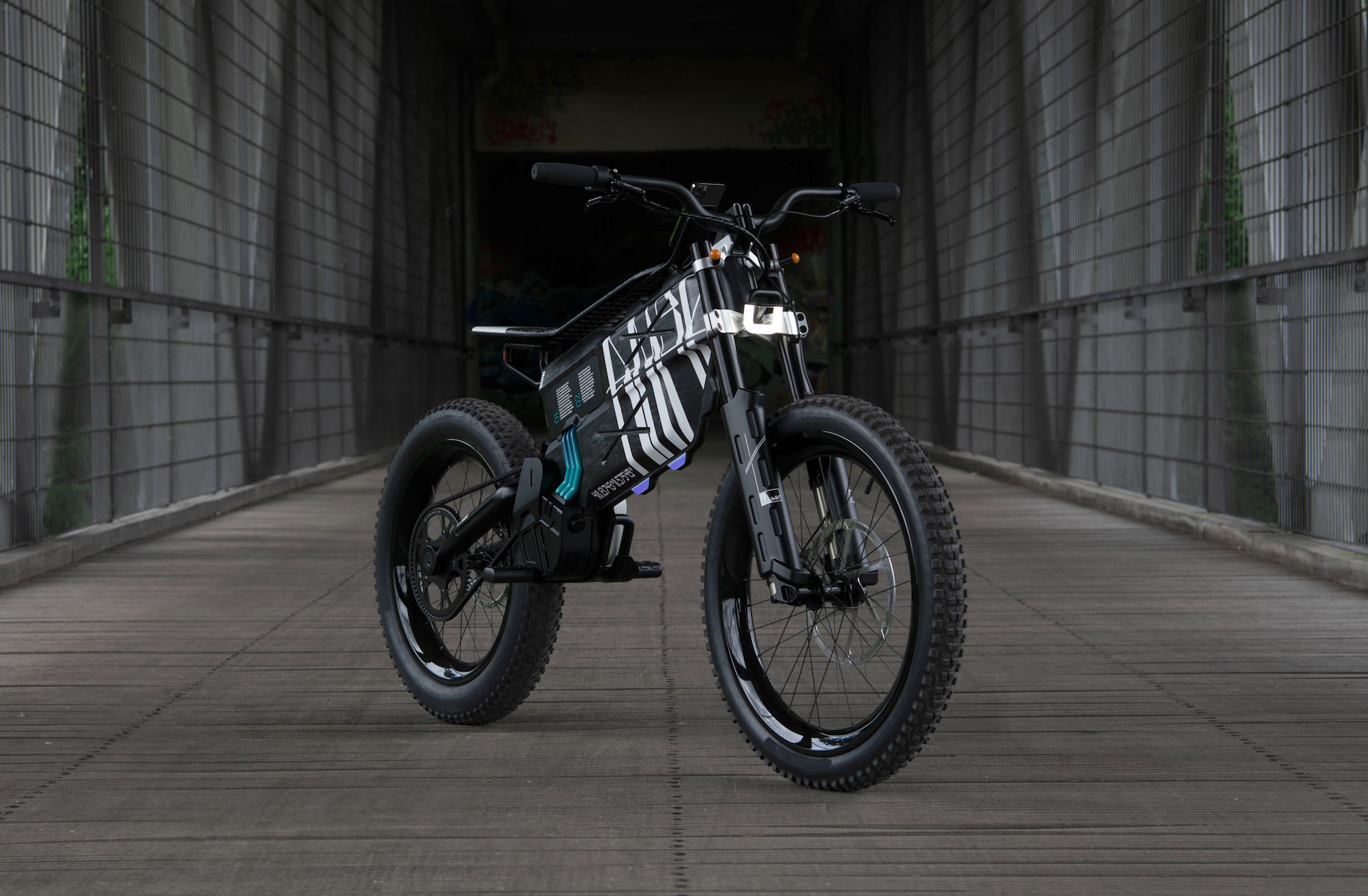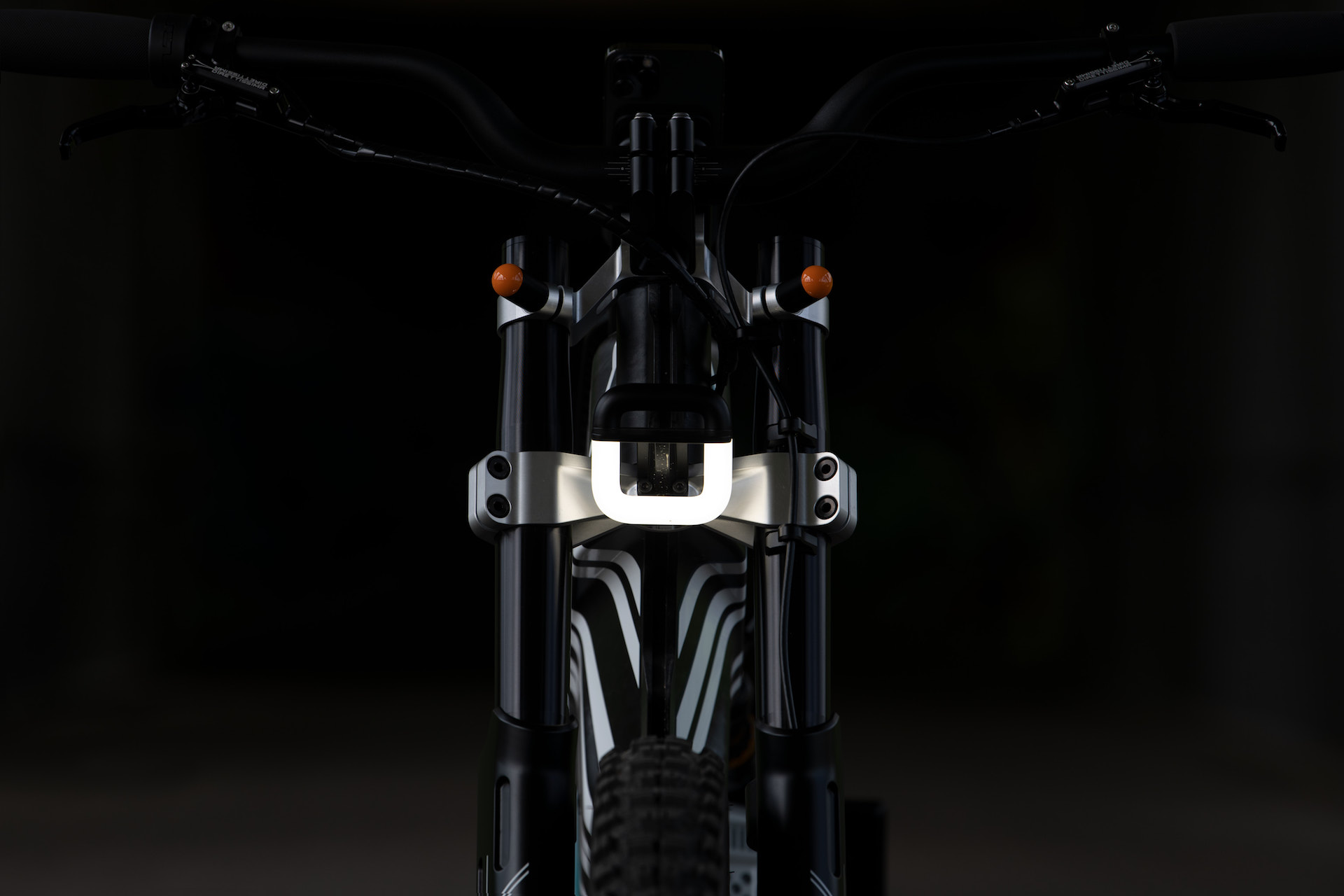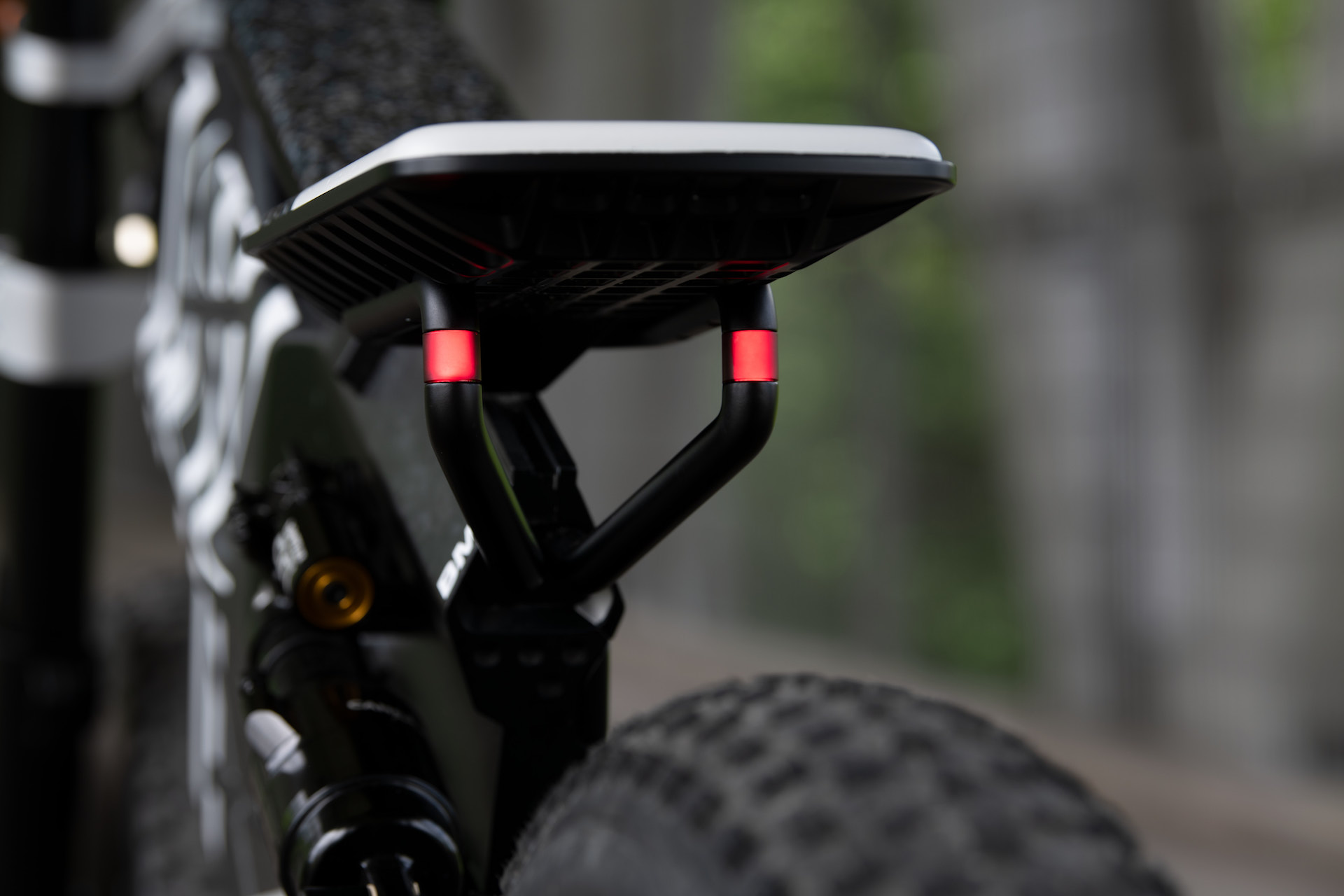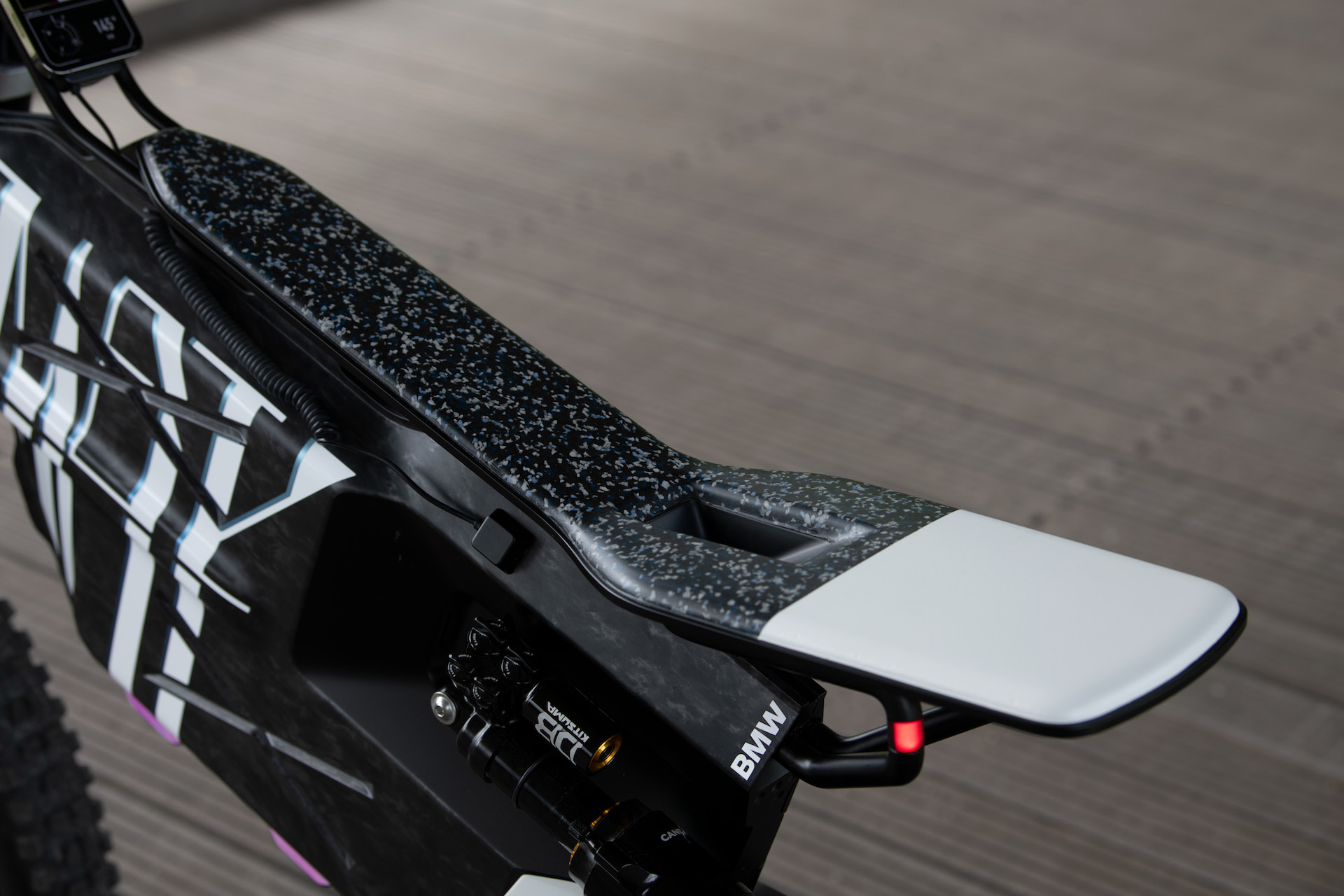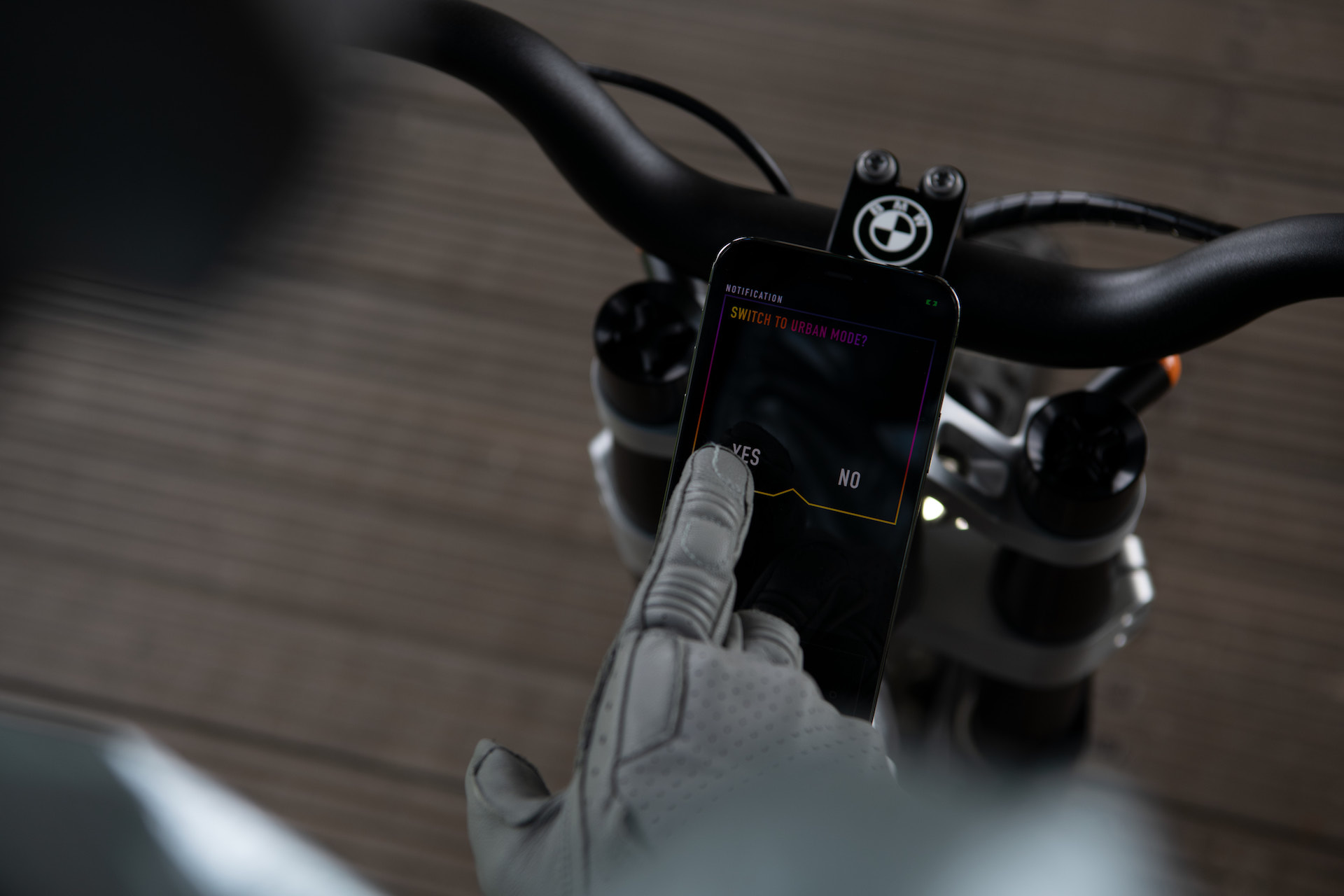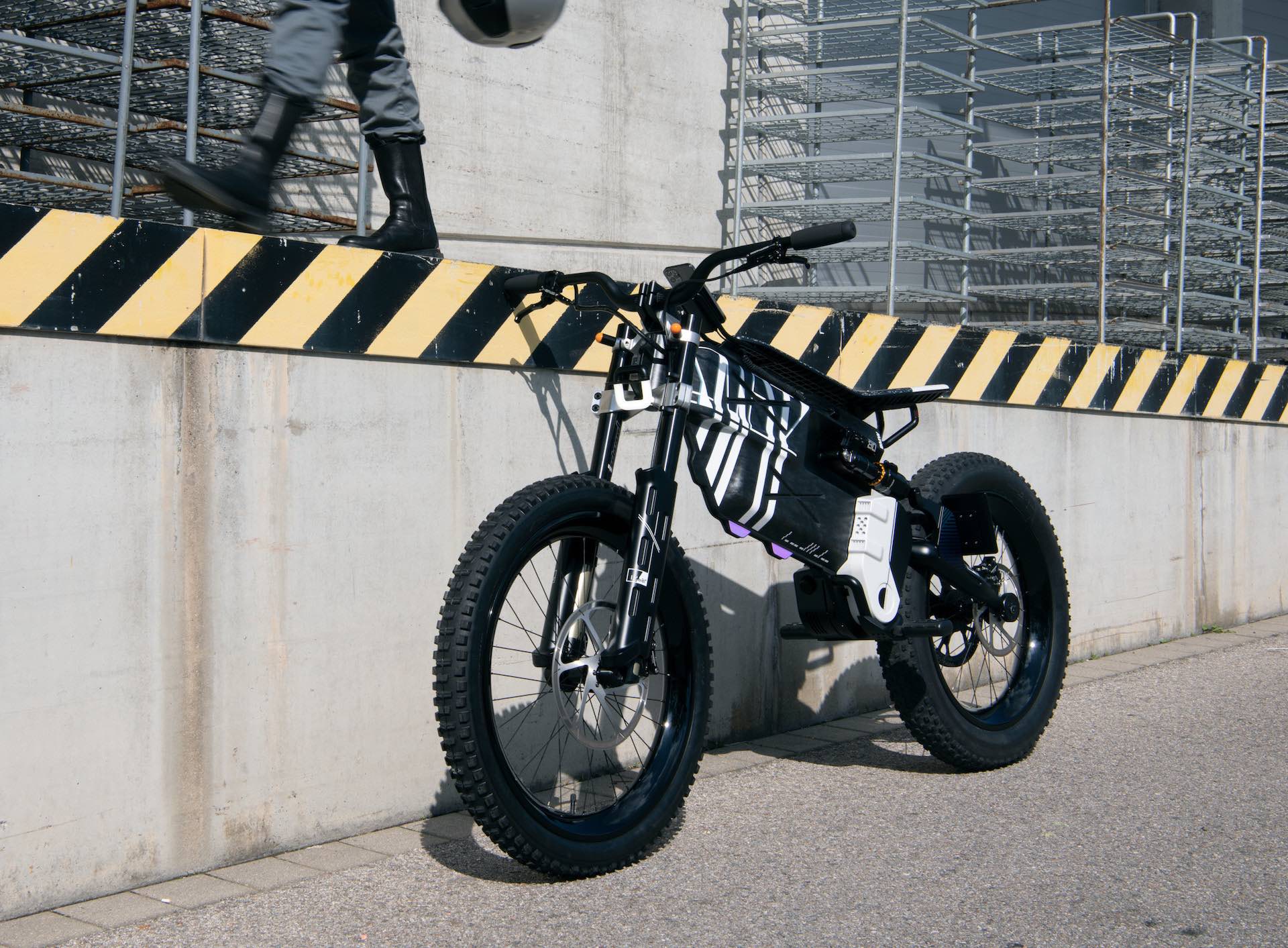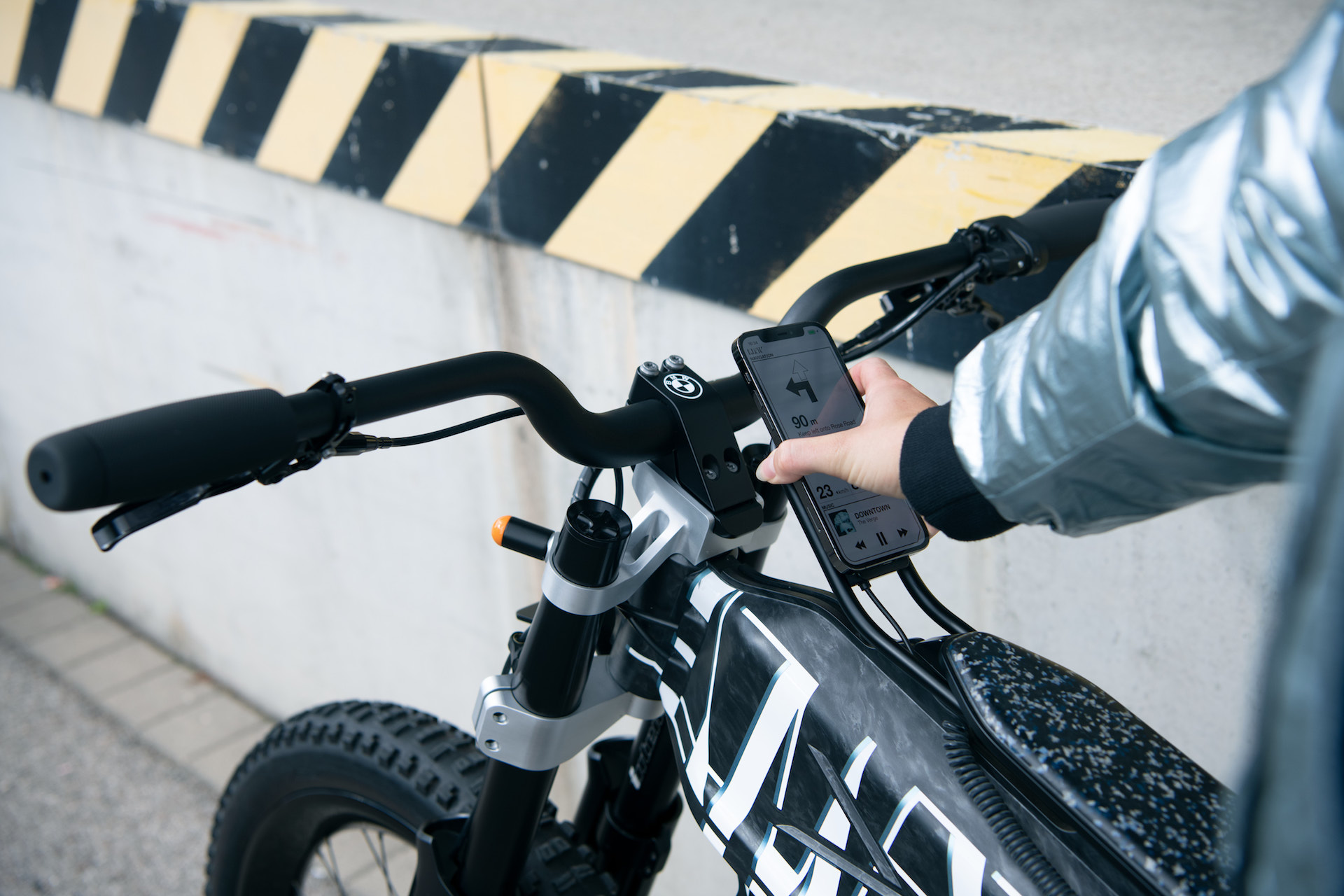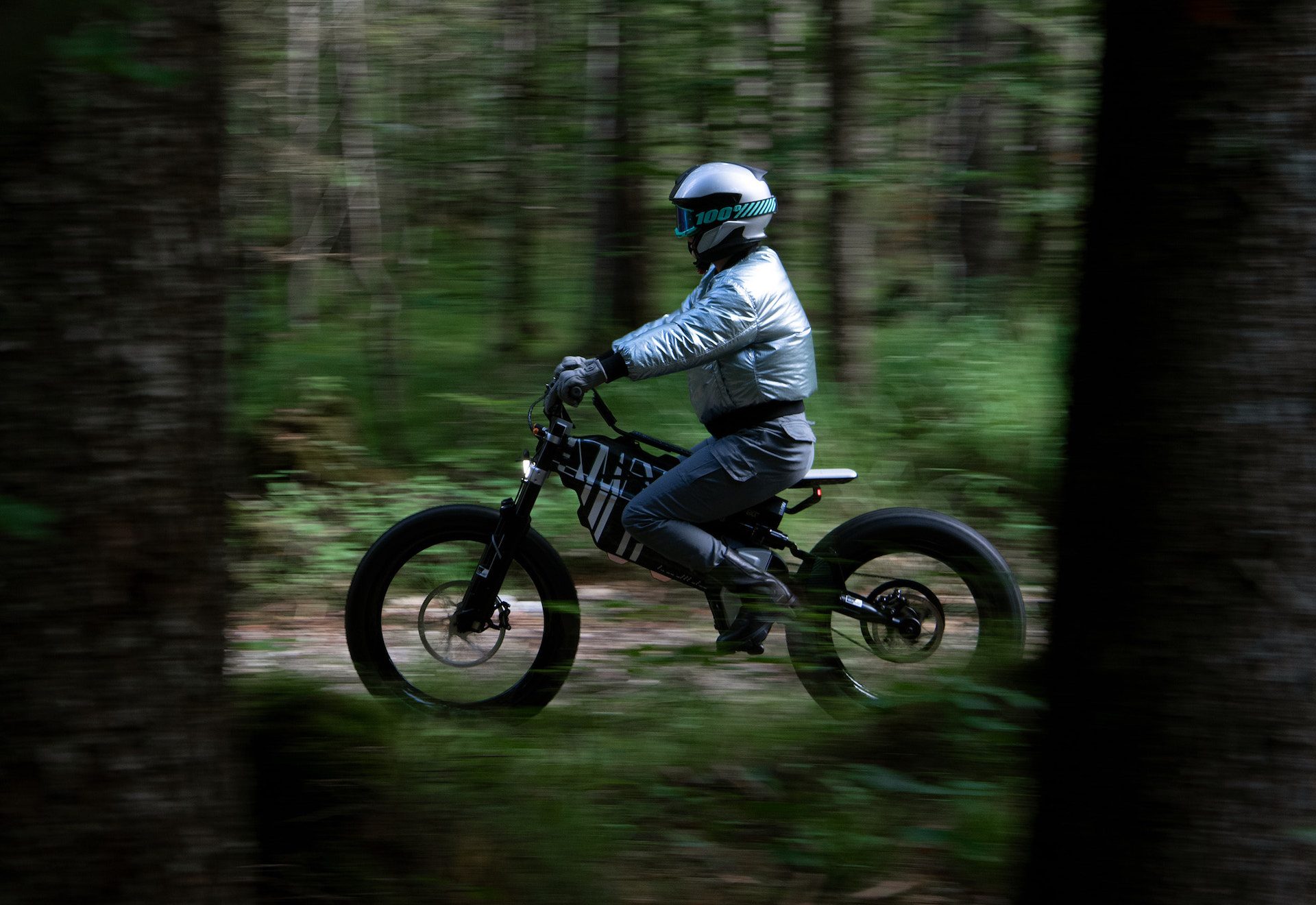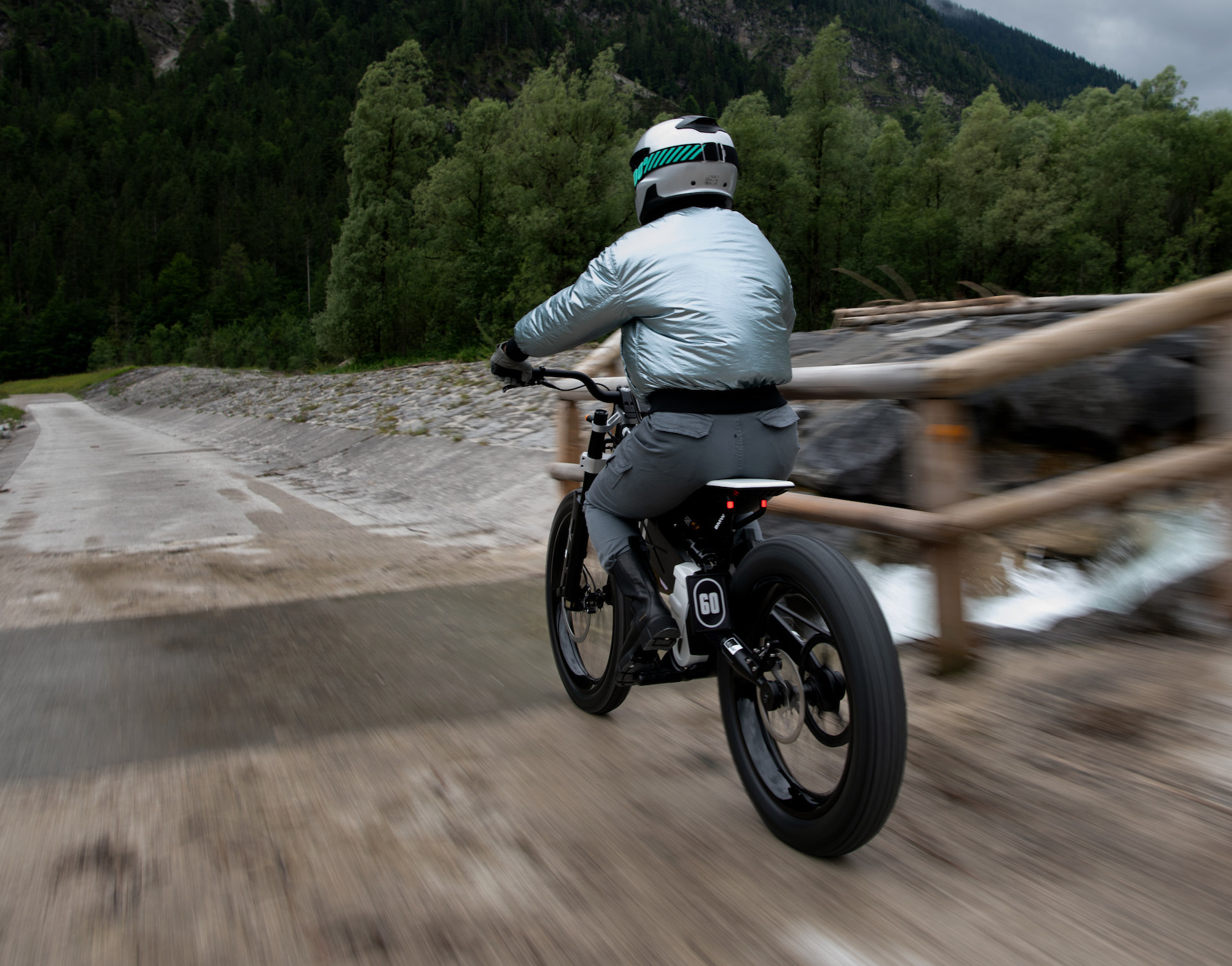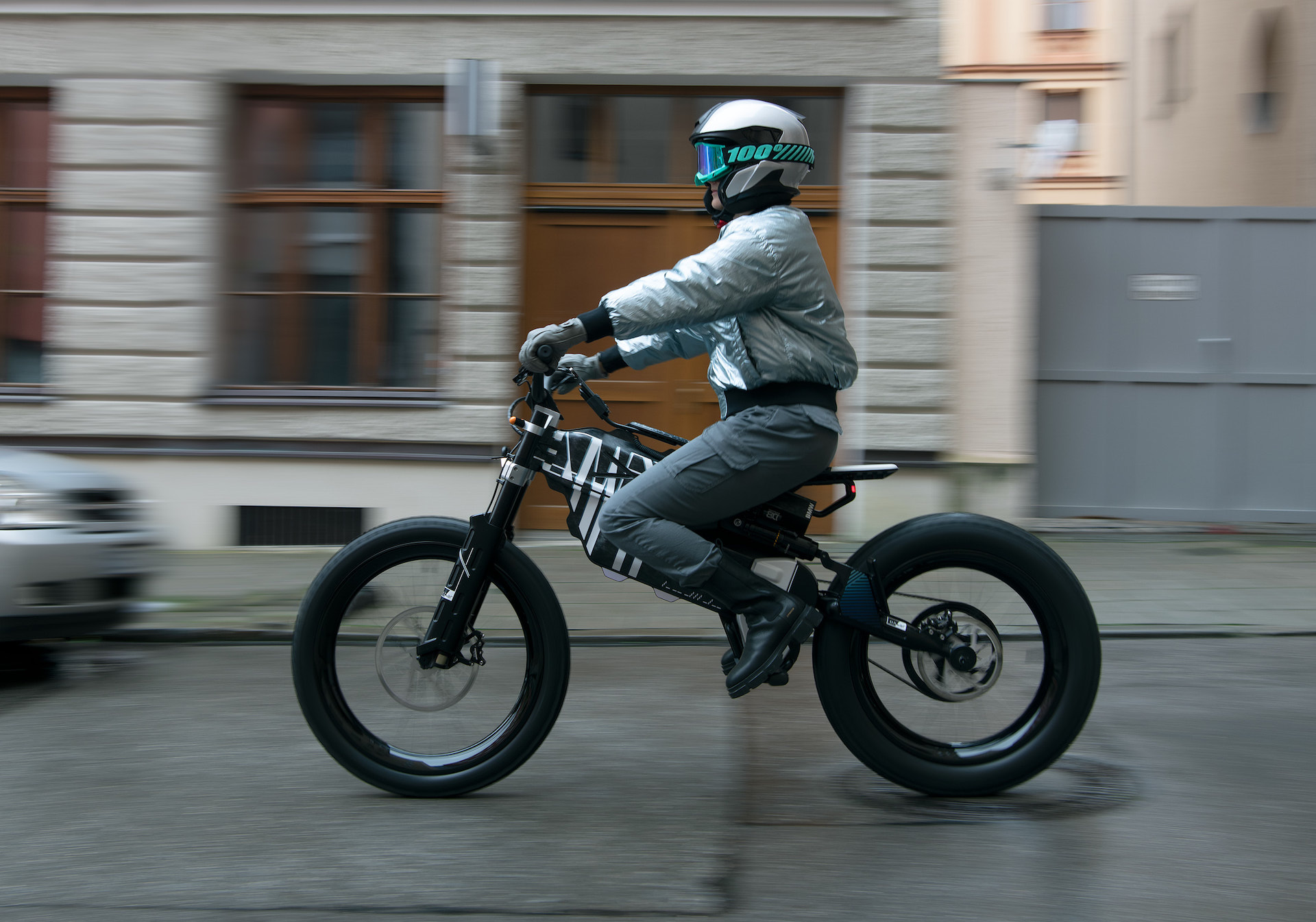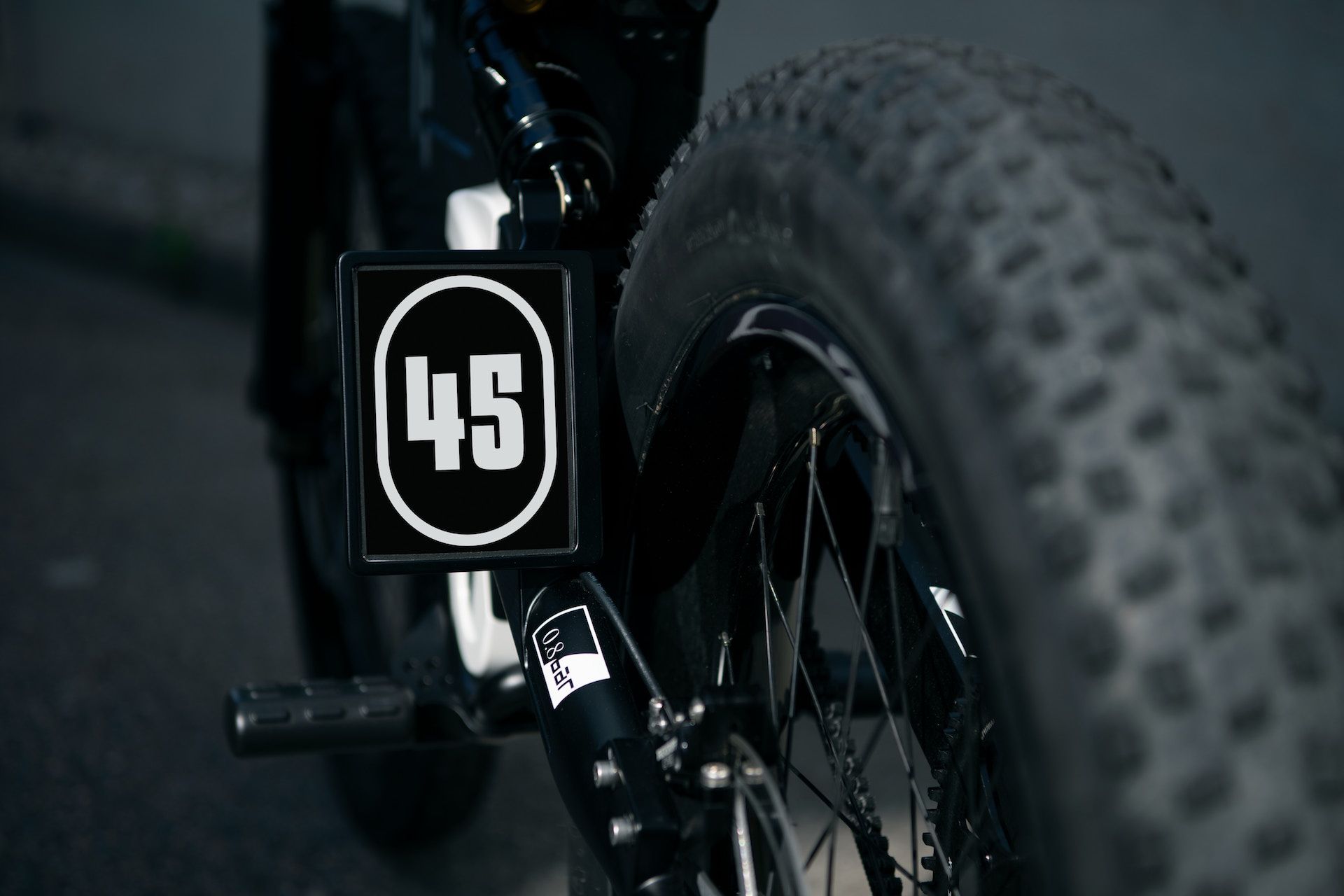This story has been updated with live photos of the two BMW conceptual electric bikes from the Munich Motor Show halls.
BMW’s i Vision Circular city car is Munich’s big news, but the company’s two-wheel designers also have plenty to say about the future of urban mobility.
The i Vision AMBY and BMW Motorrad’s Vision Amby are two different takes on the idea of futuristic e-bikes that blur the boundaries between cycle and motorcycle.
Read: 2021 Munich Motor Show A-Z Debut Roundup
While the chunkier Vision Amby from the Motorrad motorbike division has a traditional motorbike-style twist-grip throttle and foot pegs, the i Vision AMBY is closer to an e-bike and requires users to pedal if they want electrical assistance.
But linking them is a modular speed concept that limits the speed of both depending where they’re being ridden. On cycle paths the maximum permitted is 15 mph (25 k/mh), while up to 28 mph (45 k/km) is allowed on inner city roads. Beyond the city, both bikes are able to stretch their legs to 37 mph (60 k/mh).
Related: BMW i Vision Circular Concept Is An Innovative Totally Recyclable City Car
BMW acknowledges that current laws don’t exist to accommodate this kind of vehicle (e-bikes are limited to 15 mph in Europe), but suggests geofencing technology could be used to automatically control the bikes’ speeds.
The tougher-looking Vision AMBY’s motorcross-inspired design is characterised by chunky off-road tires and a relatively tall 33.9-inch (860 mm) seat height, but at 143 lbs (65 kg) it weighs around a third as much as a conventional motorbike.
But the i Vision AMBY makes even that look tubby thanks its 66 lbs (30 kg) curb weight. Crafted from recycled metals, the i Vision AMBY features a single-sided swingarm and (120 mm) of suspension travel at each wheel.
BMW Motorrad hasn’t revealed the battery capacity of its AMBY, but the pedal-assist version comes with a 2000 Wh battery in center of the frame that is good for up to 186 miles (300 km) of range, depending on the riding mode. And whether your legs are up to it, of course.
Both machines rely on a smartphone app to work as a digital key, allowing the rider to start the bikes and hold license and insurance details where necessary. Neither bike is in production form, but you can bet you’ll be able to buy something similar within the next years or so.





